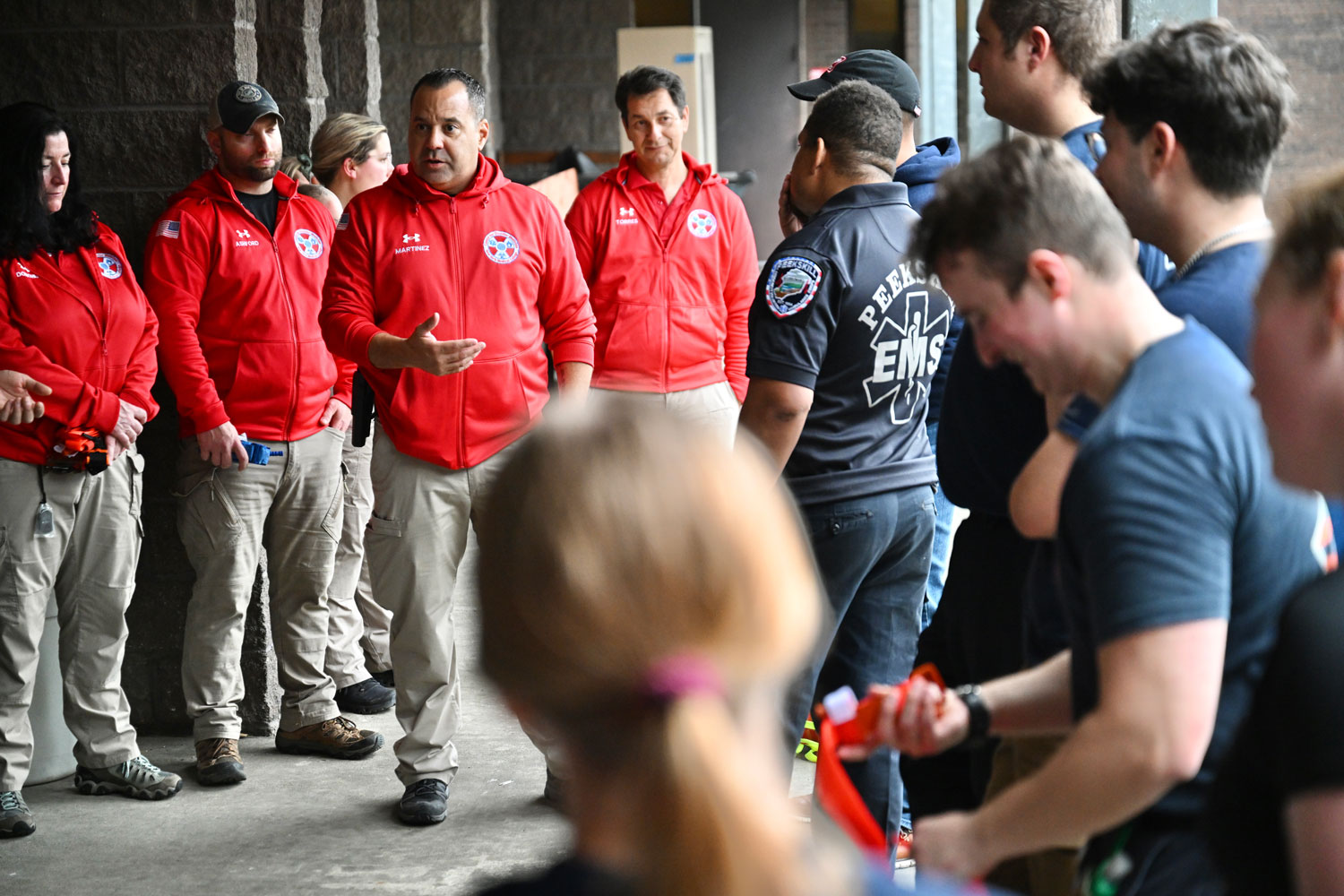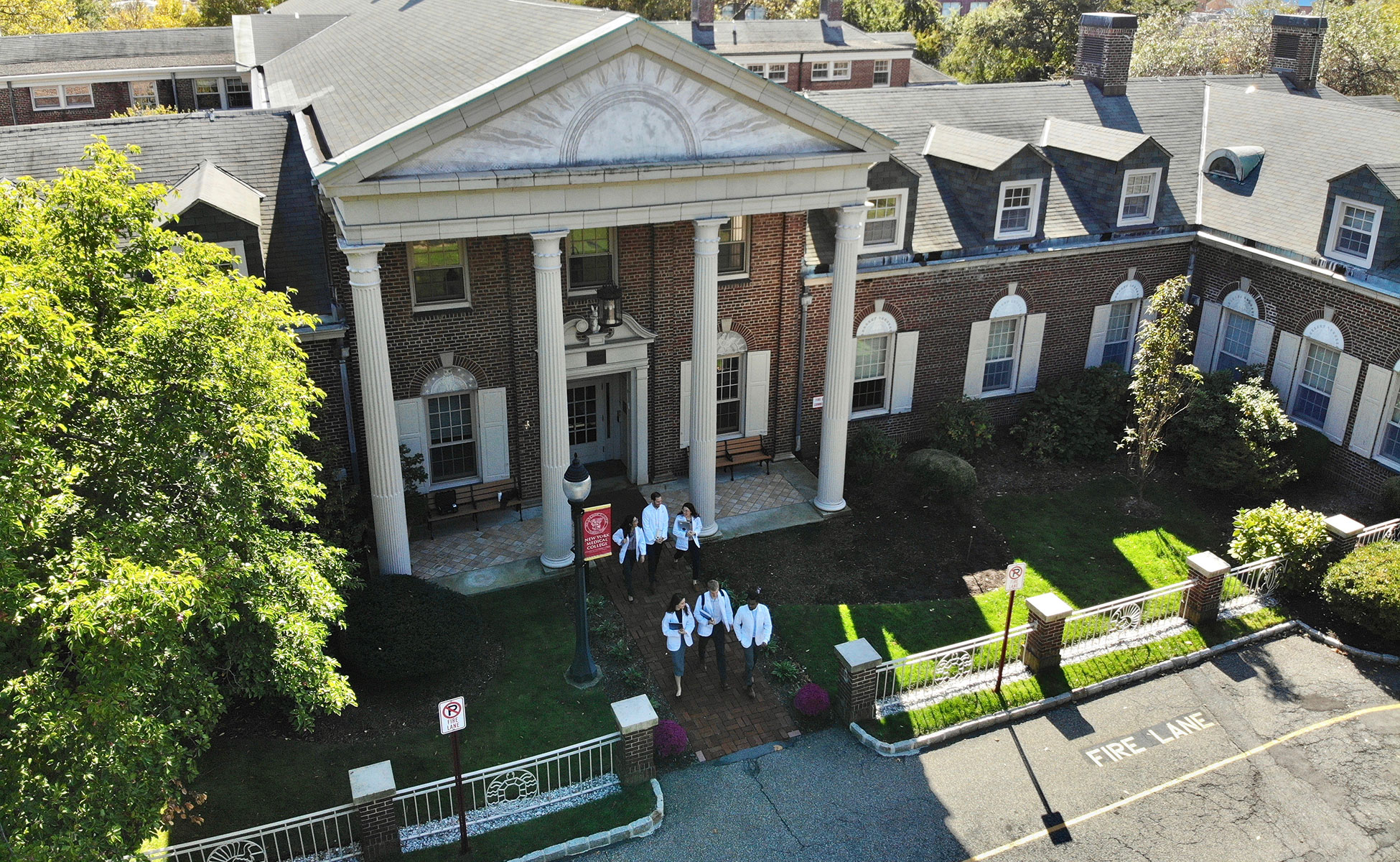Key milestones from our origins in 1849 to the present.
1849
A meeting of the minds
New York Medical College traces its history back to when the founders of the Hahnemann Academy of Medicine (organized in 1848) and the New York County Homeopathic Society (organized in 1834) collaborated for the sole purpose of establishing a medical college in New York City. The first meeting, held at the office of local physician John Augustus McVickar, M.D., took measures to obtain a charter for a new medical college. Among others present are: son of noted universities of Glasgow and Edinburgh (UK) physician and New York Evening Post (known today as The New York Post) editor and poet William Cullen Bryant, who is a harsh critic of city sanitary conditions and proponent of homeopathy; telecommunications pioneer Cyrus W. Field; A. Oakey Hall, later New York mayor; Columbia Law School’s founding dean, Theodore William Dwight; and Free Academy of the City of New York founding president, Horace Webster.
1860
A charter is granted
On April 12, 1860, William Cullen Bryant, at the age of 66, along with a small cohort of some of New York City’s leading citizens, is granted a charter for a new medical college, “The Homeopathic Medical College of the State of New York in New York City.” The College was an outgrowth of the Hahnemann Academy of Medicine and the New York County Homeopathic Society of which Bryant had been the Society’s president in 1841.
Media credit: Matthew Brady
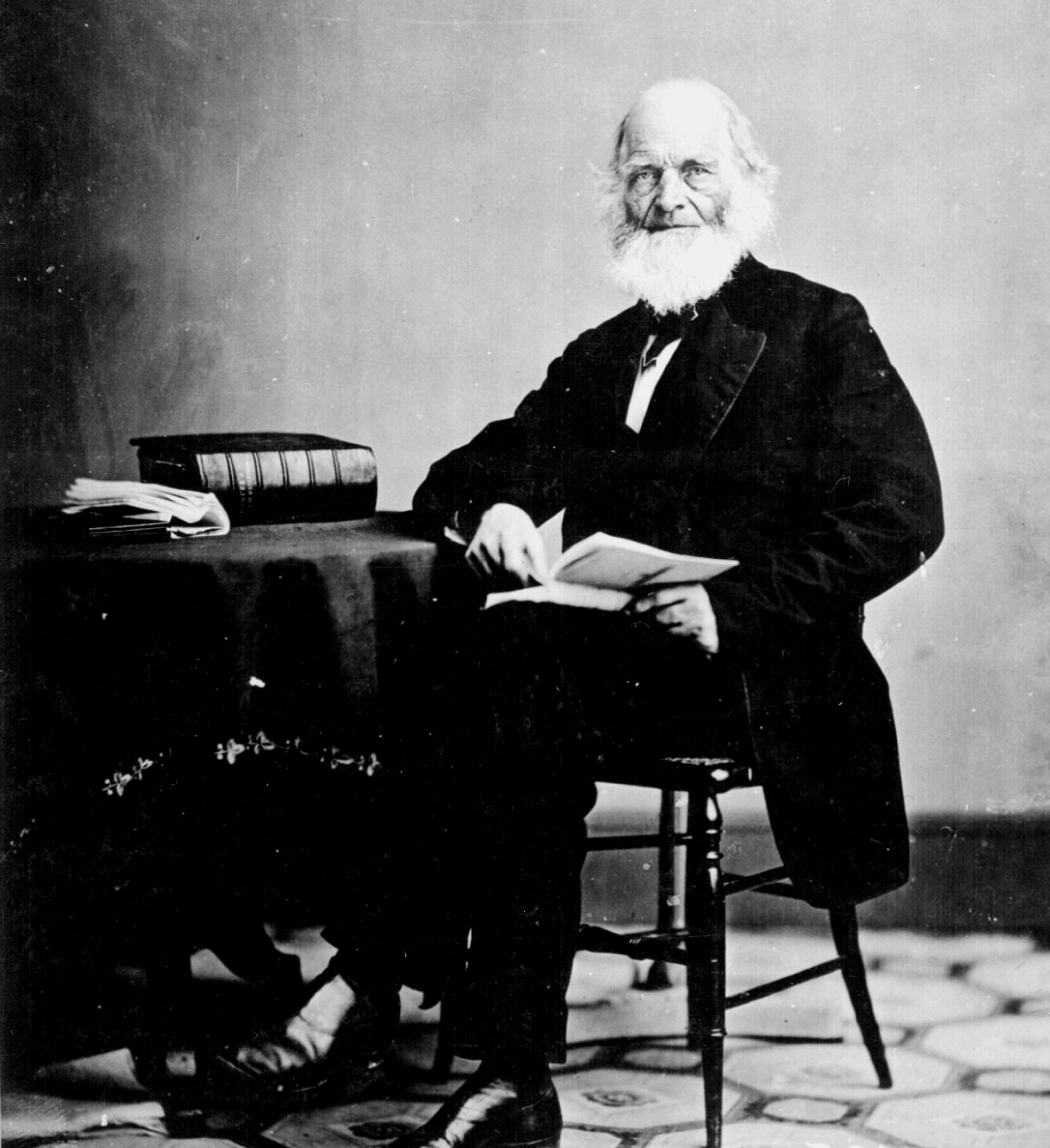
1860
The first leaders
Jacob Beakley, A.M., M.D., serves as the first dean of the College, and New York Mayor (1858-1860) Daniel F. Tiemann becomes president of the Board. William Cullen Bryant himself begins a 10-year term as president of the Board two years later.
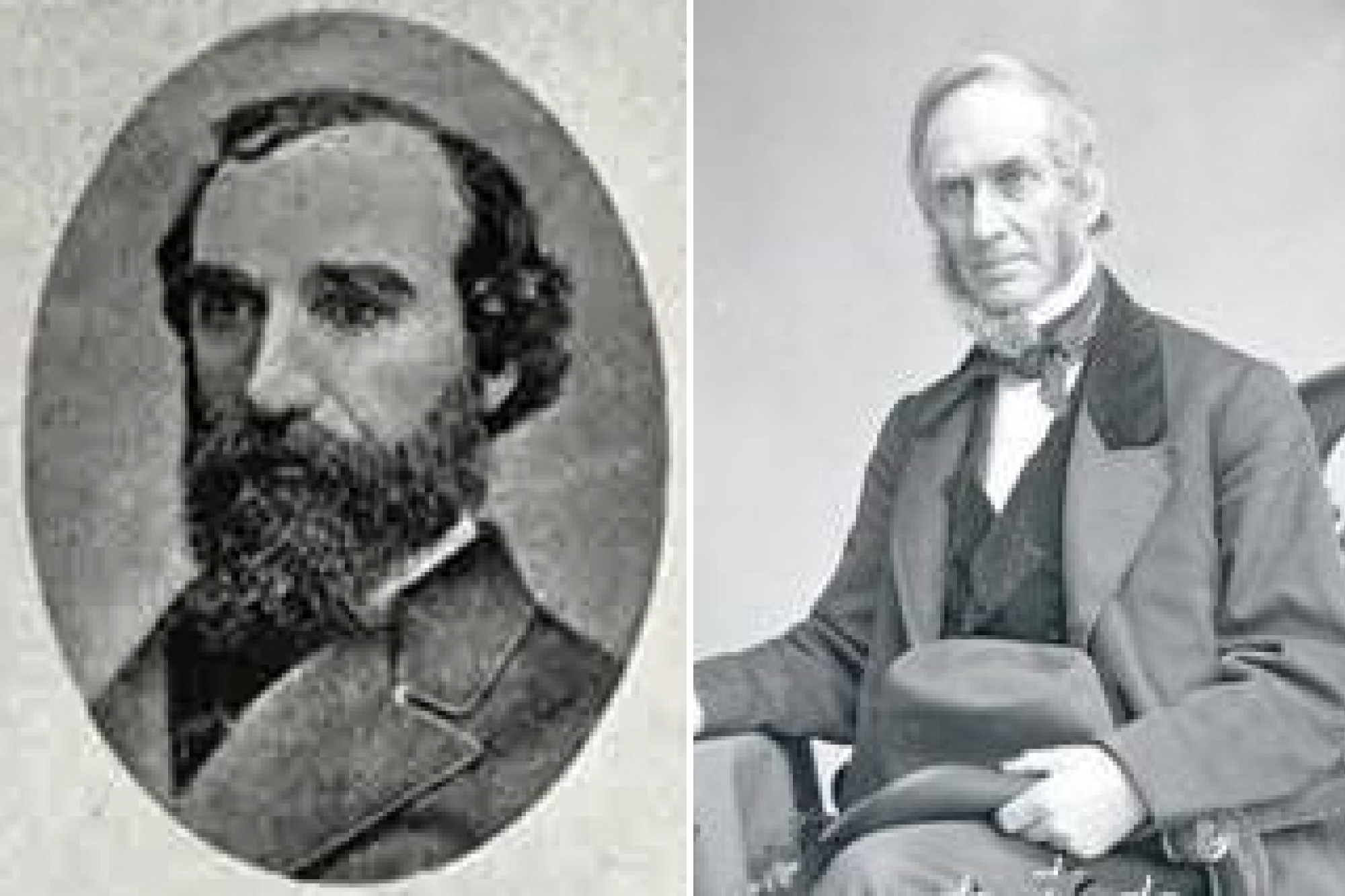
1860
The official start of class
59 students begin their studies with 8 faculty members on the upper three floors of 151 East 20th St (a few houses away from the home of the College’s first dean, Jacob Beakley, A.M., M.D.), at the corner of Third Ave in the Gramercy Park neighborhood in the New York City borough of Manhattan. The only other medical schools in New York City at the time are University Medical College and the College of Physicians and Surgeons.
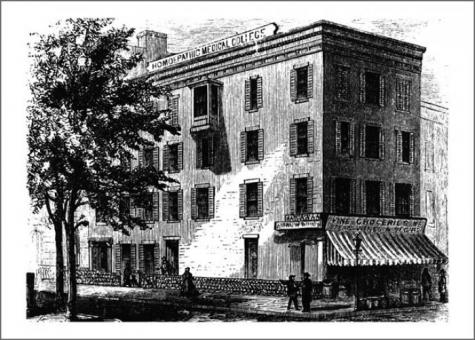
1863
A college for women
As New York State barred women as physicians in hospitals, a separate but related institution, known as the New York Medical College for Women, is founded by Clemence Sophia Lozier and staffed and supervised by the College’s male faculty. Maria C. Ewen serves as first president of the women’s college board.
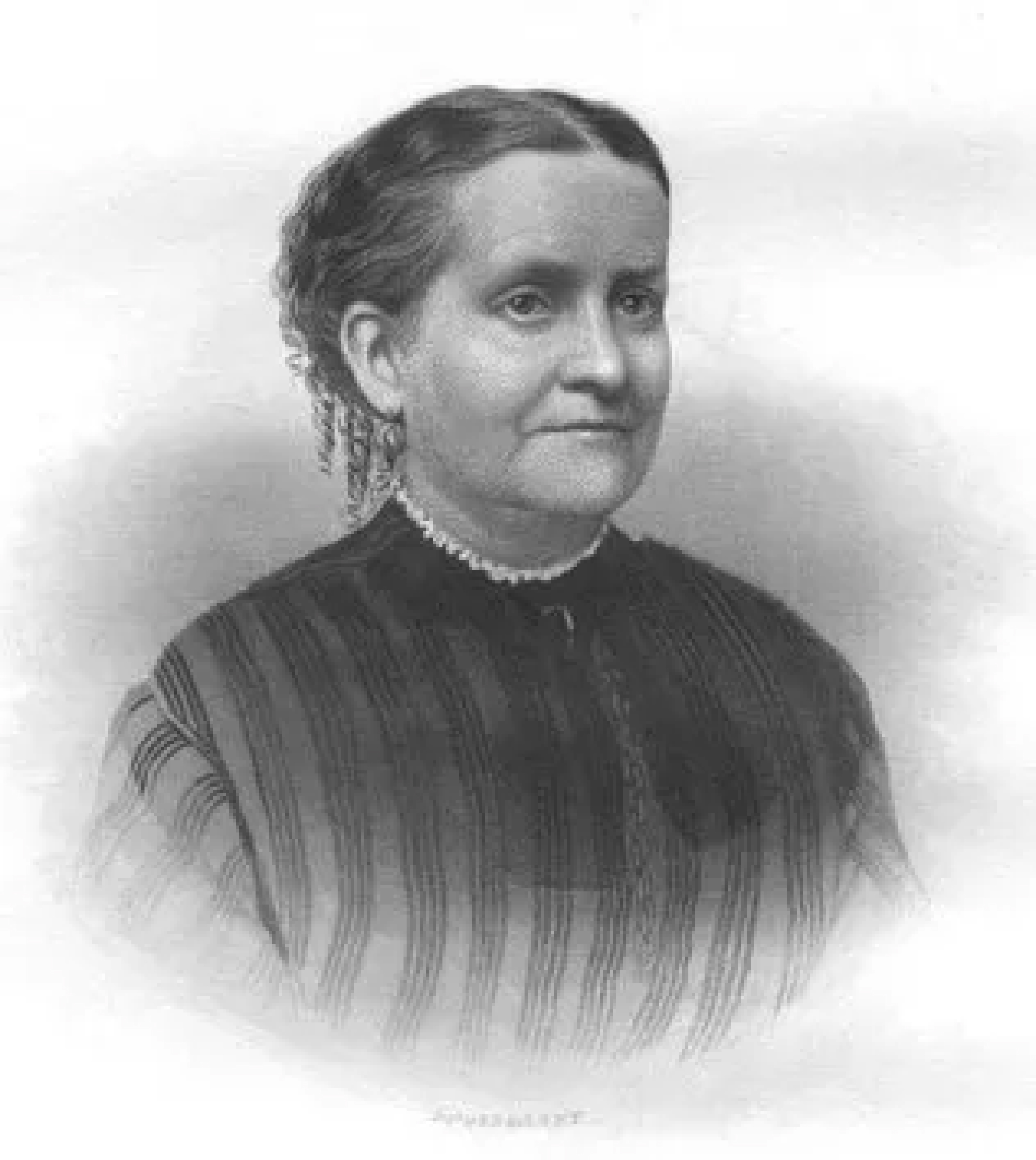
1865
Future university president
Although a year shy of being eligible to receive the Doctor of Medicine degree, 20 year old Ira Remsen, Class of 1865, presents his final thesis to founding dean Jacob Beckley, M.D. and the rest of the Board. It was motioned that a degree be awarded to Remsen, but that “the diploma be withheld by the faculty until such time as he should attain proper [21 years of] age.” Ira Remsen goes on to attend the College of Physicians and Surgeons, and in 1876, he is appointed as one of Johns Hopkins University’s five original faculty members. Ira Remsen, M.D. is eventually appointed as the second president of Johns Hopkins University (Sept. 1901–Jan. 1913).
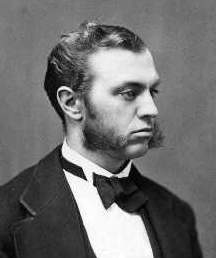
1867
First female Canadian physician
New York Medical College for Women graduates the first female Canadian physician, Dr. Emily Stowe, who had previously been refused admission to every medical school in her native Canada.
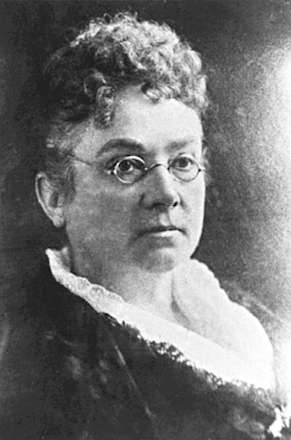
1869
The first renaming
The College trustees amends the charter to rename the school as “The New York Homeopathic Medical College.”
1870
Susan McKinney Steward, M.D.
The first African American female physician in New York State, and the third in the nation, graduates valedictorian from New York Medical College for Women.
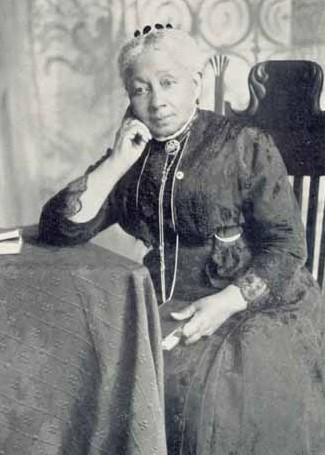
1872
The College mourns the passing of its first dean
Serving for 10 years as the College’s first dean, Jacob Beakley, M.D., dies at the age of 60, just two years after retiring as dean of the College.
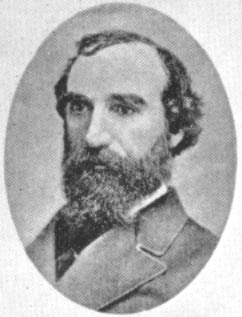
1872
The first move
The College relocates three blocks away to Third Ave and East 23rd St, sharing space with the New York Ophthalmic Hospital.
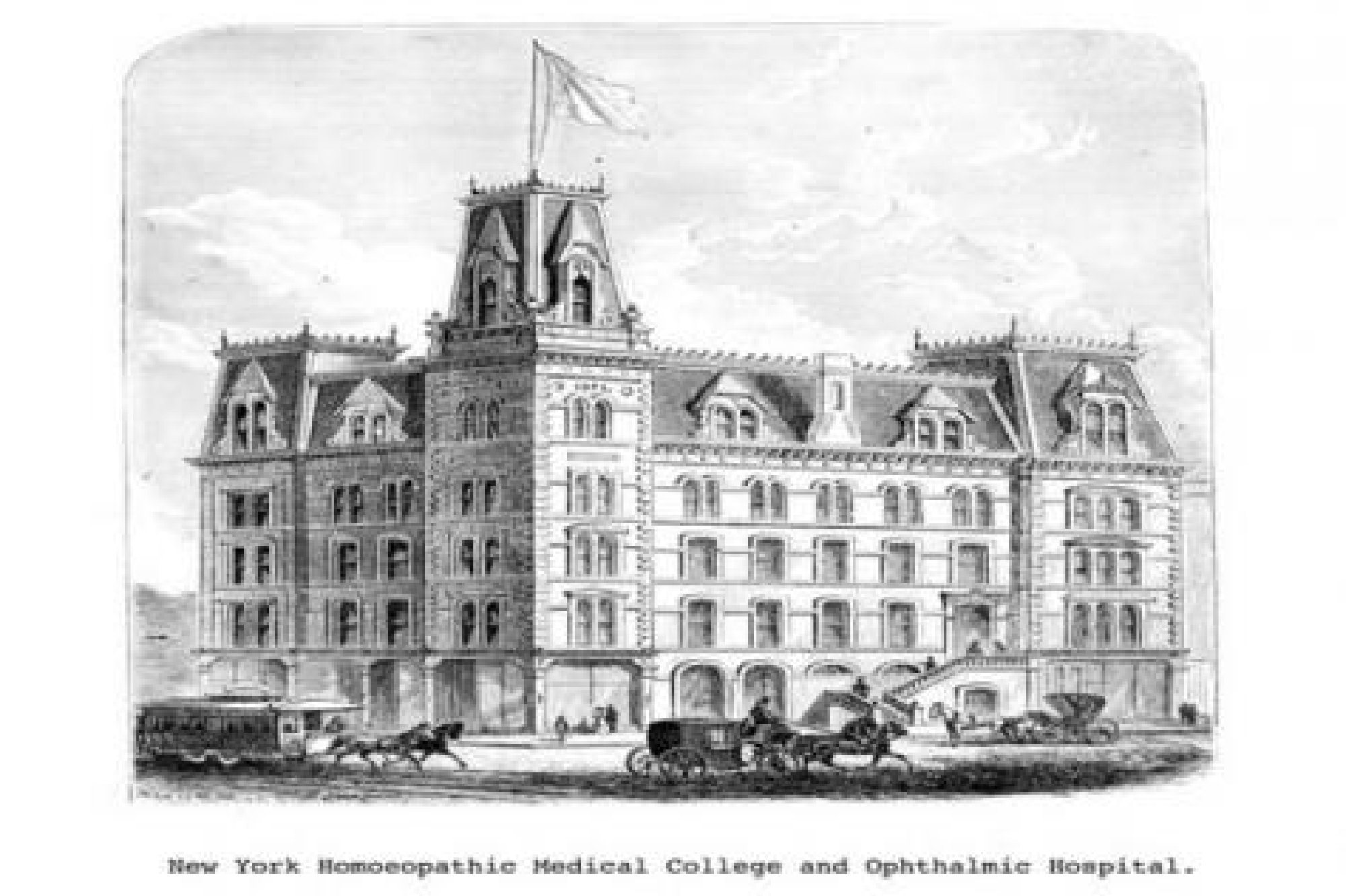
1875
Metropolitan
The Ward's Island Homeopathic Hospital, predecessor of the modern Metropolitan Hospital, is established by the City of New York. From its founding, the hospital is closely associated with New York Medical College, with a medical board and house staff consisting mostly of NYMC faculty and alumni. M.D. students at the College take an an East River ferry boat to their clinical rotations at the hospital. In 1894, the hospital relocated to Roosevelt Island and was renamed Metropolitan Hospital, and since 1957 it has been located in Manhattan. The 150-year association between NYMC and Metropolitan is the longest continuing affiliation between a medical school and a municipal hospital in the United States.
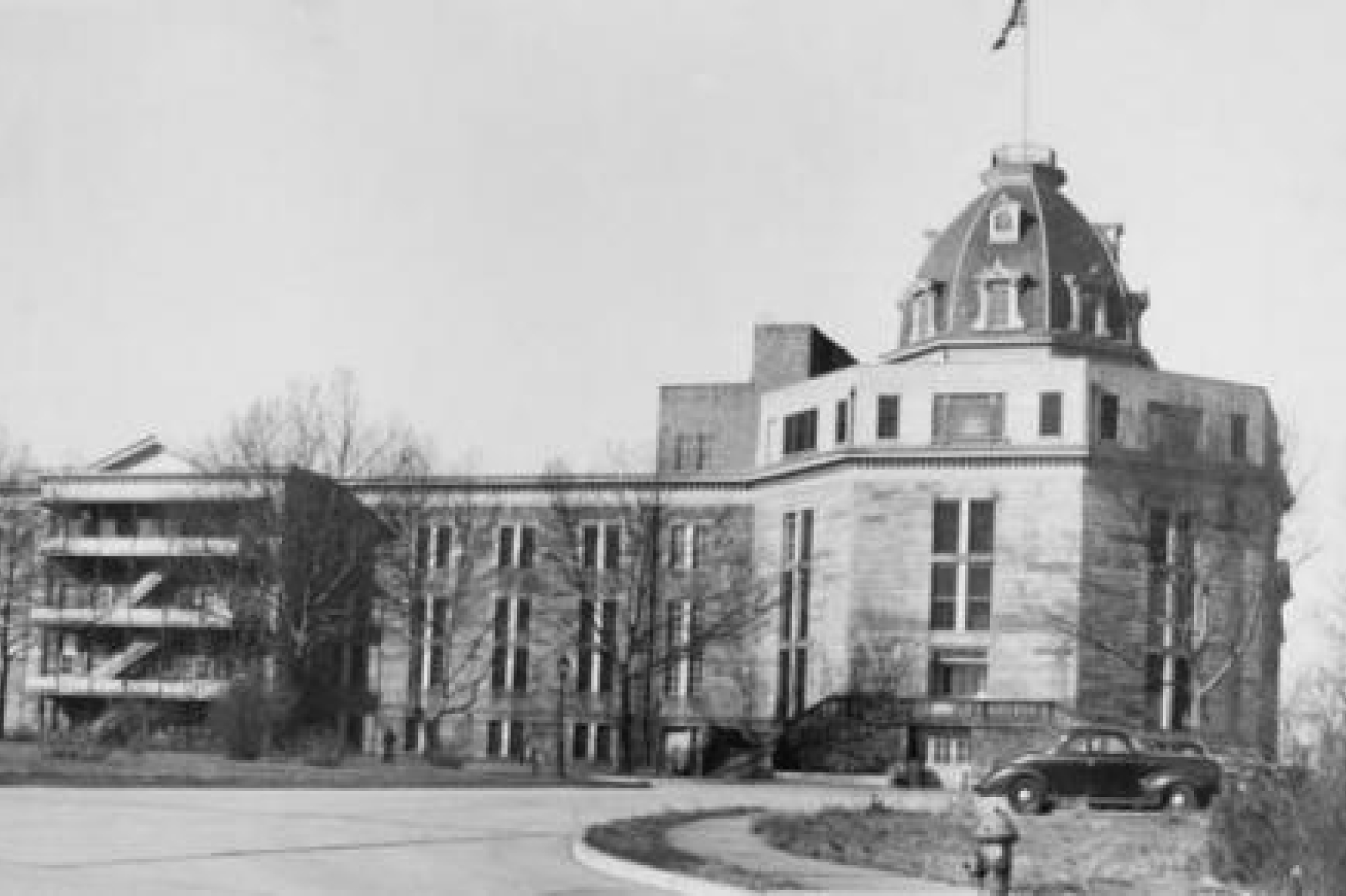
1878
Founding father passes
William Cullen Bryant, one of the leading College co-founders, dies at the age of 83.

1884
First issue of the Chironian
Students of the College publish the first issue of the Chironian Journal (now the Chironian Magazine printed by the Office of Public Relations). It is named after Chiron, noblest of the centaurs of Greek mythology, who gave humans the knowledge of herbs and plants. He also raised Aesculapius and instructed him in the art of healing.
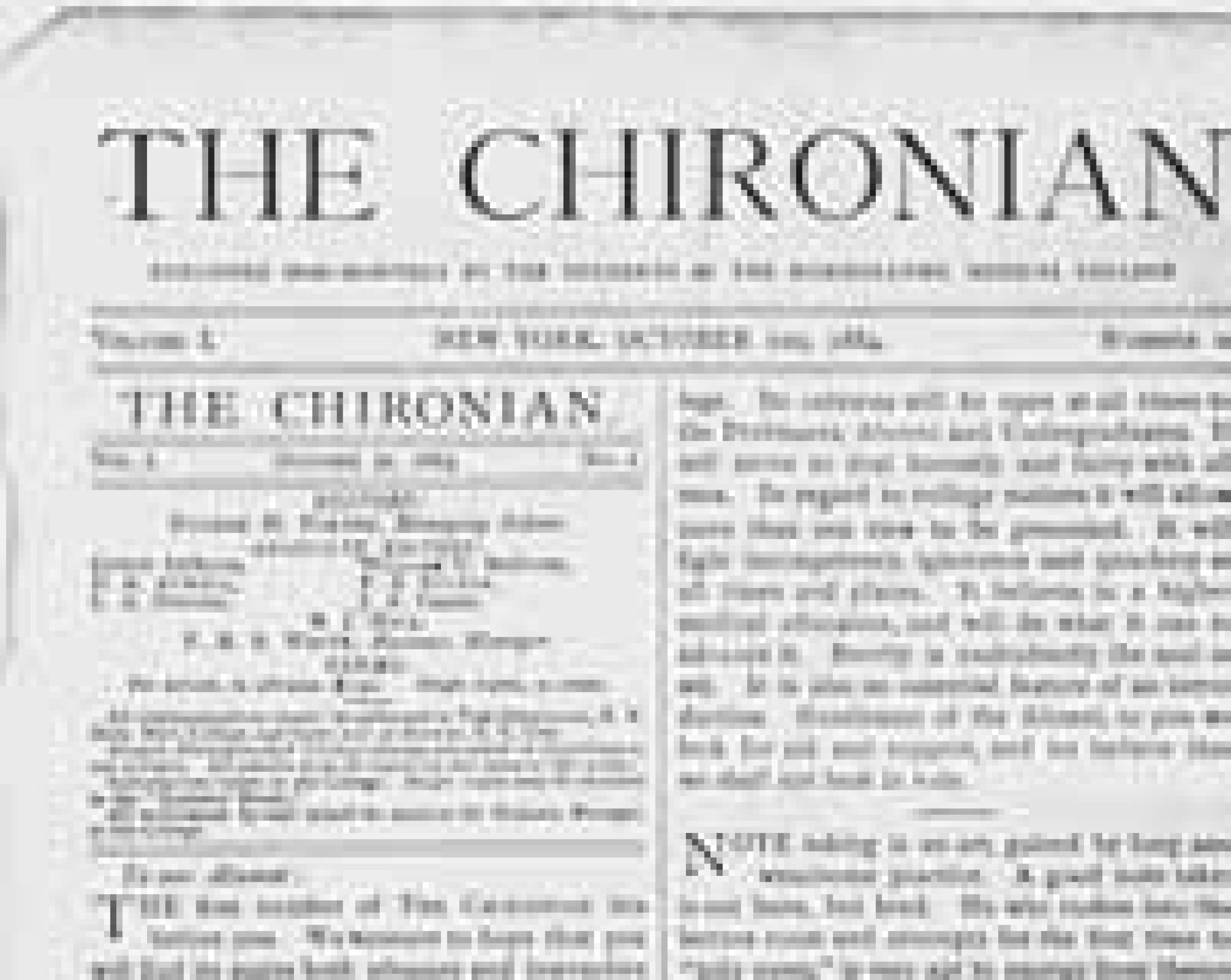
1887
The second name change
In an effort to build its very own hospital, the College charter changes along with a new name: “The New York Homeopathic Medical College and Hospital.” The following year, the cornerstone of the College’s new academic home and upcoming hospital is placed.
1888
First black male student graduates
Alonzo Potter Burgess Holley, a Haitian émigré and a graduate of the University of Cambridge, becomes the first black student to graduate from the College, later becoming the Haitian Consul to the Bahamas.
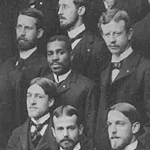
1890
First to open its own hospital
The Flower Free Surgical Hospital opens in Manhattan, making the College the first medical school in the United States to own a hospital. It is constructed at present-day York Ave (formerly known as Eastern Blvd) between 63rd and 64th streets with funds given largely by Congressman Roswell P. Flower, later governor of New York (1892-1894). This eventually serves as the model, a few years later, for other medical school-owned hospitals. In 1908, to highlight owning it’s own hospital “Flower Free Surgical Hospital,” the College changes its name a third time to “New York Homeopathic Medical College and Flower Hospital.”
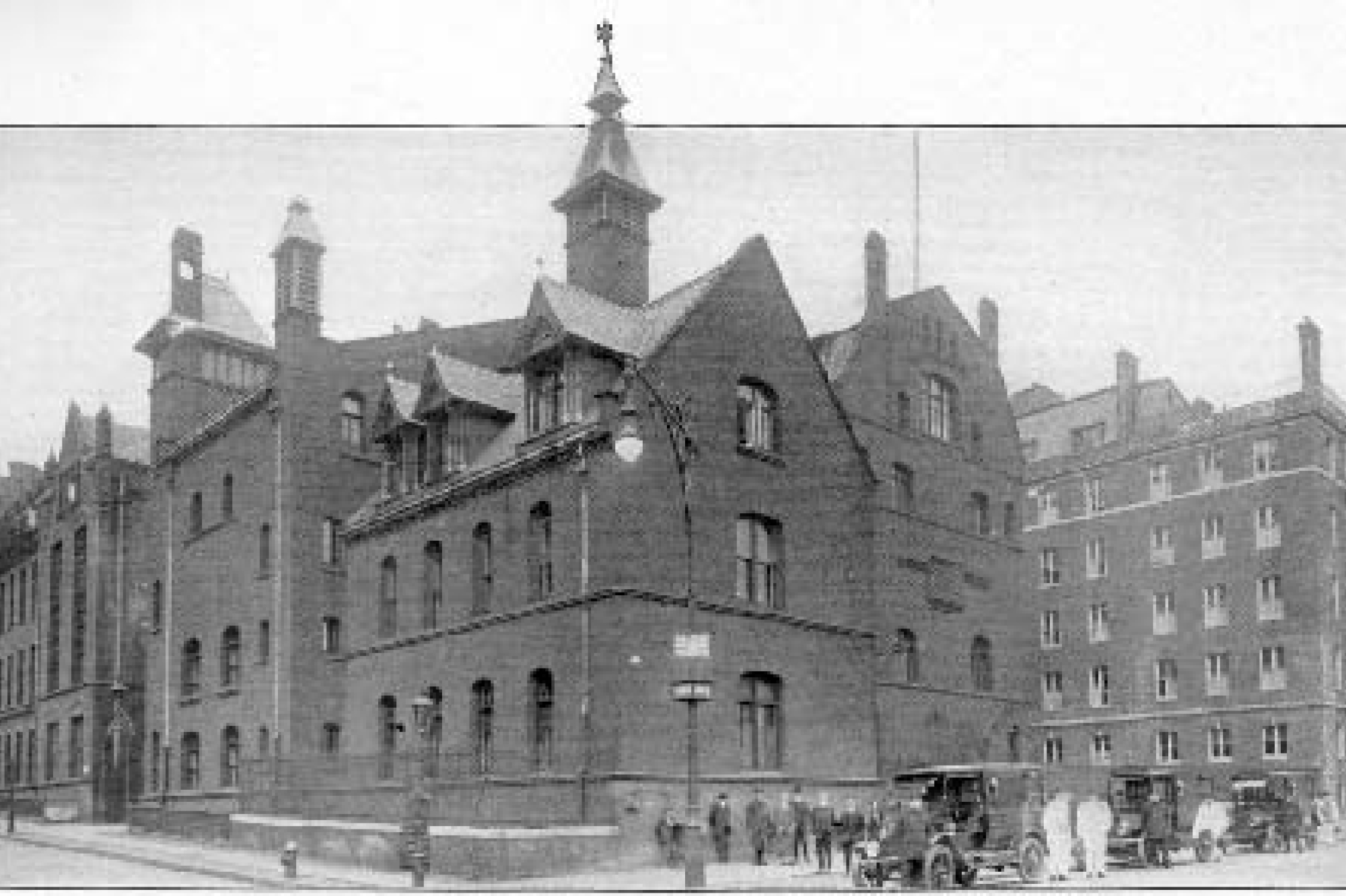
1909
Iron horses
The hospital adds motorized ambulances to supplement horse-drawn ambulances after the first U.S. mass production of automobile-based ambulances begins production the same year.
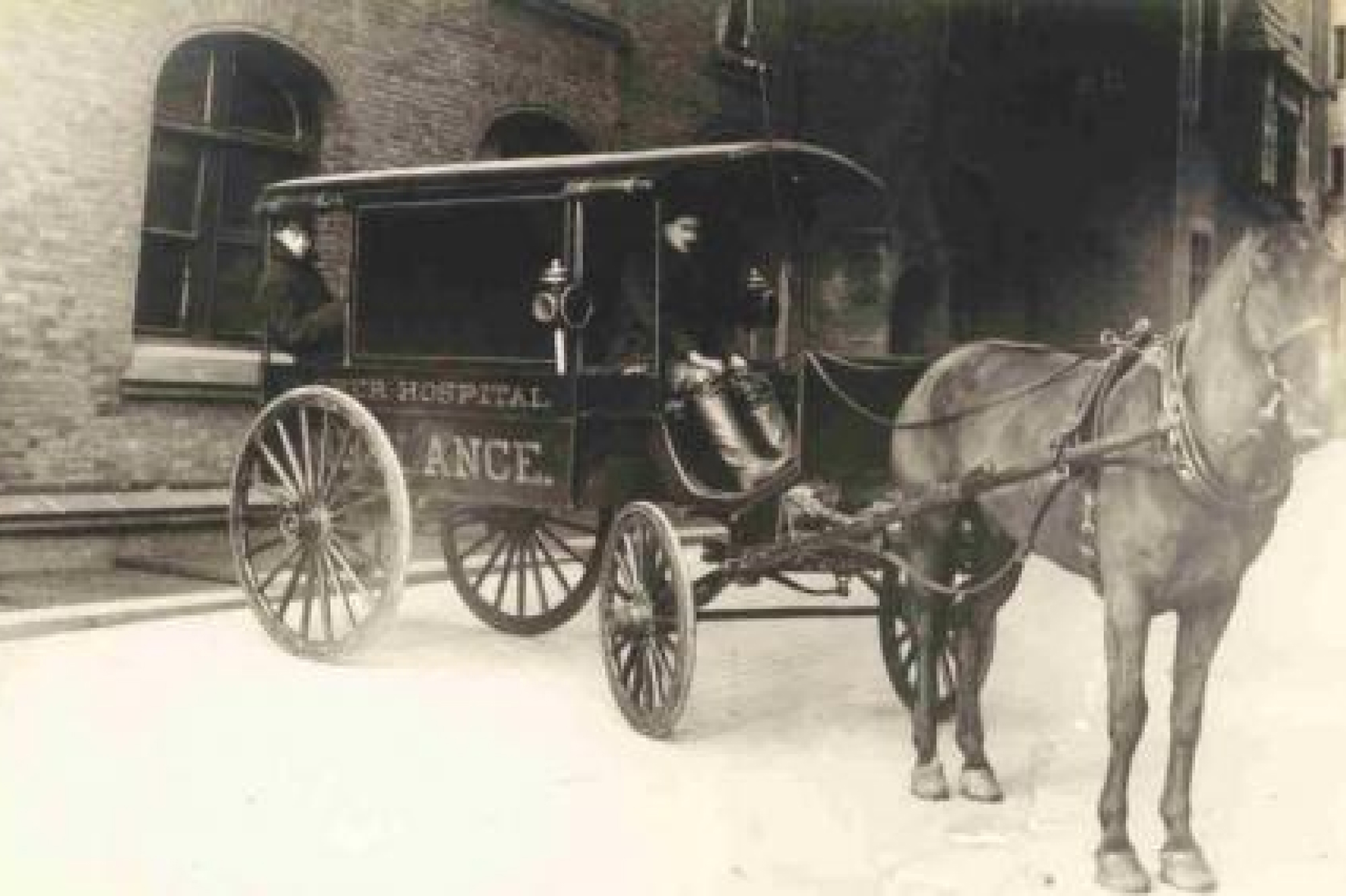
1910
Fifty years
The College celebrates the fiftieth anniversary of its founding.
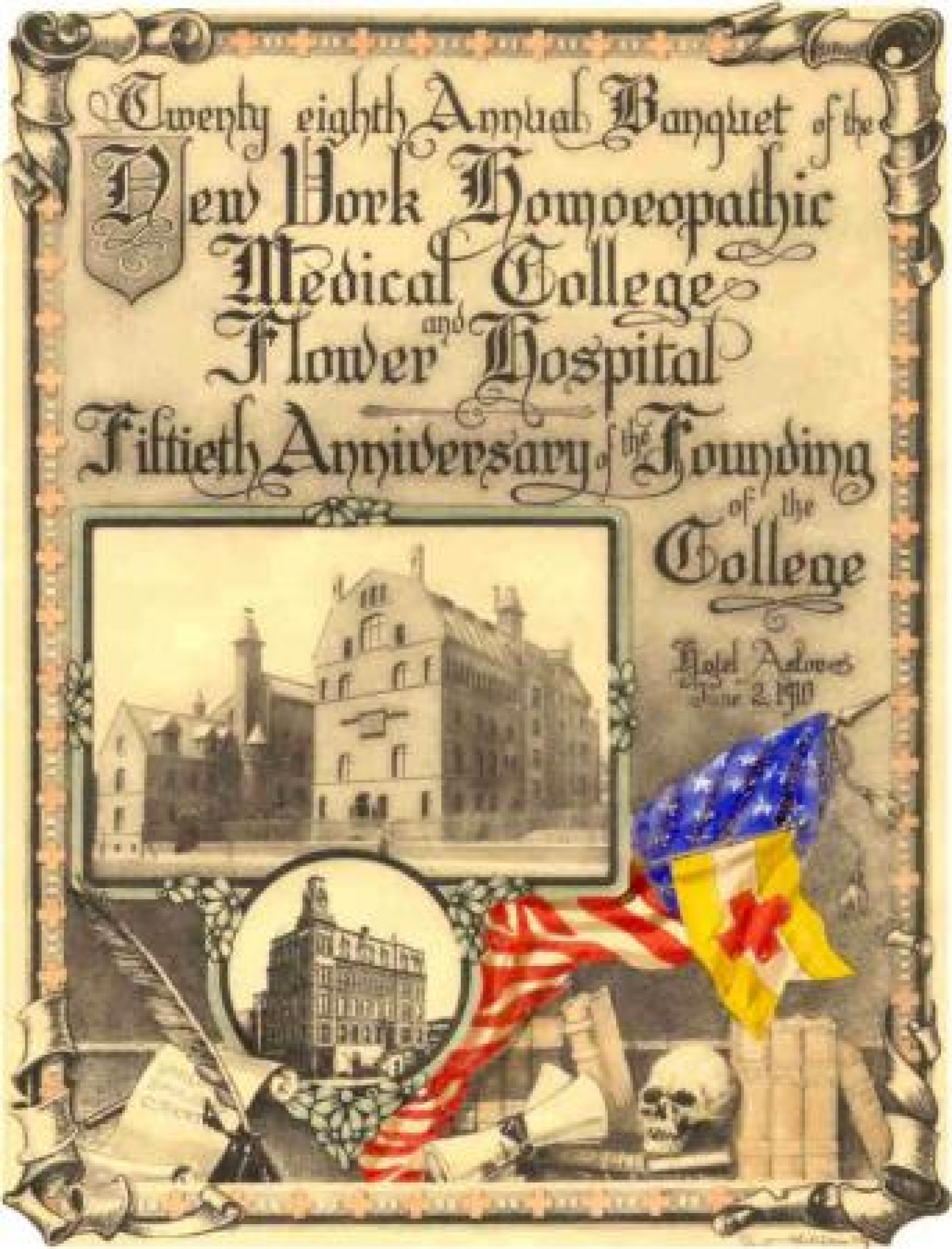
1910
A national commission
The College’s dean (1908-1918), former mayor of Ann Arbor, Michigan (1901-1903), Royal S. Copeland, M.D., an ophthalmologist, was the first physician to perform a corneal transplant in the U.S. He later served as the Commissioner of Health in New York City during the 1918-1919 Spanish influenza pandemic and ultimately served as a United States Senator from New York for three terms (1923-1938). Among other accomplishments, Copeland was the key sponsor of the Federal Food, Drug, and Cosmetic Act, enacted by President Franklin Delano Roosevelt on June 25, 1938, following a hard-fought five-year legislative battle, which paved the way for the strength and impact of the present-day Food and Drug Administration.
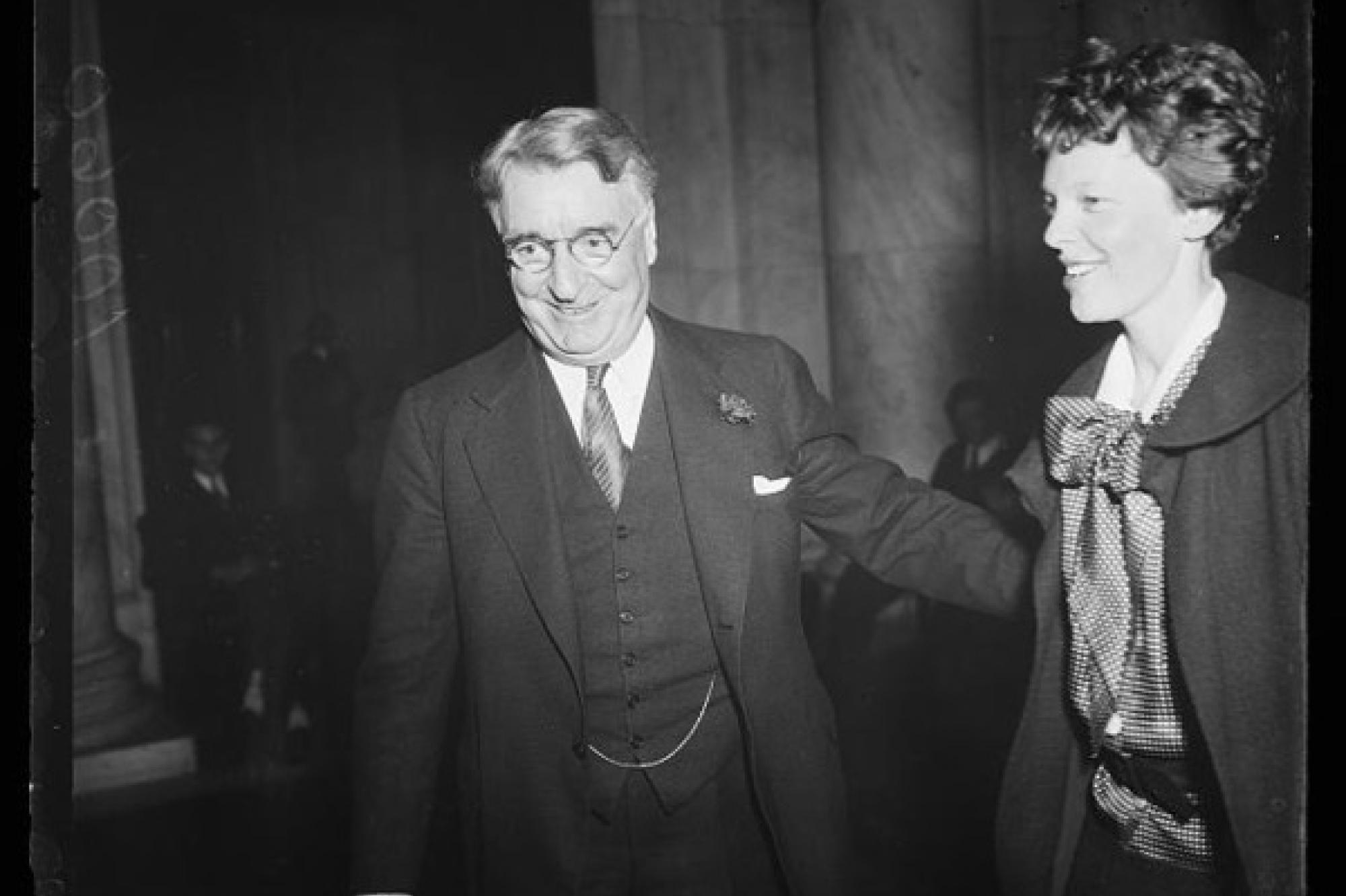
1914
College’s influence in France during WWI
The College contributes to the war effort by establishing Base Hospital #48, a unit of Metropolitan Hospital in France that is supported by volunteer doctors and nurses.
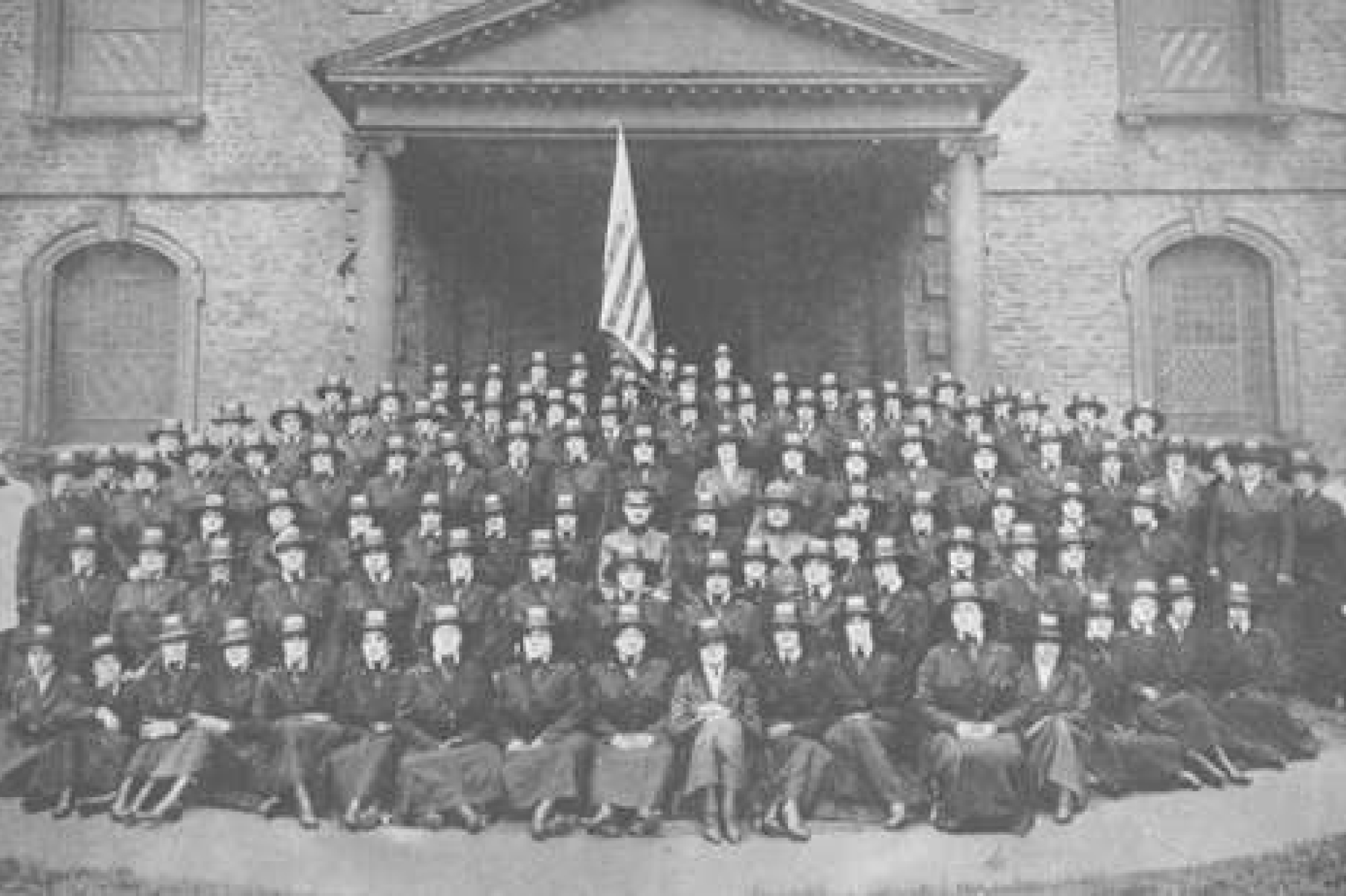
1918
Women’s College absorbed
In 1917, a year before the U.S. national amendment, New York State grants women suffrage. The following year, in 1918, for the first time, women graduate physicians are accepted in New York City municipal hospitals as interns. Later that same year, the College’s Board of Trustees, in accord with the board president of the New York Medical College for Women, deems it feasible to close the women’s college and transfer the women students to the College at large (then, known as “New York Homeopathic Medical College and Flower Hospital”). Thus, making the College fully co-educational.
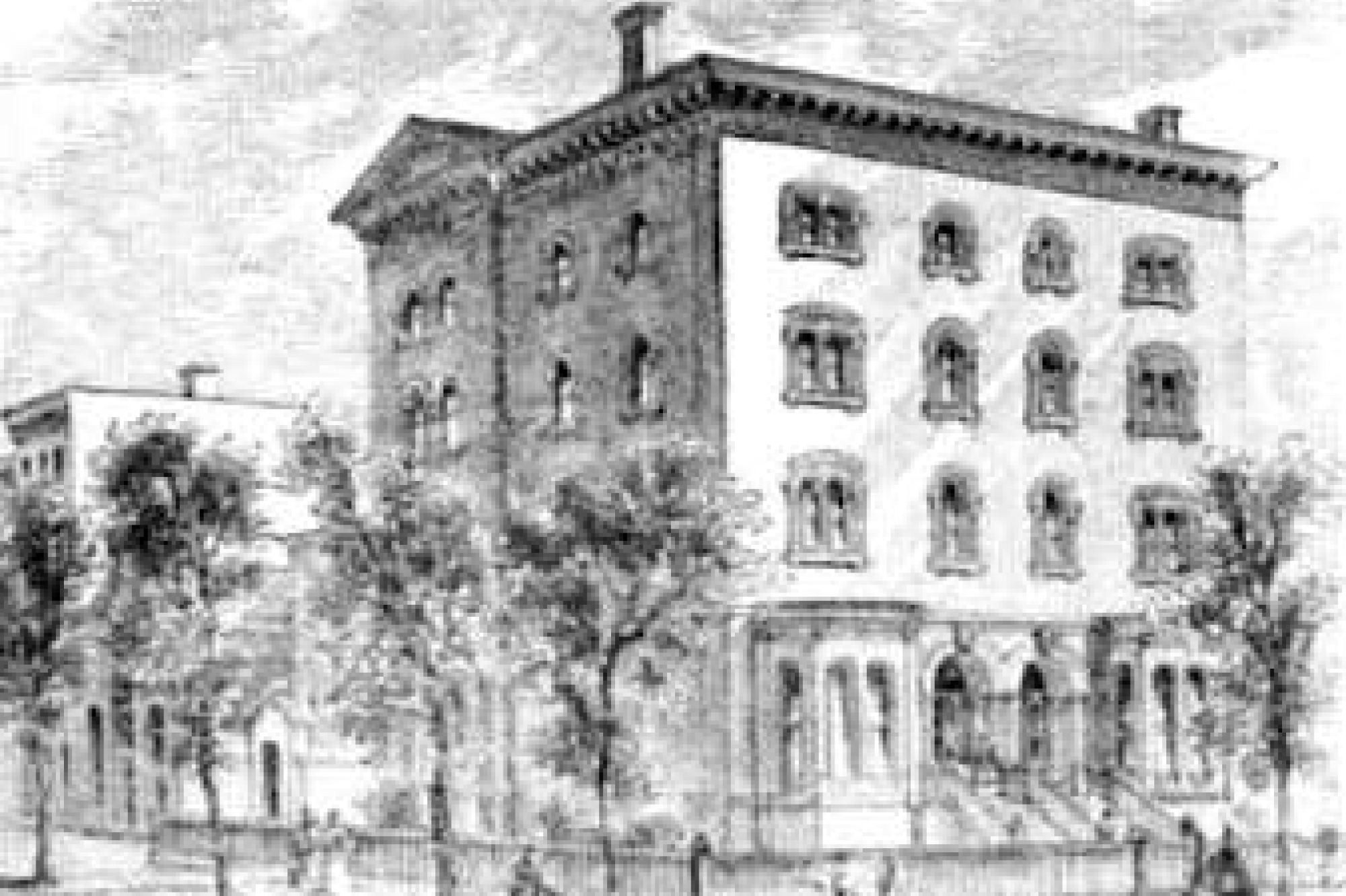
1919
The first yearbook
The first edition of the College’s yearbook, Fluorscope, is published.
1920
Nursing education begins
New York Medical College Flower and Fifth Avenue Hospital (FFAH) begins offering a three-year basic nursing program through its School of Nursing, resulting in a Diploma of Nursing.
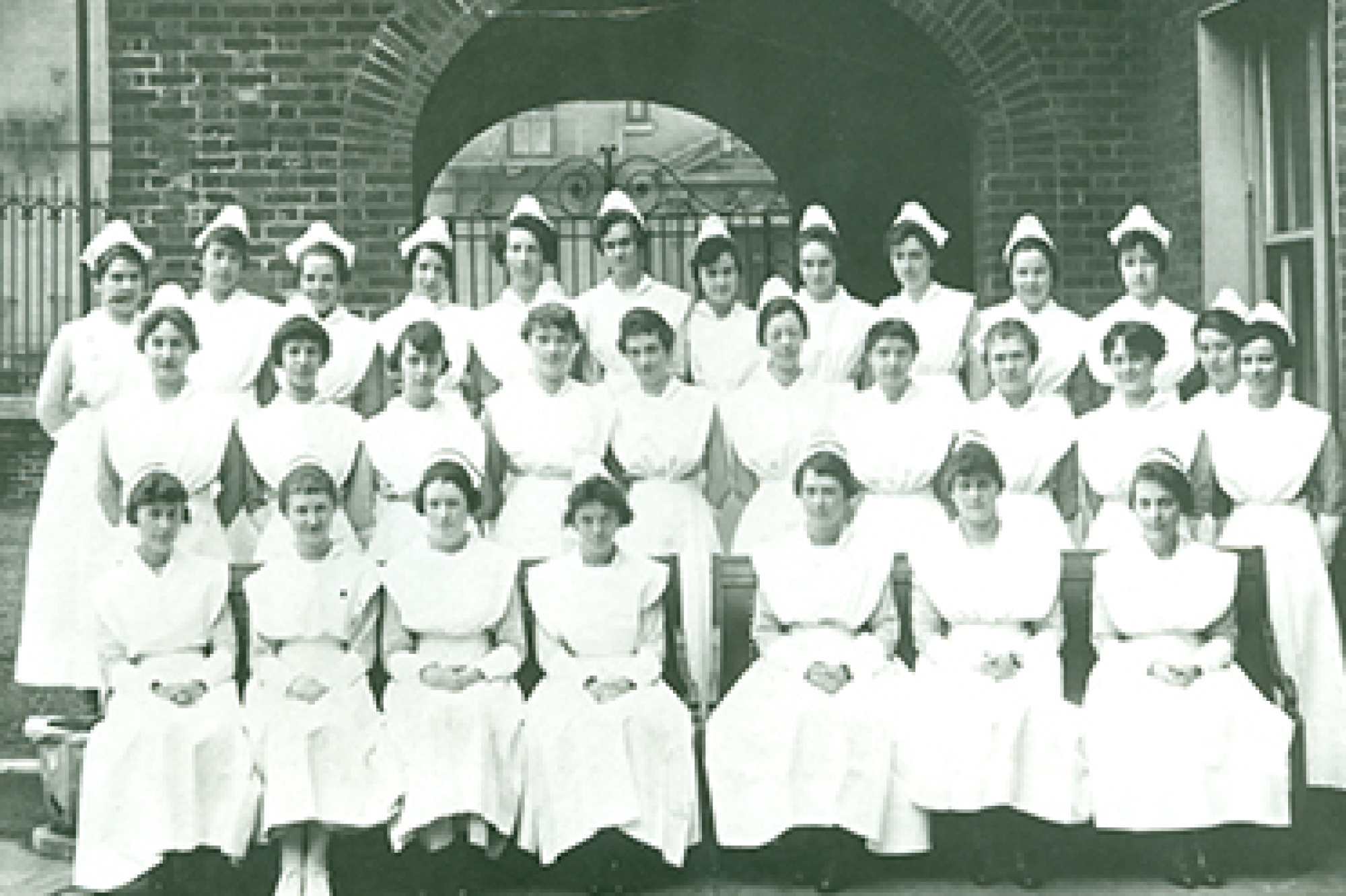
1928
Minority scholarship program
Created through the efforts of civil rights champion Walter Gray Crump, M.D. ‘1895, an alumnus and surgeon who was also trustee of Tuskegee Institute and Howard University, the College becomes first in the nation to establish a scholarship program for the exclusive use of minority students. Myra Adele Logan, M.D. ‘1933, is the first recipient, followed by Geraldine Burton Branch, M.D. ‘1936.
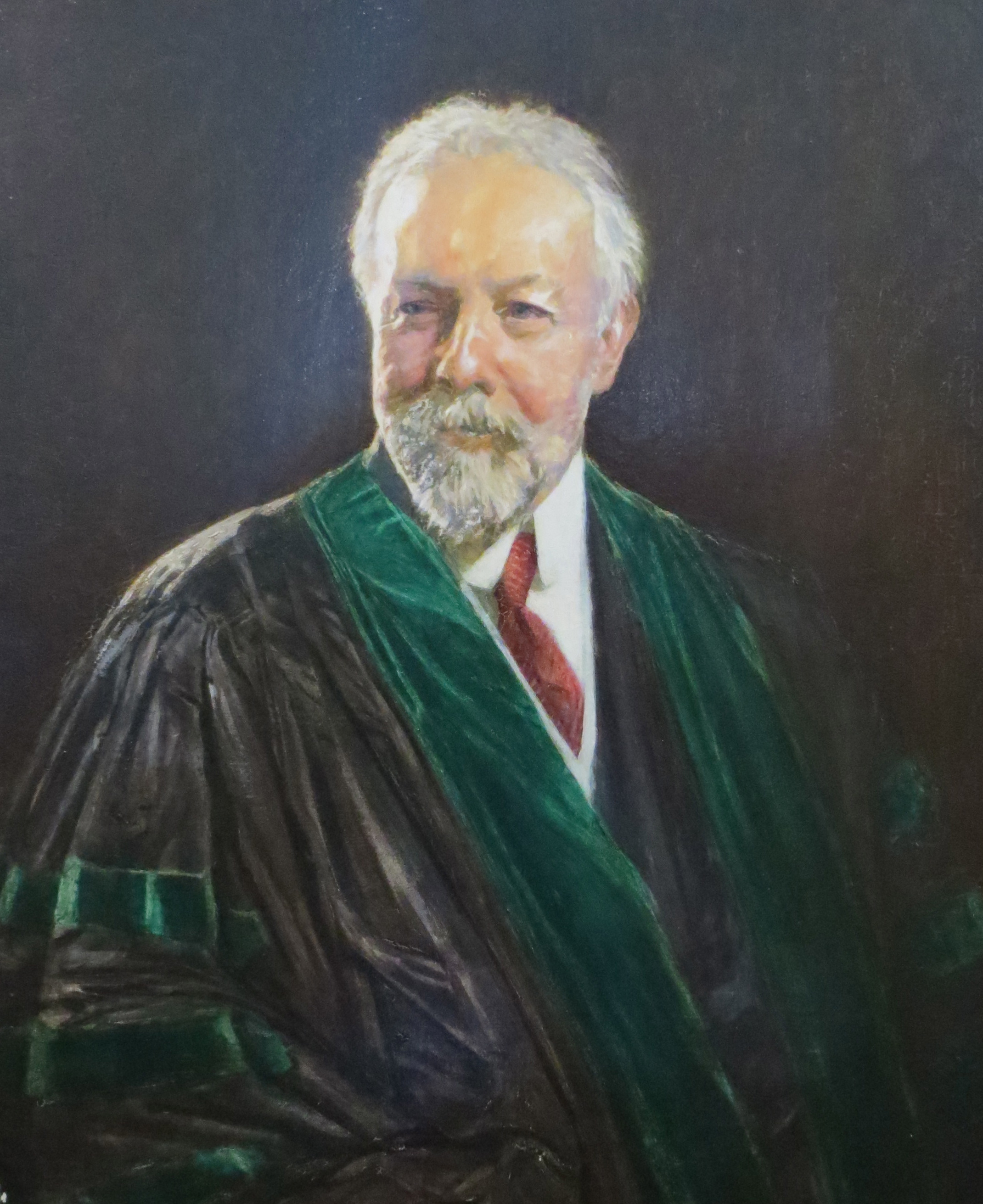
1930
Munson’s sign named for alum
Edwin Sterling Munson, M.D. ‘1894, gains international reputation through “Munson’s sign” -- a v-shaped indentation of the lower eyelid when the gaze is directed downwards; a sign that is characteristic of advanced Keratoconus.
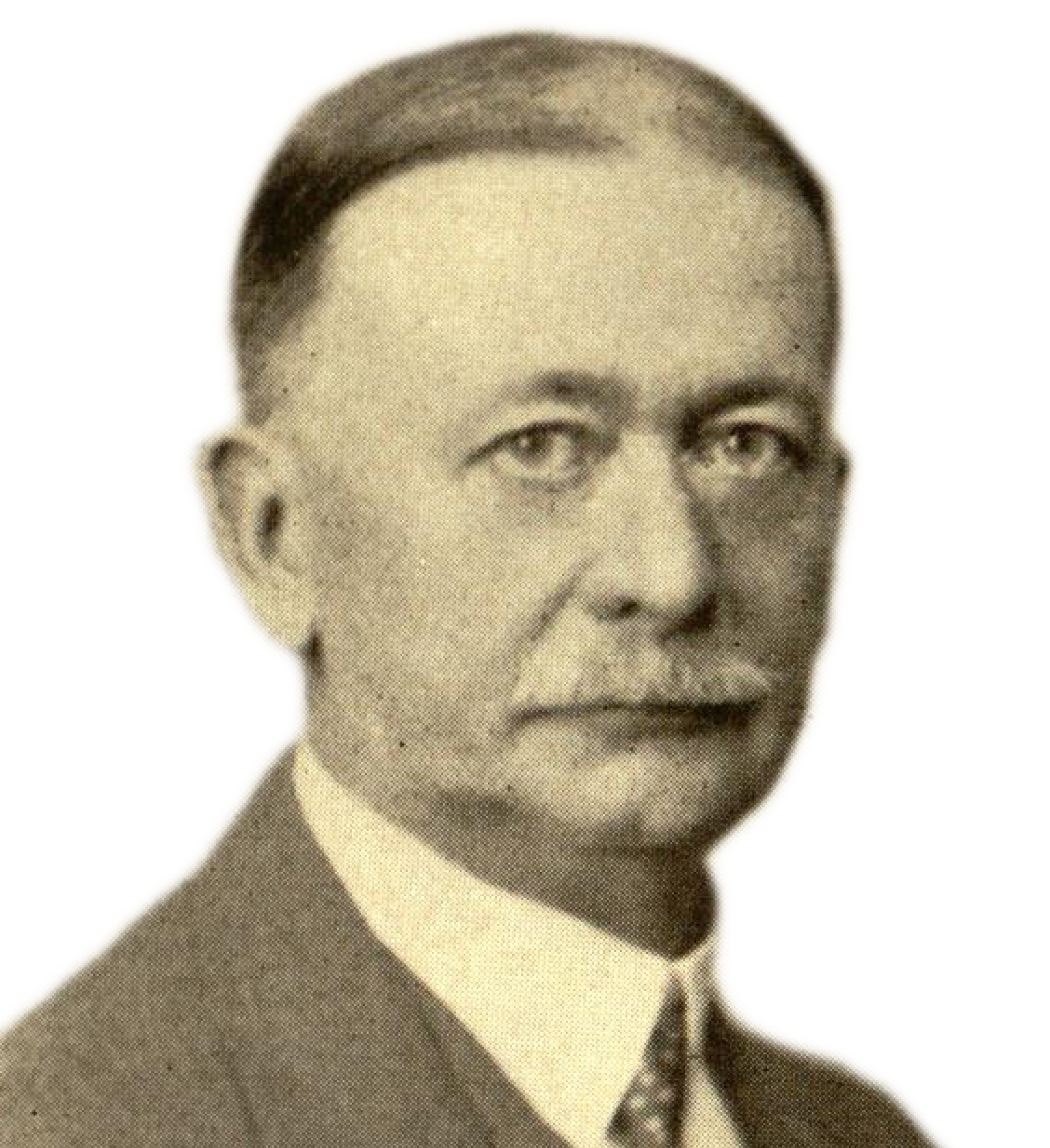
1935
Fifth Avenue Hospital
By 1935, the College transfers its outpatient activities from Flower Hospital on East 63rd St to the Fifth Avenue Hospital (itself the 1920 merger of the Hahnemann Hospital and Laura Franklin (Delano) Free Hospital for Children) located in a group of buildings on the block front on Fifth Ave between East 105th and East 106th streets in Manhattan. A year later, in 1936, the College drops ‘homeopathic’ from its name and changes its name for the fourth time to “New York Medical College and Flower Hospital” to better reflect its curriculum.
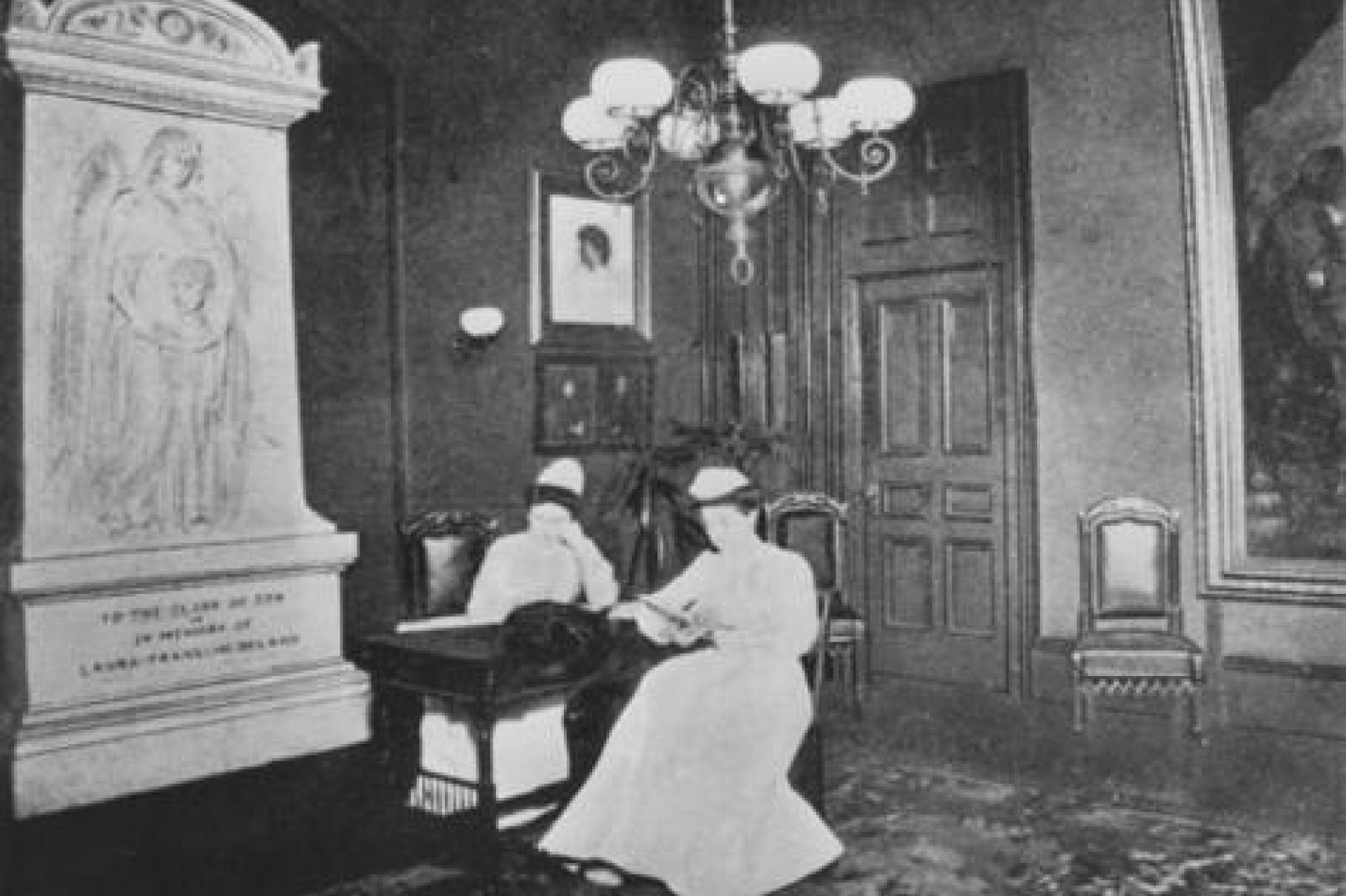
1938
A new complex
Flourishing in the midst of the U.S. Great Depression years, “New York Medical College and Flower Hospital” merges with “Fifth Avenue Hospital” and the institution adopts it’s fifth name: “New York Medical College, Flower and Fifth Avenue Hospitals” (NYMC-FFA). The College lays a cornerstone for a new 10-story building complex to replace the group of buildings on Fifth Ave between East 105th and East 106th streets across from Central Park.
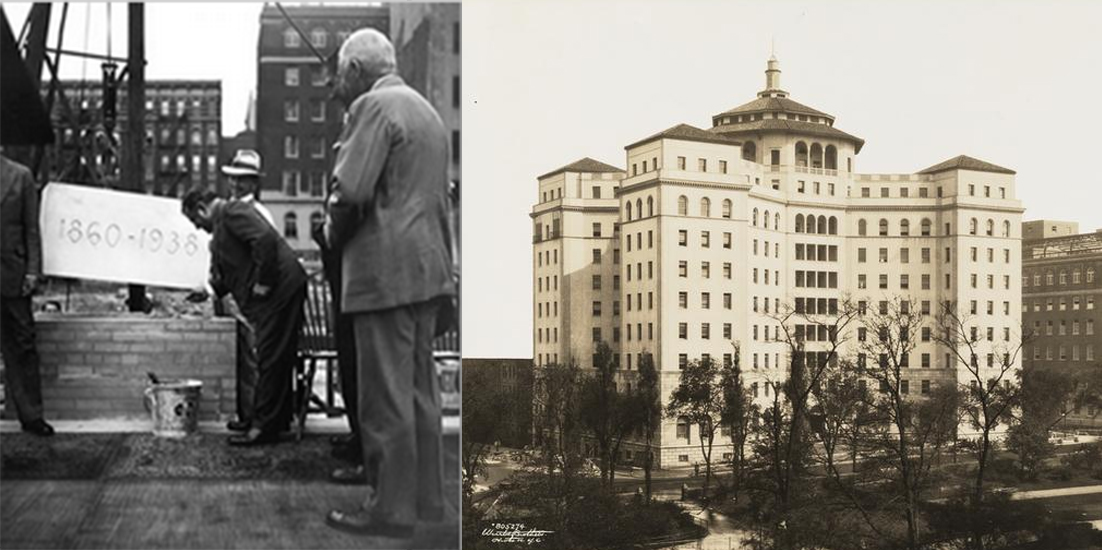
1938
Graduate studies begin
The College’s Certificate of Incorporation is amended to include authority to award graduate degrees in addition to the M.D.
1939
Office of the President established
Following the start of graduate studies and the merger of the College with another hospital, the “New York Medical College, Flower and Fifth Avenue Hospitals” establishes the Office of the President. The head of the institution changes from “dean” to “president,” beginning with Claude Burrett, M.D., concurrently establishing the School of Medicine with it’s own dean.
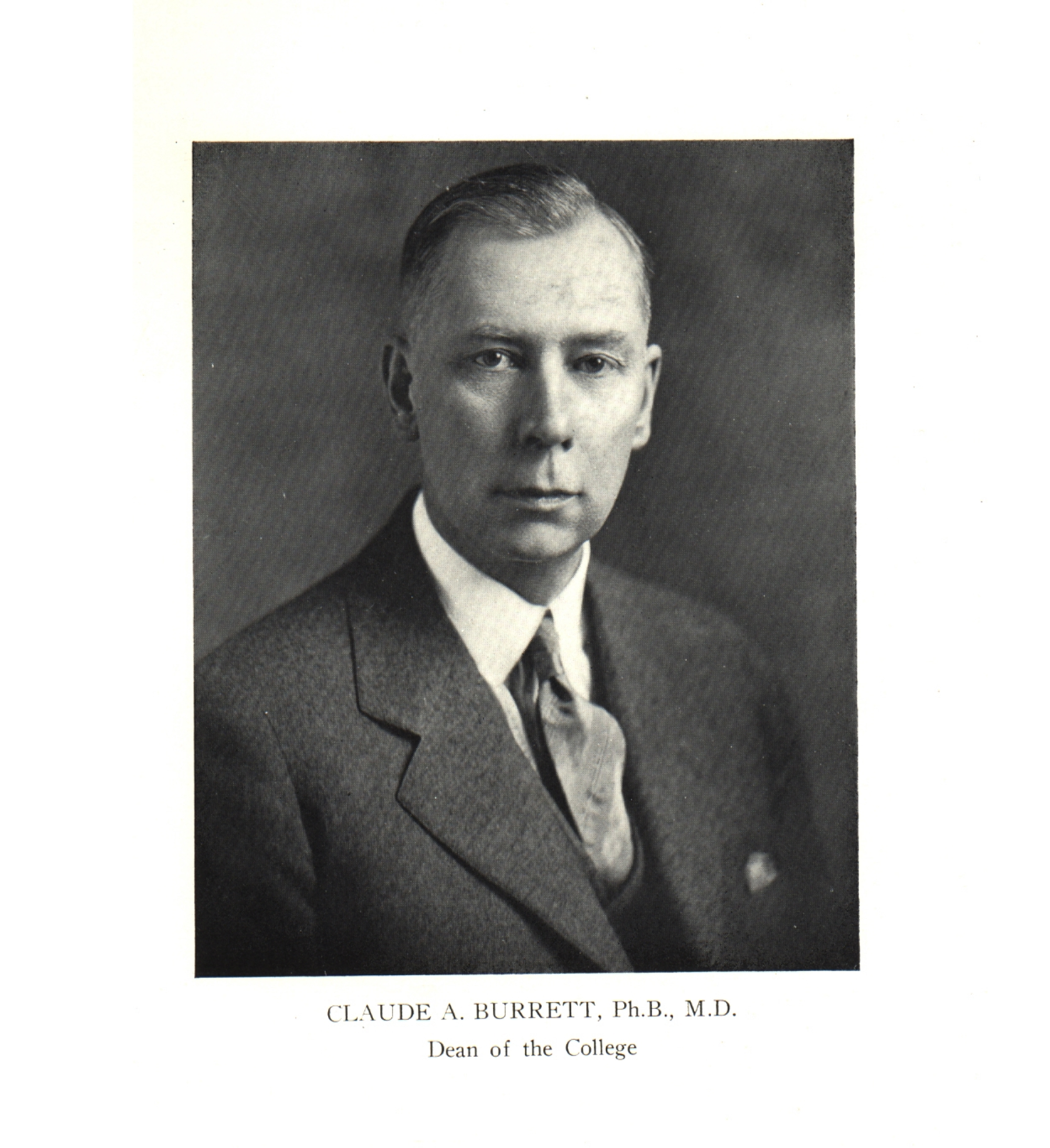
1940s
WWII adjustments
To help supply the need for more physicians during World War II, an accelerated program is launched by School of Medicine dean J.A.W. Hetrick, M.D. ’18, allowing students to complete the four-year curriculum in three years.
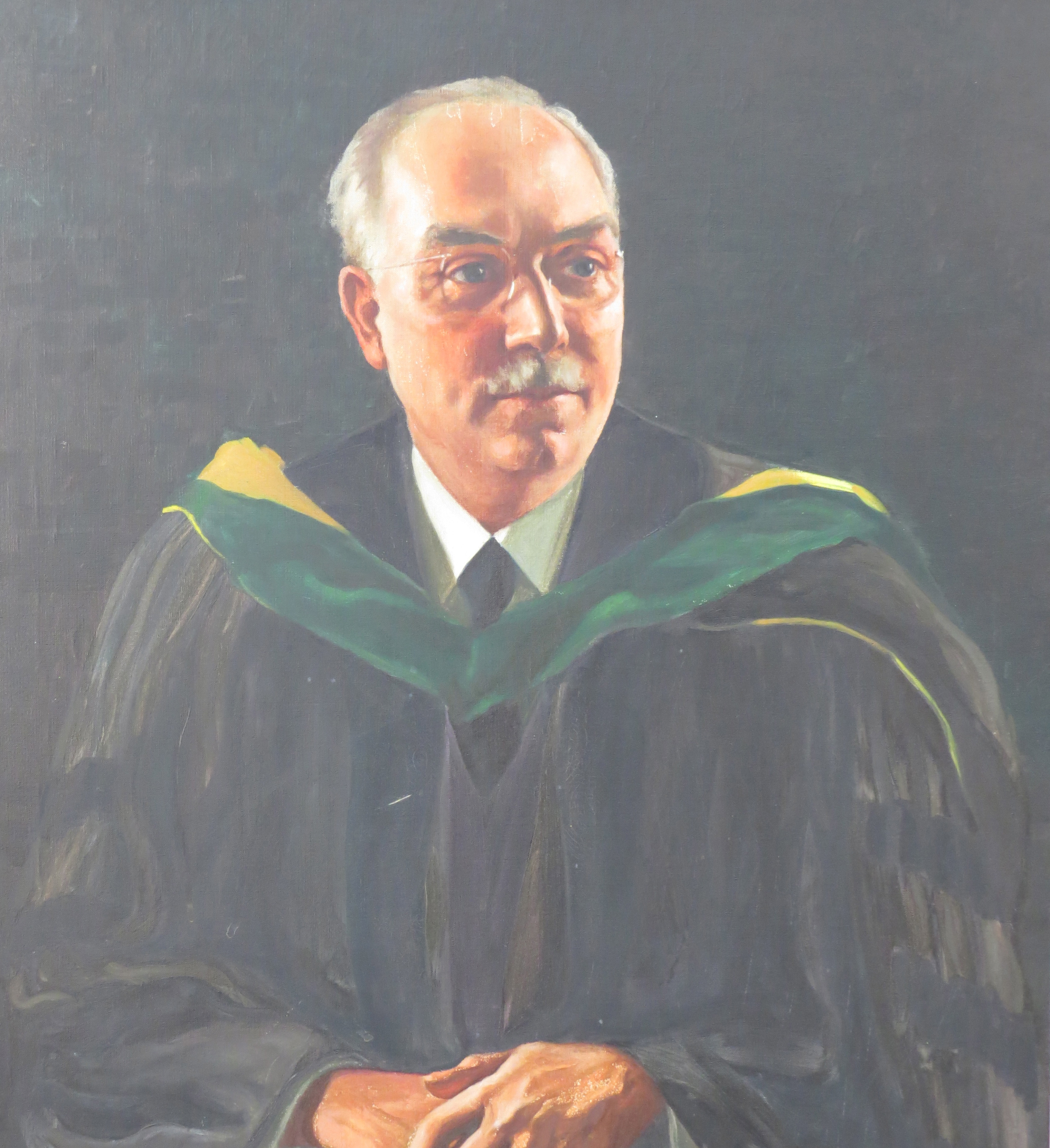
1943
Alumna becomes first woman to perform open-heart surgery
A Tuskegee, Alabama, native, Myra Adele Logan, M.D. ’1933, was the first woman to perform open-heart surgery and the first African American woman elected a fellow of the American College of Surgeons. She was the first person to receive the Walter Gray Crump minority scholarship that allowed her to attend New York Medical College.
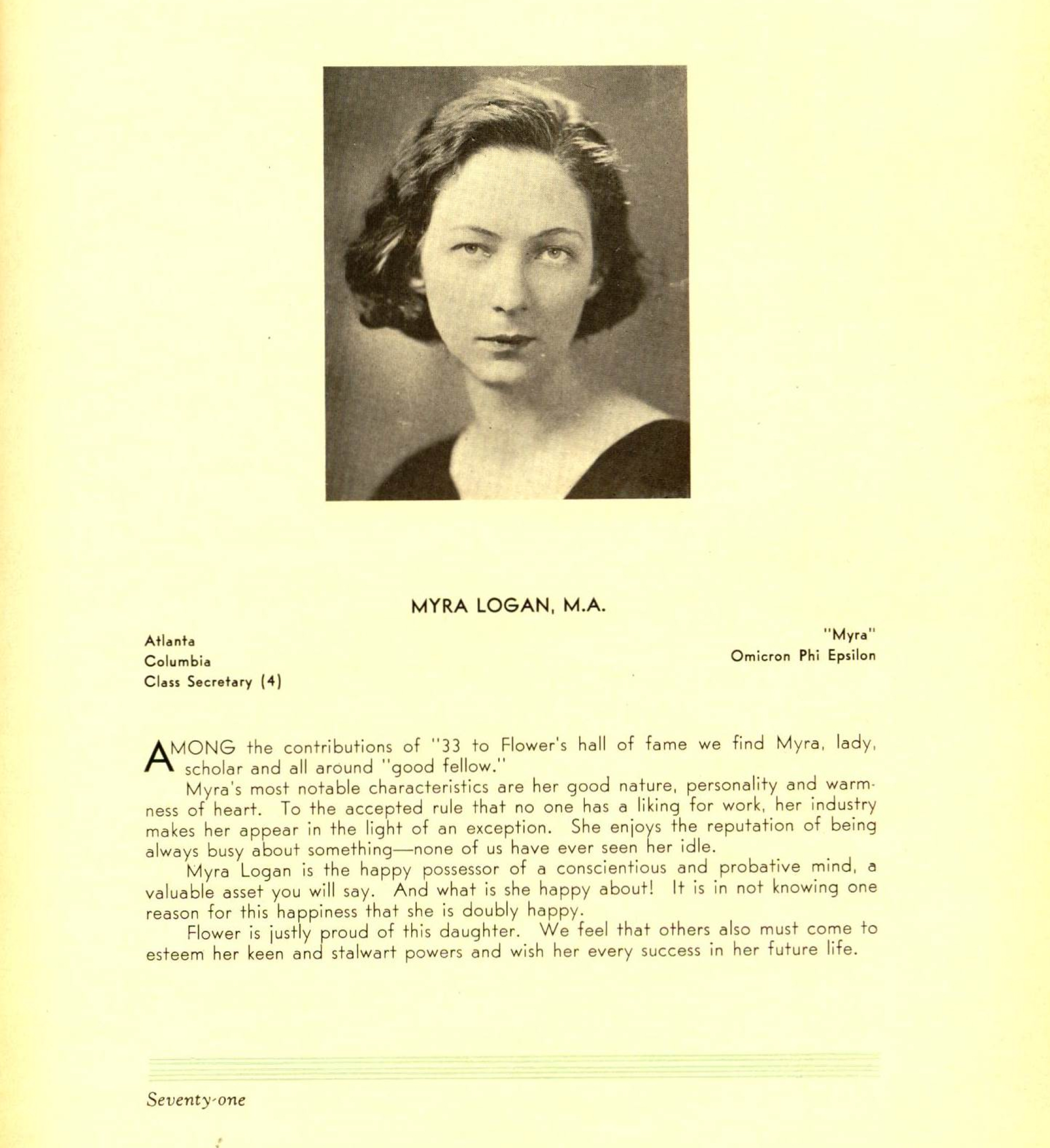
1955
An alumnus becomes a founding dean
Marcus D. Kogel, M.D., Class of 1927, becomes the founding dean of the Albert Einstein College of Medicine at Yeshiva University.
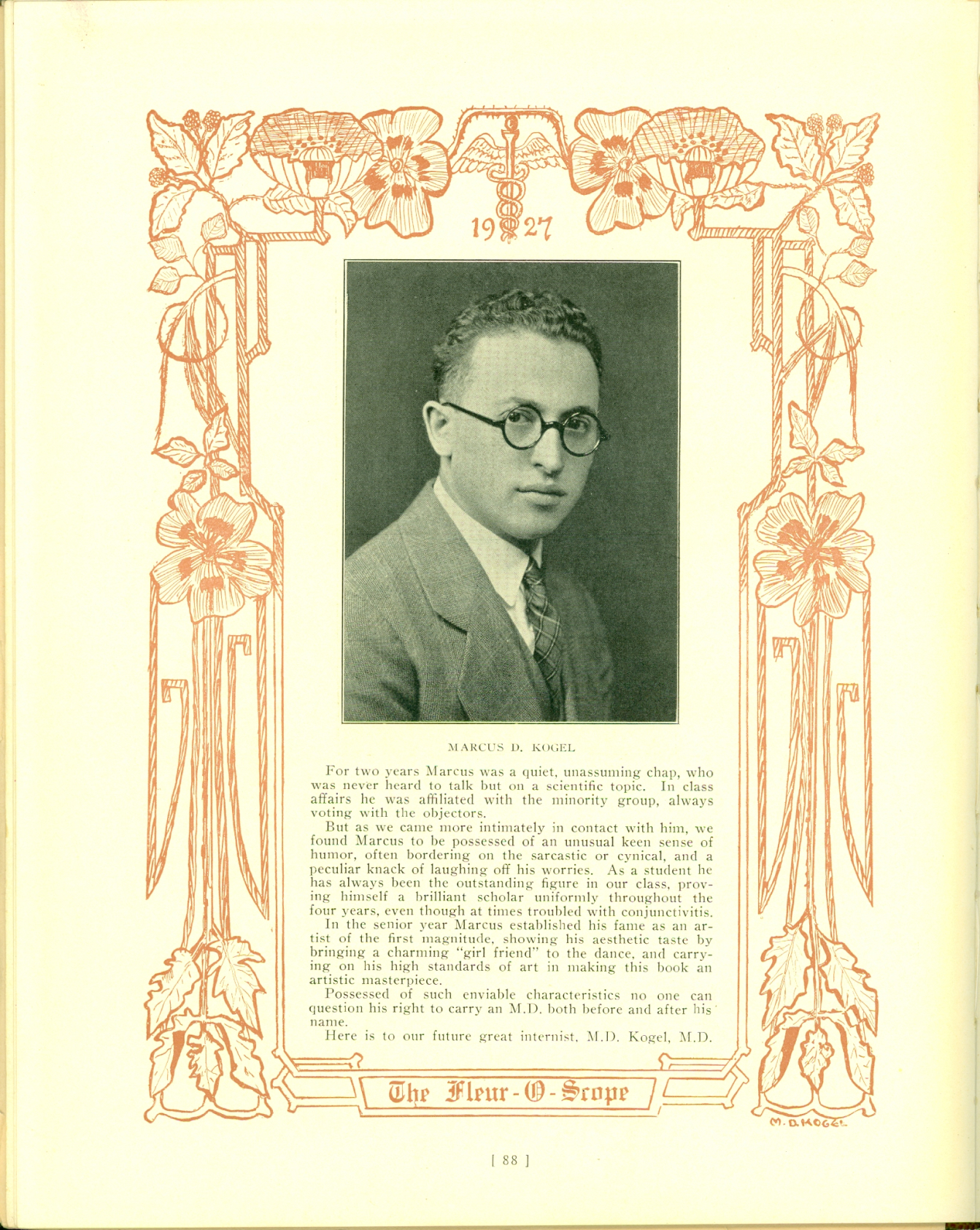
1956
AOA chapter begins
The first installation banquet of the College’s Iota Chapter of Alpha Omega Alpha (AOA) is held in the faculty dining room of Flower and Fifth Avenue Hospitals.
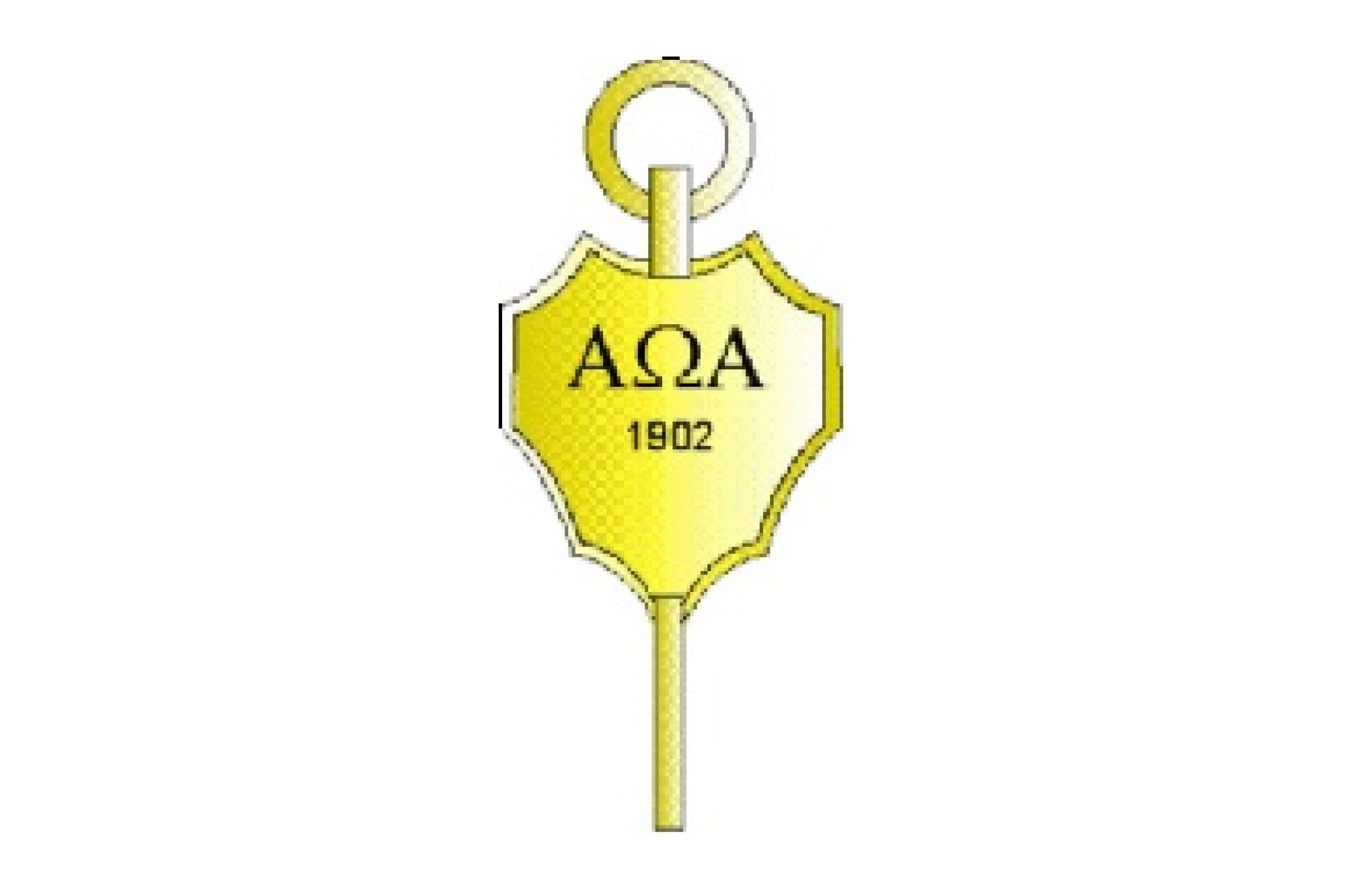
1960
A centennial celebration
The College celebrates with a Centennial Dinner in the Grand Ballroom of the Waldorf Astoria in New York City. Among the speakers is New York City Mayor Robert F. Wagner.
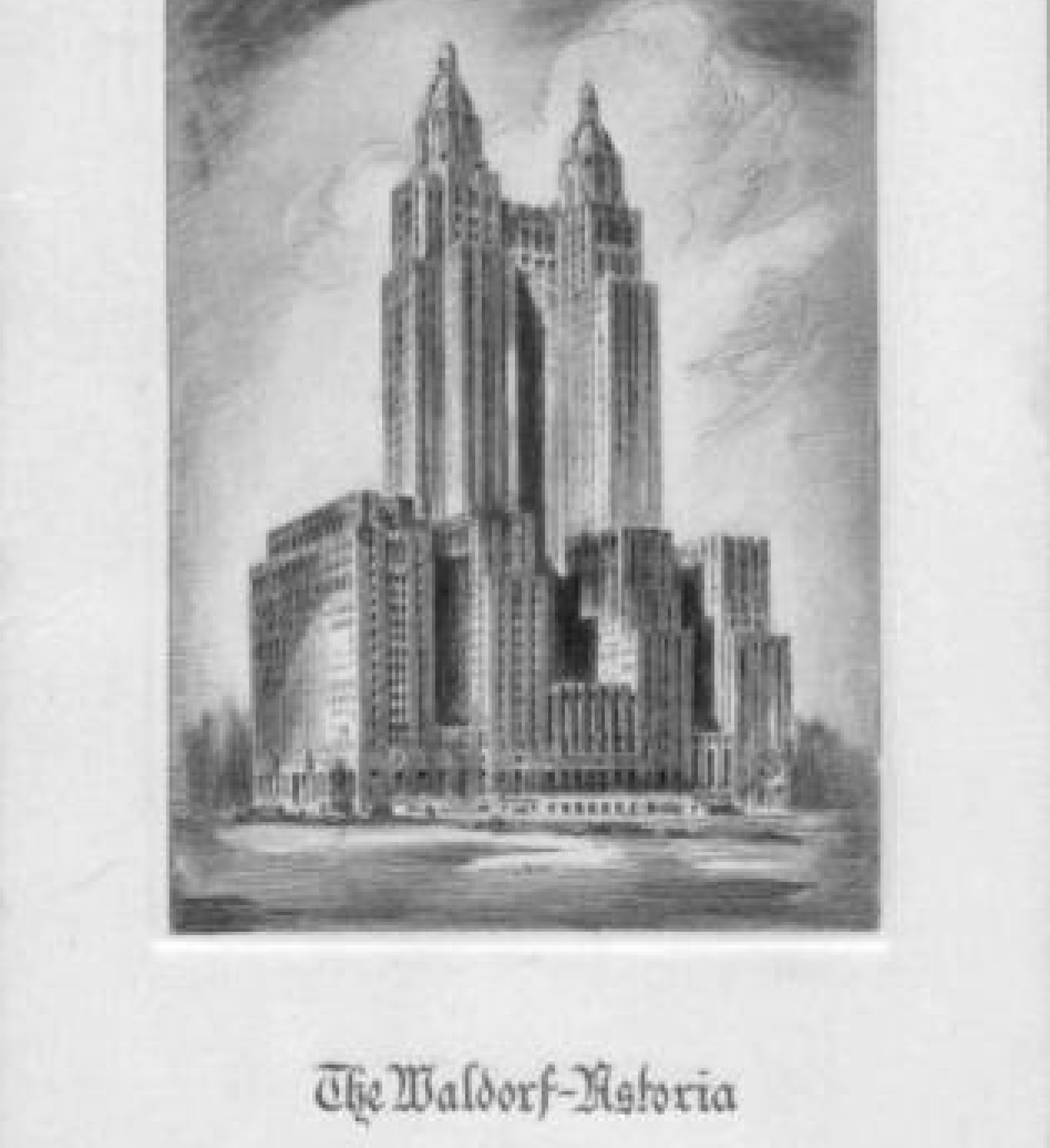
1961
Cohen Research Building opens
The 220,000-square foot Sophie D. and William W. Cohen Research Building, adjacent to the College and Flower-Fifth Avenue Hospital (FFAH), opens and marks the beginning of basic science research at the College. Two years later, in 1963, lead by Warner F. Bowers, M.S., M.D., Ph.D., F.A.C.S., the Graduate School of Medical Sciences (now, the Graduate School of Basic Medical Sciences) is founded, offering study leading to Master of Science and Doctor of Philosophy degrees in the basic medical sciences.
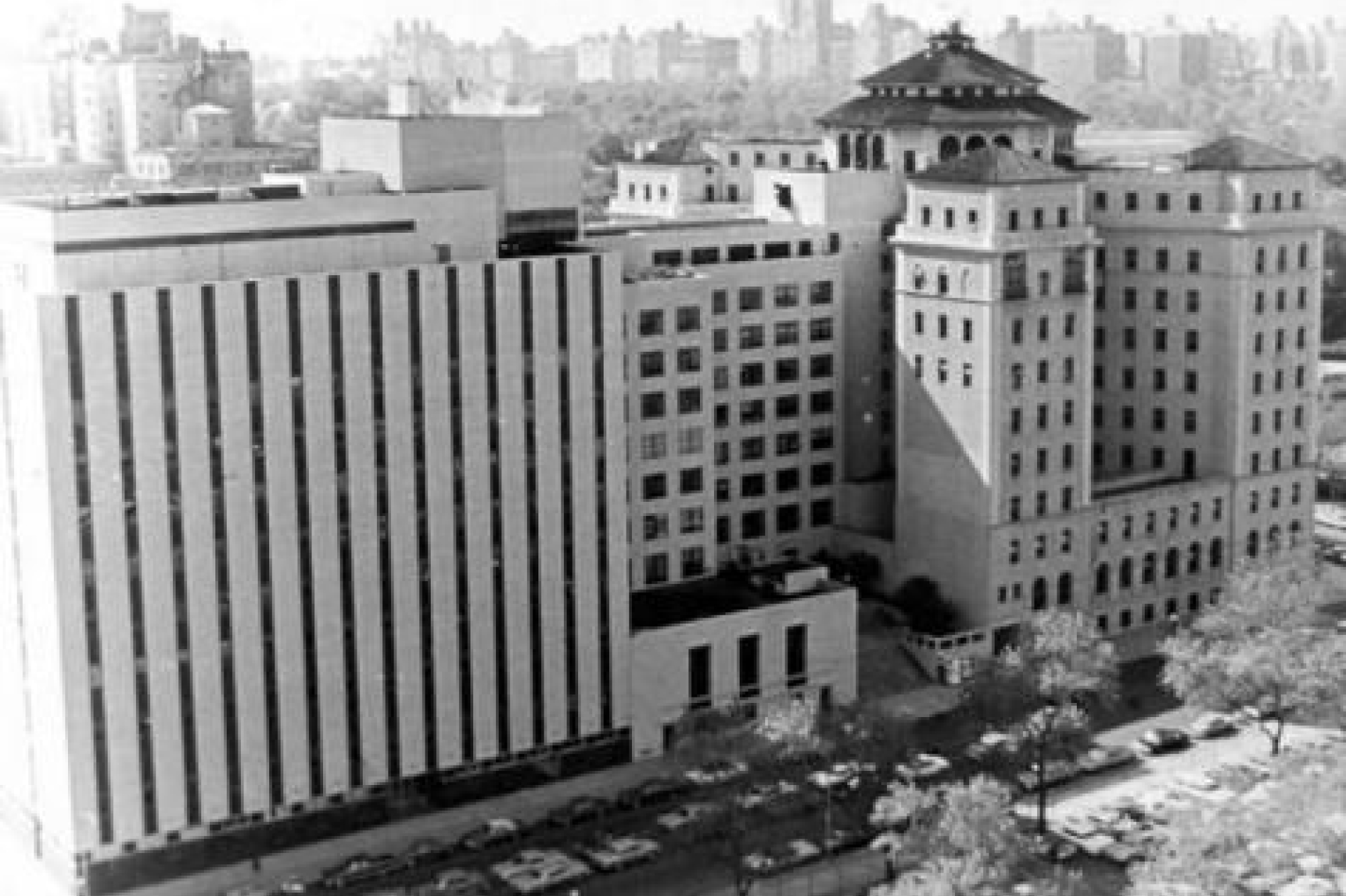
1961
Graduate nursing education
After 40 years of offering a Diploma of Nursing, in September of 1961 New York Medical College Flower-Fifth Avenue Hospital establishes a graduate nursing school, which awarded a Master of Science in Nursing with training programs in select clinical specialties.

1966
A royal visit
Prince Philip, Duke of Edinburgh (prince consort of Queen Elizabeth II of the United Kingdom) visits the pediatrics wing of the Flower-Fifth Avenue Hospital (FFAH).
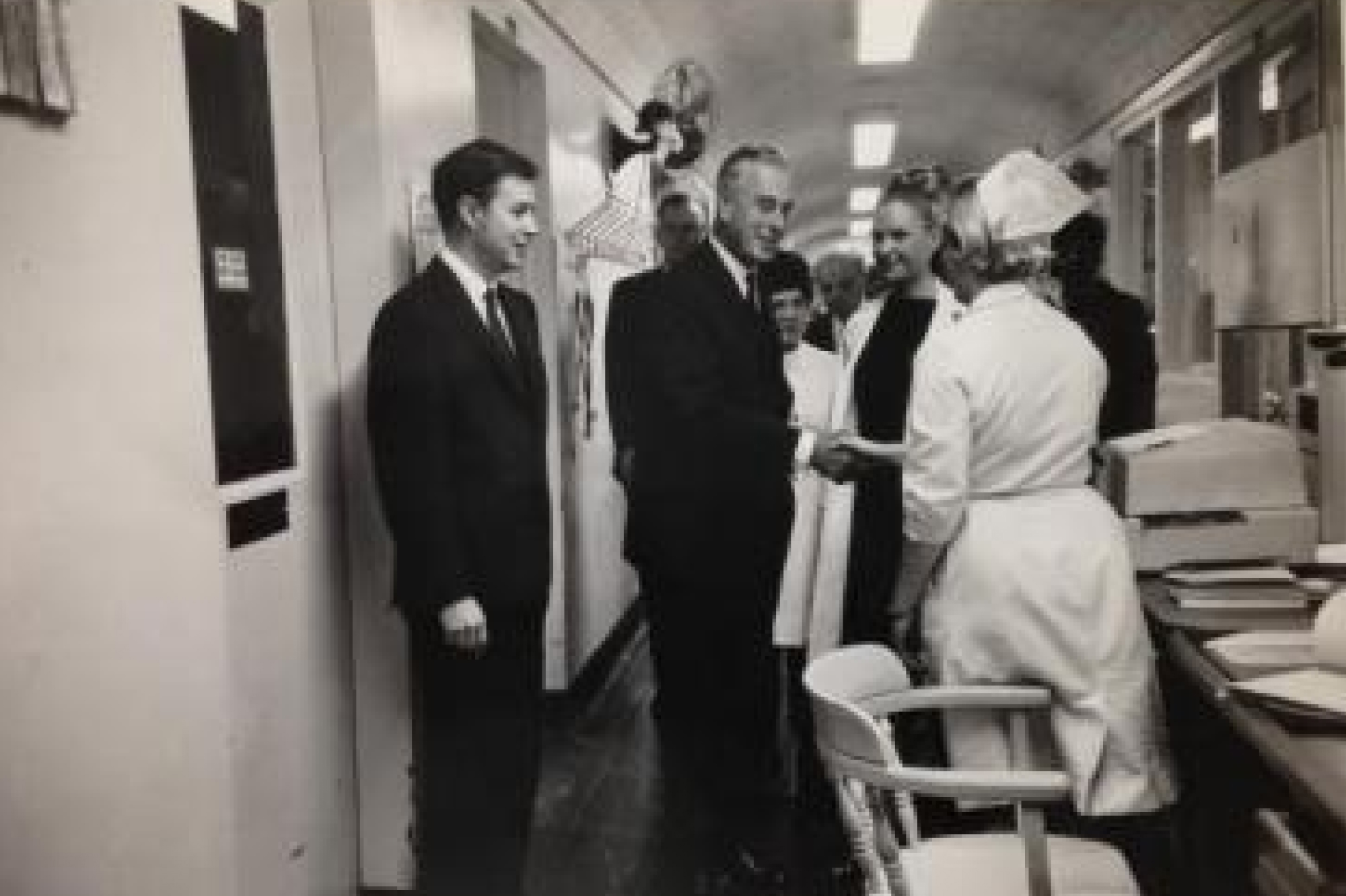
1967
College’s history book
Professor of urology Leonard Paul Wershub, M.D. ‘1927, authors the College’s first history book One Hundred Years of Medical Progress; A History of the New York Medical College, Flower and Fifth Avenue Hospitals.
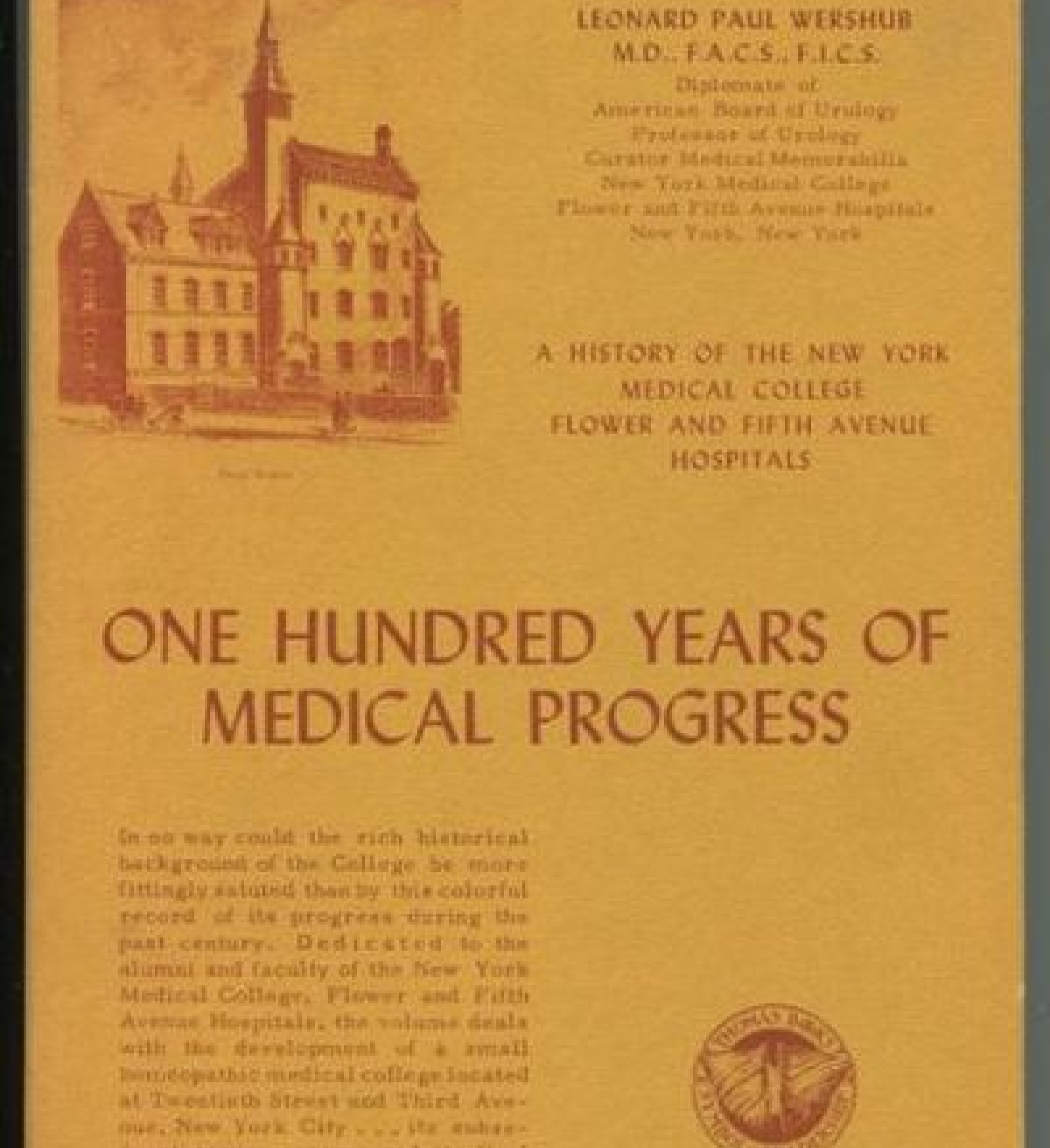
1967
The College breaks down barriers
Jane Cooke Wright, M.D. ‘45, a prominent cancer researcher, is named associate dean at the College. At a time when African American women physicians numbered only a few hundred in the United States, Dr. Wright was the highest ranked African American woman at a nationally recognized medical institution.
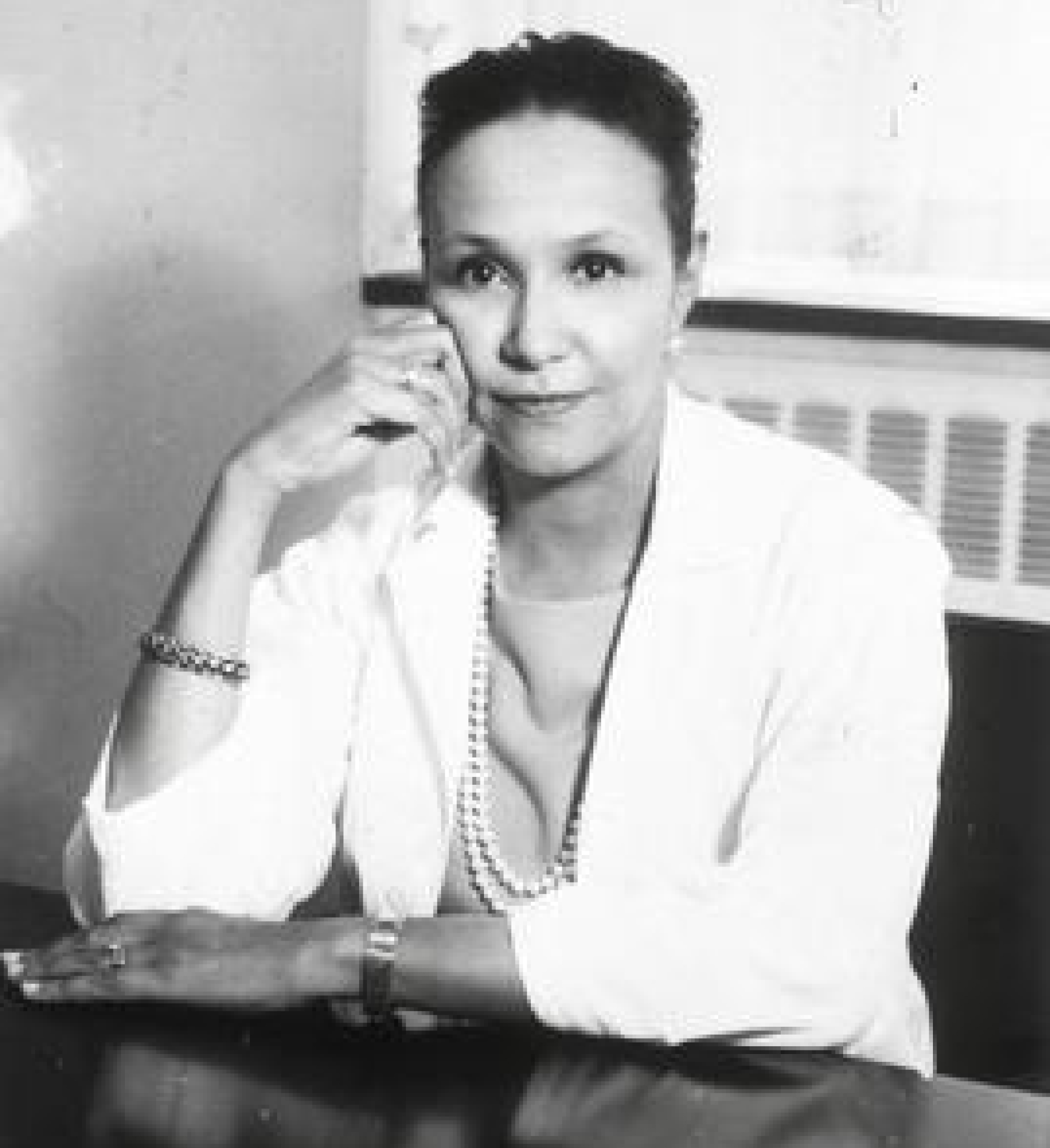
1968
Possible College re-location
At the request of the Westchester County government, the College’s Board of Trustees voted to relocate the teaching and research facilities 20 miles north to the Grasslands Reservation in Valhalla. Instrumental in the move are the College’s Board of Trustees Chair Jackson E. Spears, President David Denker, Ph.D. and Dean J. Frederick Eagle, M.D.
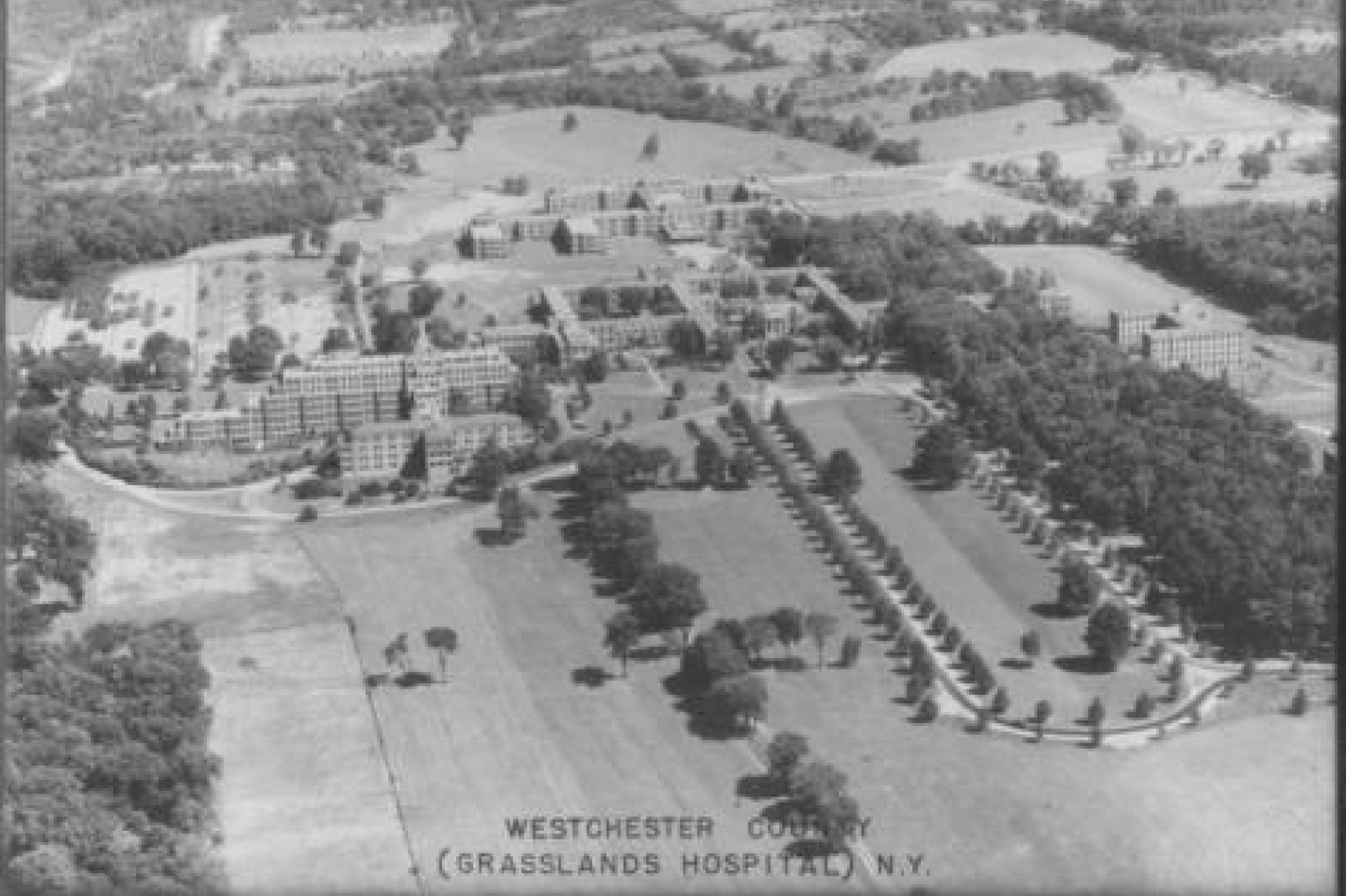
1969
Graduate Faculty Council is established
Organization and by-laws of the Graduate School of Basic Medical Sciences (GSBMS) was approved by Board of Trustees, and the Graduate Faculty Council was established to maintain academic policies and procedures.
1971
Moving to Valhalla
New York Medical College began moving academic operations out of its Flower-Fifth Avenue Hospital building in New York City to suburban Valhalla in Westchester County on the Grasslands Reservation. Operations began in Elmwood Hall, and students started their clinical work at the Grasslands Hospital.
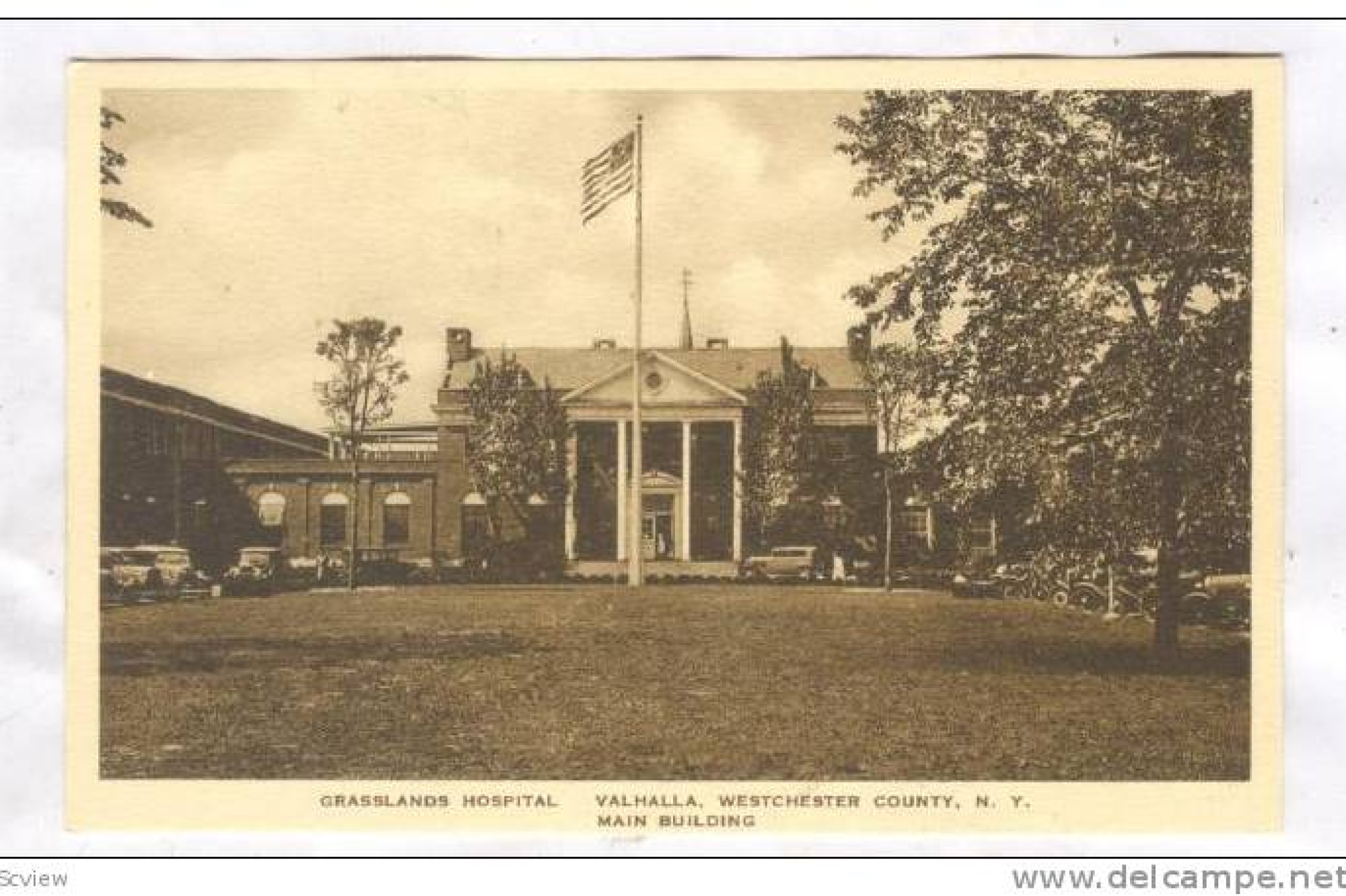
1971
BSB opens
The Basic Sciences Building opens, allowing medical students to complete their first two years of study on the Valhalla campus.
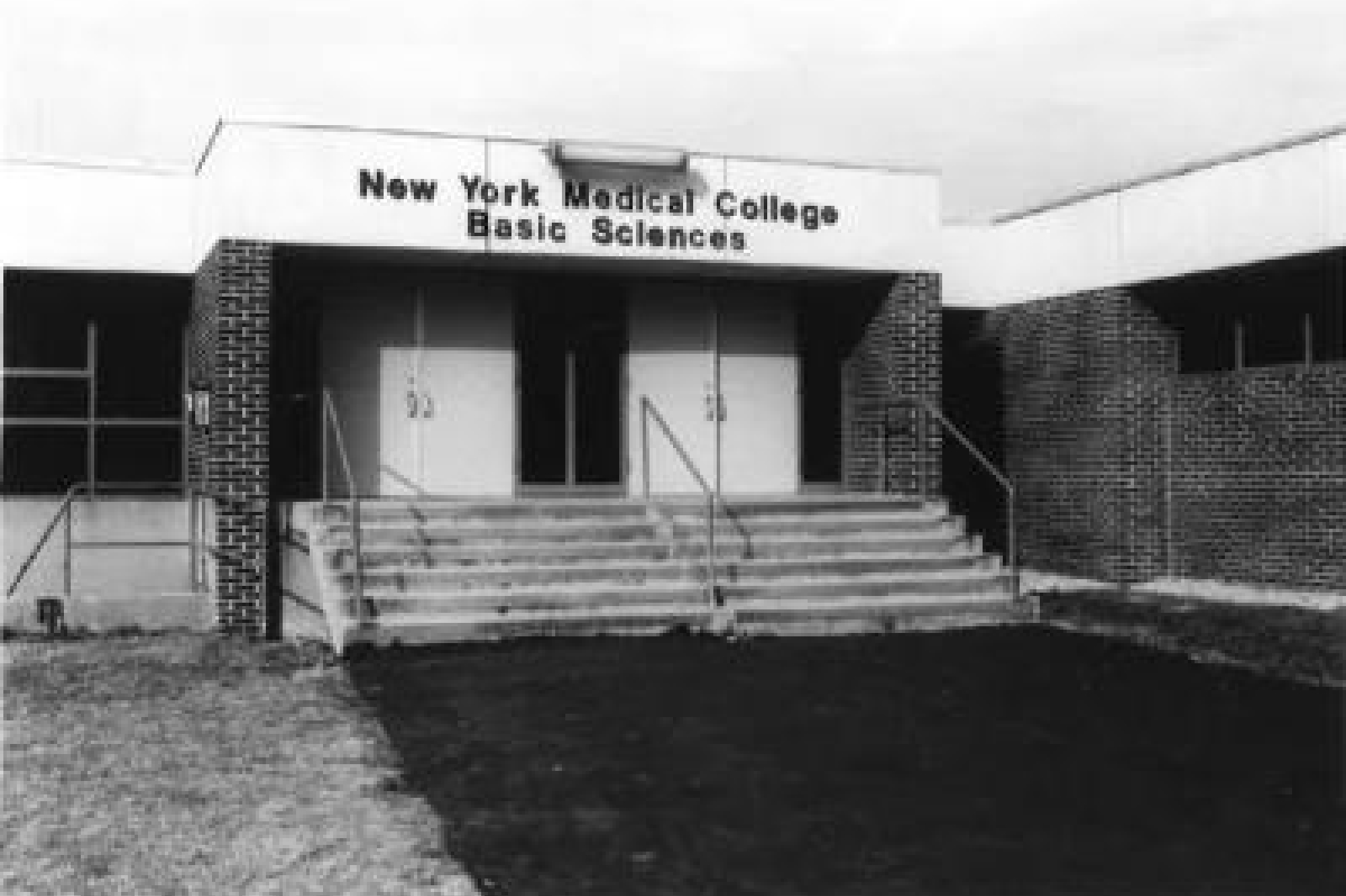
1972
Library expansion
The libraries of New York Medical College Flower and Fifth Avenue Hospitals and the Westchester Academy of Medicine merge under an agreement signed by both parties to form the new Health Sciences Library at New York Medical College on the Valhalla campus.
1977
WMC opens
The closing of the Grasslands Hospital in Valhalla makes way for the College’s new academic medical center adjacent to the College on the Grasslands Reservation in Valhalla, now known as Westchester Medical Center.
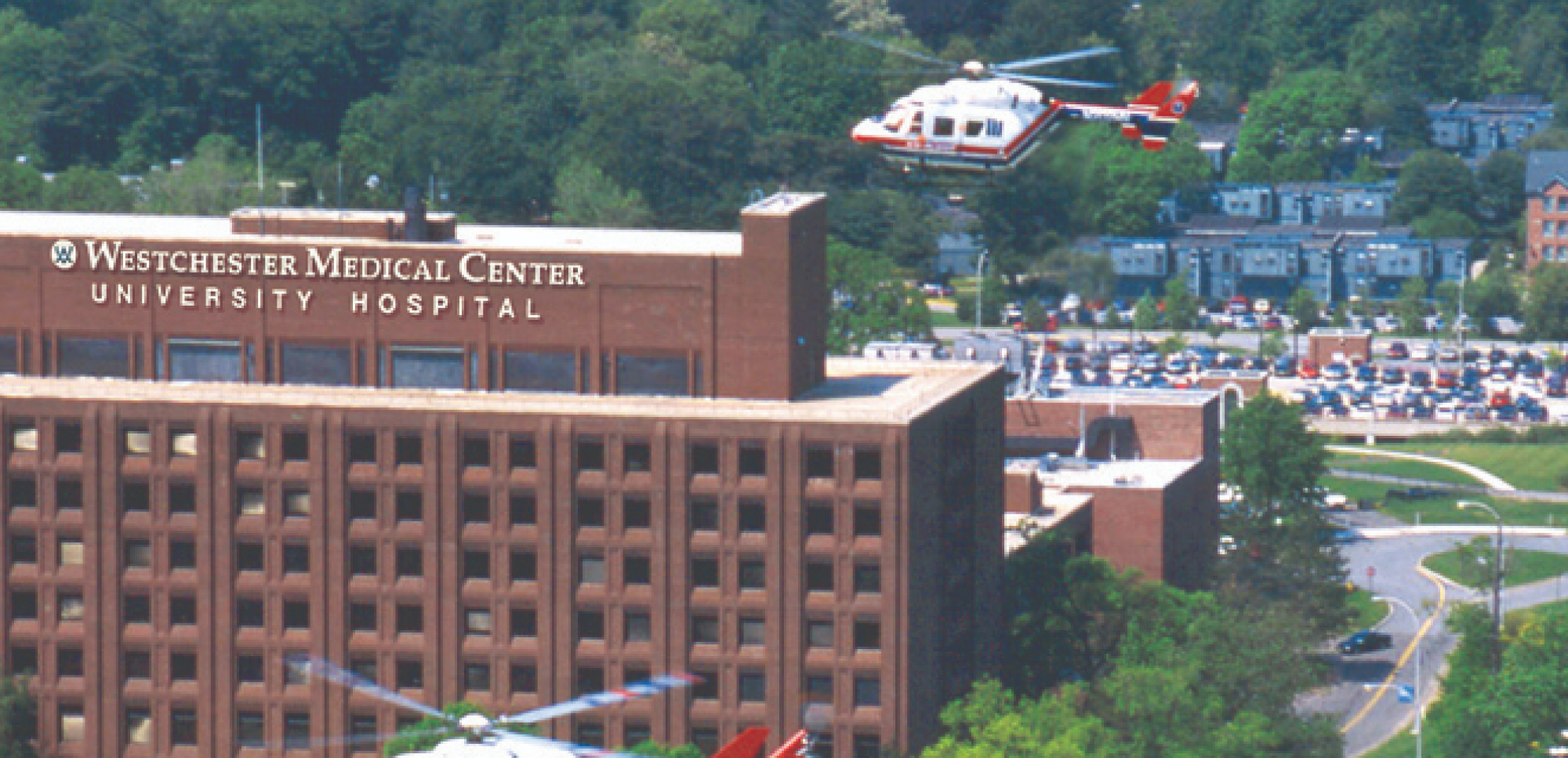
1978
Affiliation with the Archdiocese of NY
The College, already in Westchester, affiliates with the Archdiocese of New York through the efforts of then-Archbishop of New York Terence Cardinal Cooke, which helps provide financial stability and establishes a shared commitment for the public good in the area of health care and the health sciences. The ownership of the College’s Flower-Fifth Avenue Hospital in New York City also come under the auspices of the Archdiocese of New York.
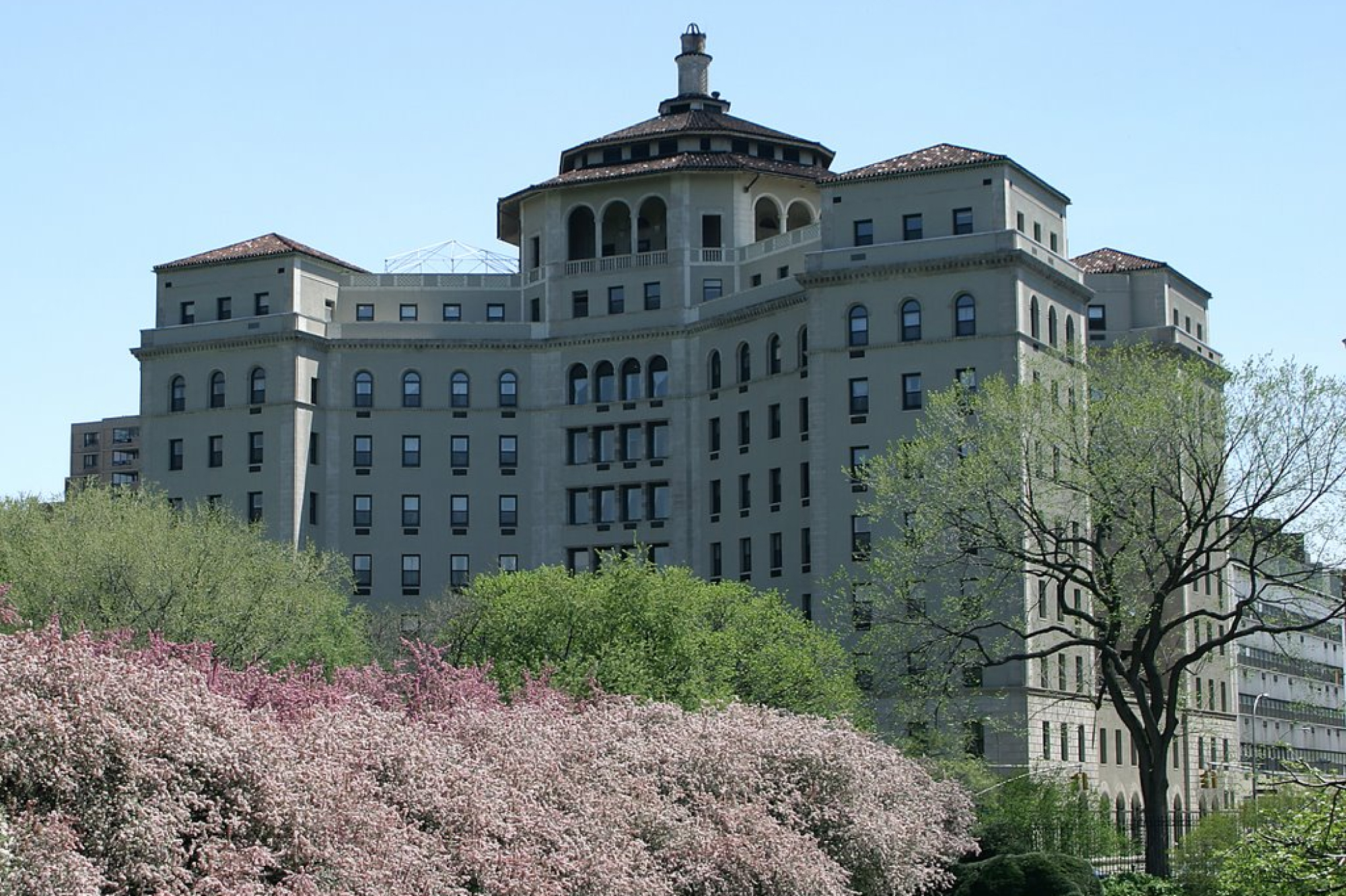
1981
Sixth and final name change
The College officially adopts the name “New York Medical College.”
1980s
AIDS epidemic
AIDS is first recognized by the United States Centers for Disease Control and Prevention (CDC) and its cause—HIV infection—is identified. Through its then-hospital-affiliate St. Vincent’s Medical Center in Manhattan, NYMC medical students and residents are at the epicenter of New York City’s AIDS epidemic. SVCMC housed the first and largest AIDS ward on the east coast and is referred to as the "ground zero" of the AIDS epidemic.
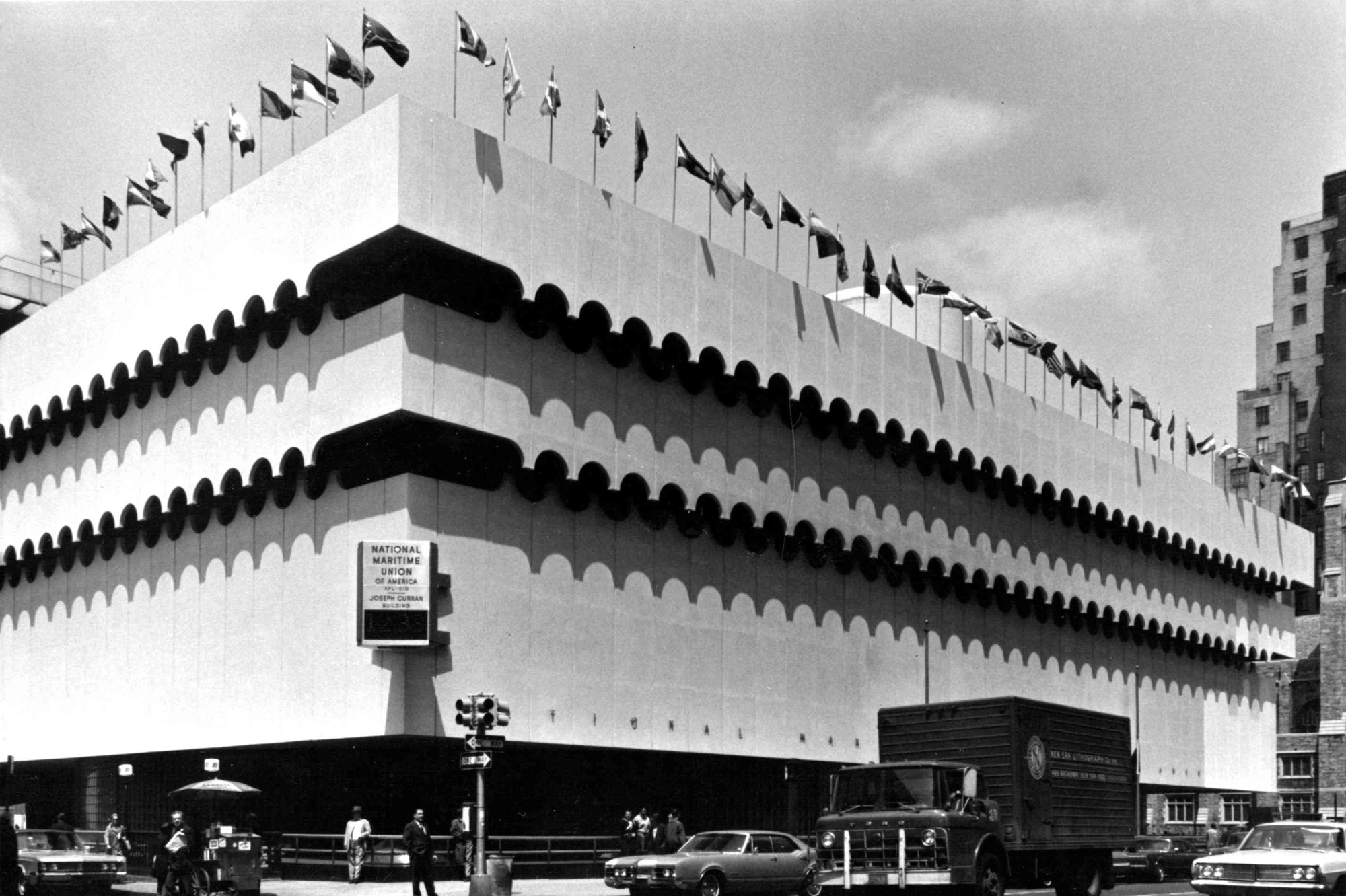
1981
NYMC starts offering the M.P.H.
The Master of Public Health program begins as an outgrowth of the NYMC School of Medicine Department of Family and Community. The Graduate School of Health Sciences (the precursor to the School of Health Sciences and Practice) opens and awards its first degrees in the following years.
1983
A College newsletter
The College community newsletter "NewsWire,” now known as “InTouch,” is first published in 1983, and becomes an online publication in 2014.
1984
A place alumni can call home
After hearing of Westchester County’s demolition plans in 1979, alumni initiate a campaign to restore what was then known as The Strawson House, a nearby property owned by the County. By 1982, funds are achieved and renovations begin in June of 1983. A year later, on June 2, 1984, the house is dedicated and has since been an elegant venue for meetings and events.
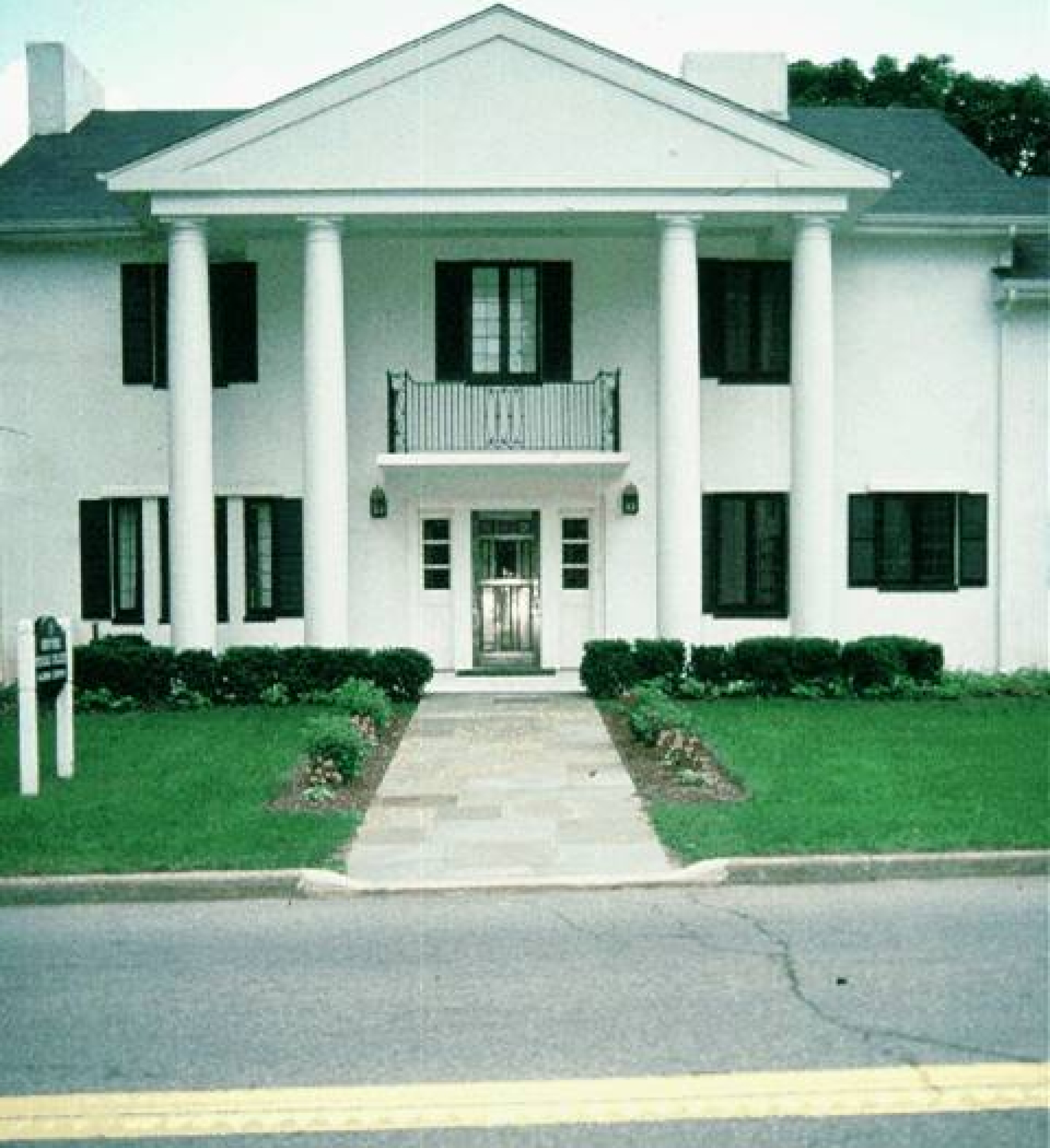
1986
Grasslands I
The College receives a $7.8 million housing complex gift from Grasslands Associates, a partnership which includes Starrett Housing Corporation of New York City. The gift consists of 8.7 acres of land situated adjacent to the College campus with 107-residential-unit buildings. The complex later is known as Grasslands I.
1988
Inaugural Convocation of Thanks
Honoring those who have selflessly given to the College’s medical education program, the inaugural Convocation of Thanks ceremony is hosted by the NYMC School of Medicine Class of 1991—allowing first-year medical students (1Ms) to reflect and show appreciation to the family members of those whose loved one is bequeathed to the anatomy program and used for research during the previous academic year. The ceremony is repeated annually ending with a planting of a tree as a memorial.
1990
SHSP officially becomes its own school
The Graduate School of Health Sciences, now known as the School of Health Sciences and Practice (SHSP), officially becomes a separate school of New York Medical College. Empire Blue Cross and Blue Shield president and chief operating officer and former U.S. General Accounting Office chief health policy advisor Sheila M. Smythe is appointed as its founding dean.
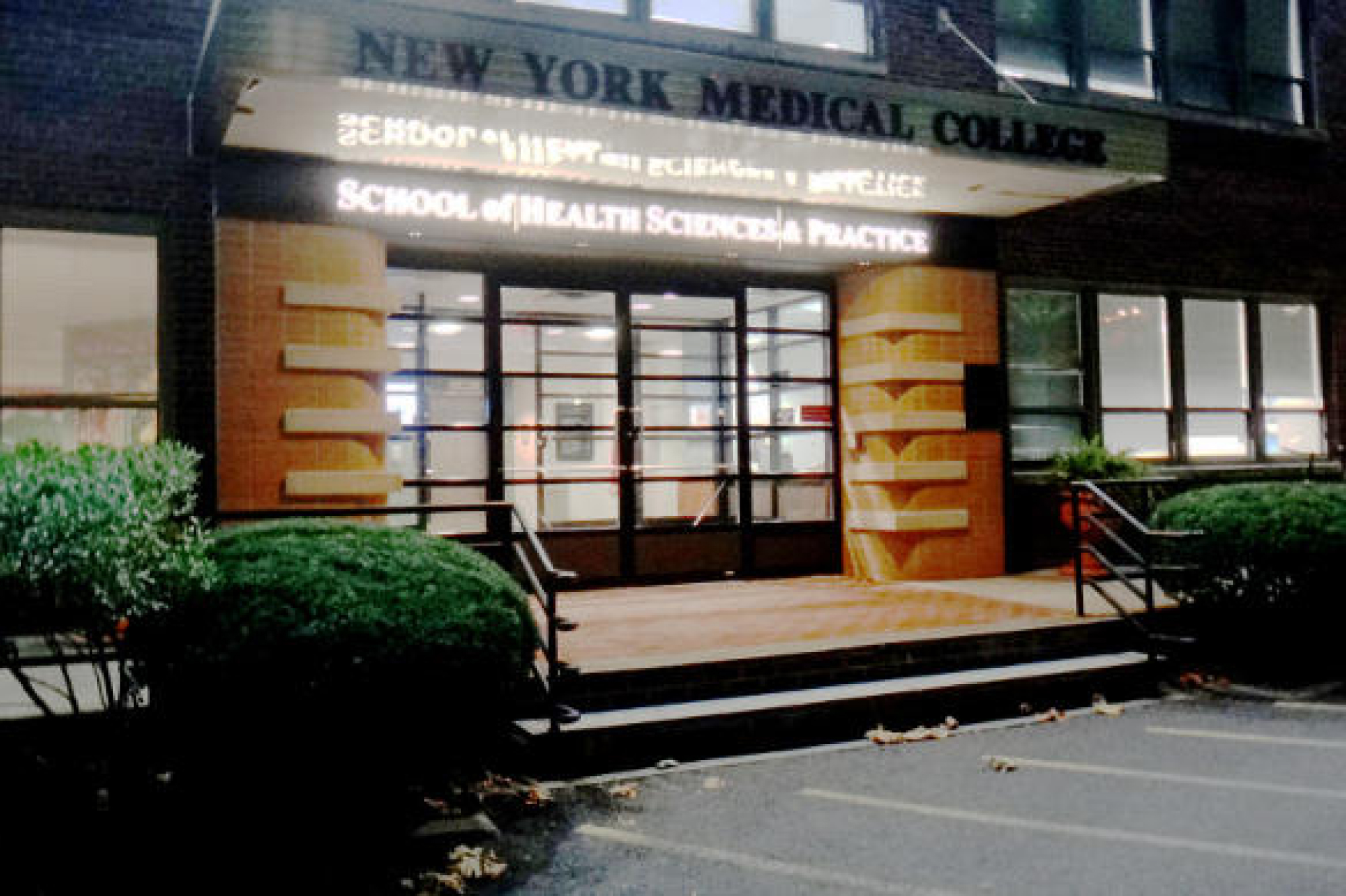
1993
At the Forefront of Flu Vaccine Development
Internationally recognized expert on the genetics of the influenza virus, Professor Edwin D. Kilbourne, M.D., establishes the College laboratory that supplies the recombinant strains used in preparing the annual influenza vaccine used worldwide. Dr. Kilbourne donated a catalog of nearly 200 influenza virus reassortments and mutants to the National Institutes of Health (NIH) to enable scientists free access to the library of viral artifacts, named the Kilbourne/New York Medical College Archive.
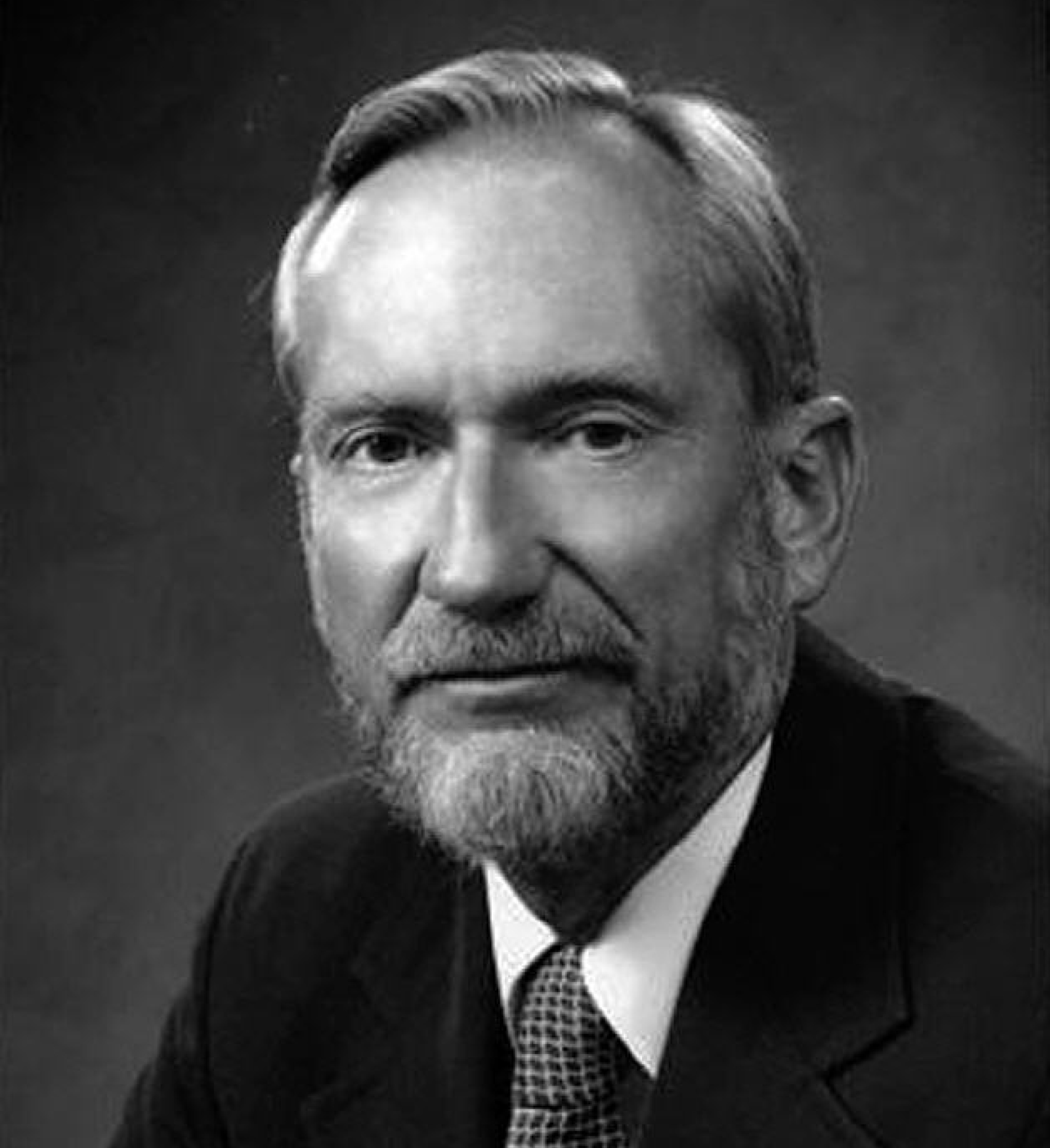
1993
Grasslands II opens
On-campus student housing expands after construction of the Grasslands II residences. Occupancy begins in July 1993 with a celebratory ribbon cutting in October of that year.
1996
NYMC on the Web
New York Medical College launches its presence at www.nymc.edu
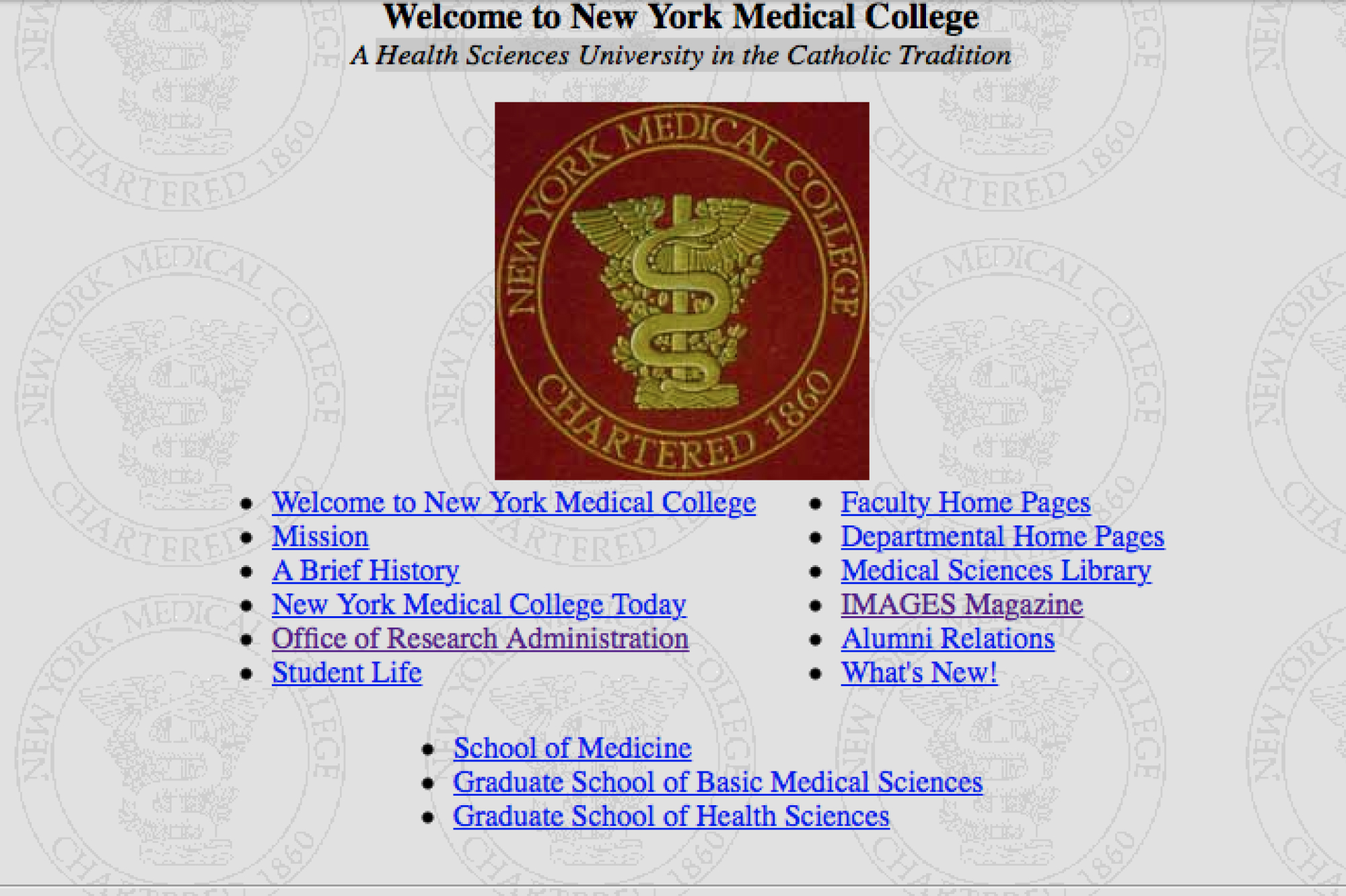
1996
White Coat Ceremony
The first White Coat Ceremony at New York Medical College is held for incoming medical students signifying the beginning of a medical student’s career.
1997
NYMC admits its first PT class
The physical therapy program begins in the Graduate School of Health Sciences (now the School of Health Sciences and Practice).
1999
M.S. in SLP
Master of Science in Speech-Language Pathology begins in the Graduate School of Health Sciences (now the School of Health Sciences and Practice).
2001
MEC opens
After two years of construction, the College opens the four-story Medical Education Center, which expands library and research space and boasts a state-of-the-art gross anatomy laboratory on the top floor.
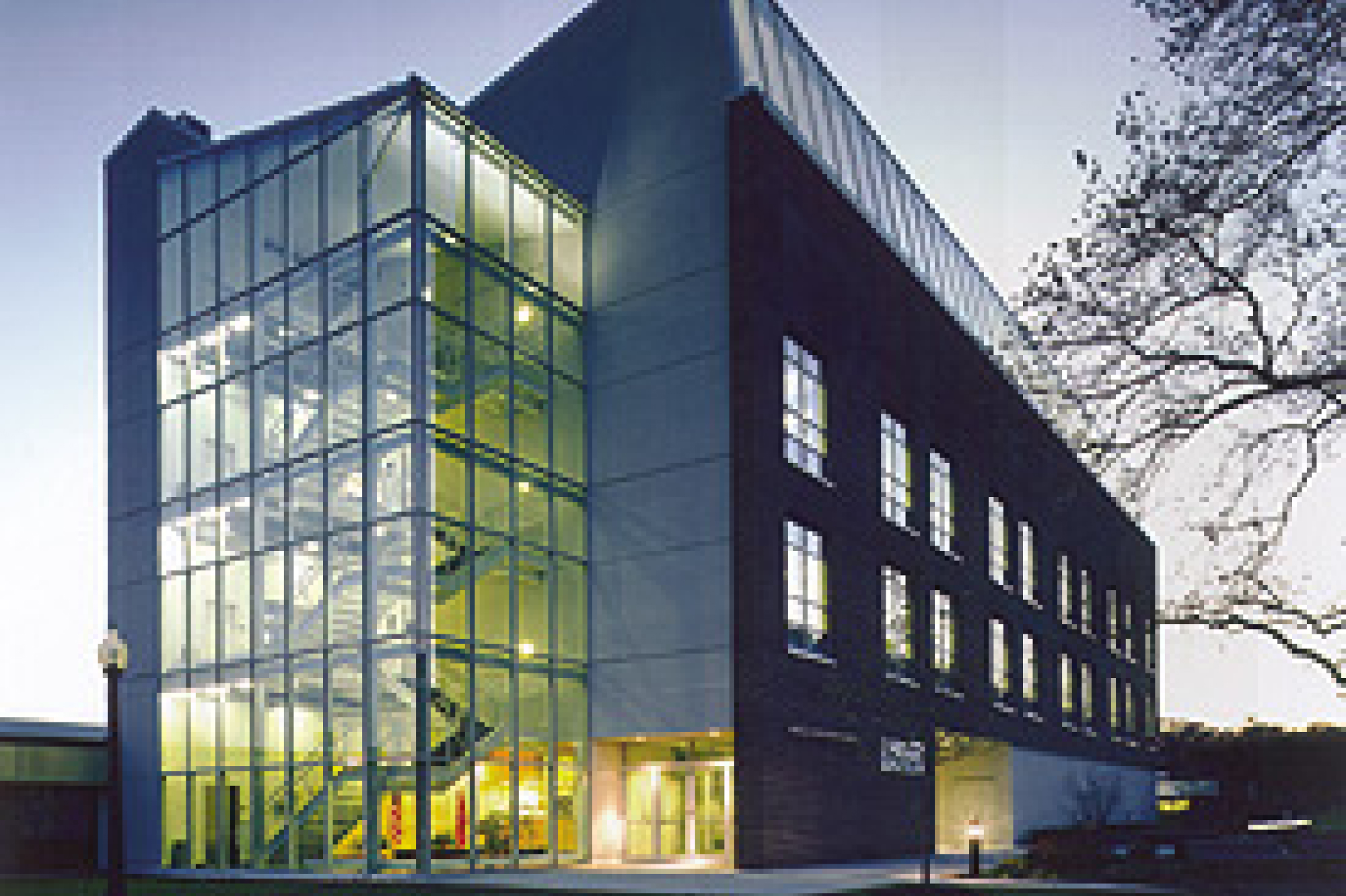
2001
National tragedy close to home
Following the September 11 attacks, students and faculty in all three schools mobilize, treating patients at Saint Vincent’s Hospital in Manhattan, serving as paramedics and administering grief and trauma counseling.
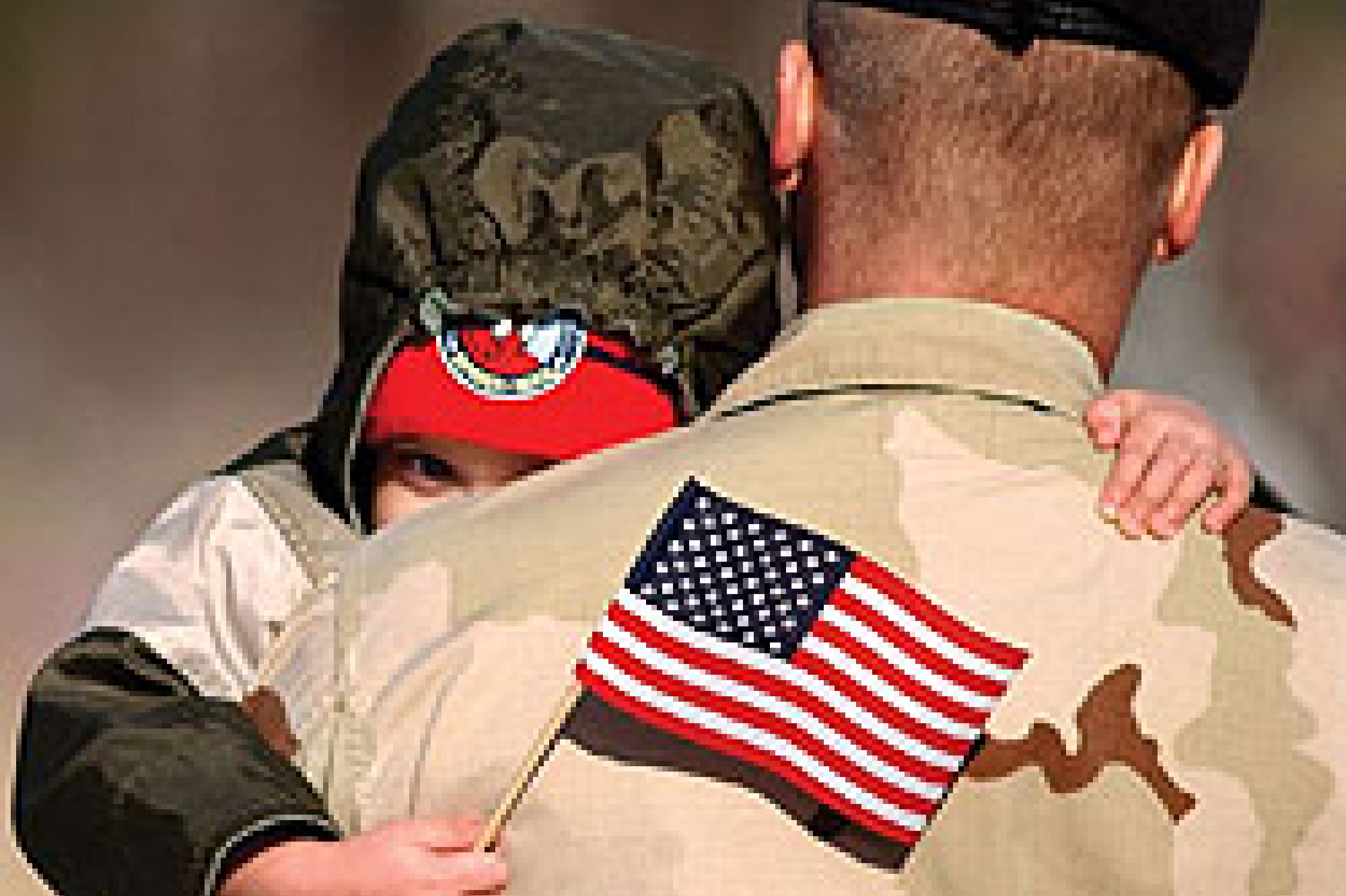
2002
Public Health
The Graduate School of Health Sciences changes its name to the School of Public Health.
2003
An unexpected loss
The NYMC community mourns the sudden loss of the School of Public Health (now SHSP) founding dean Sheila M. Smythe.
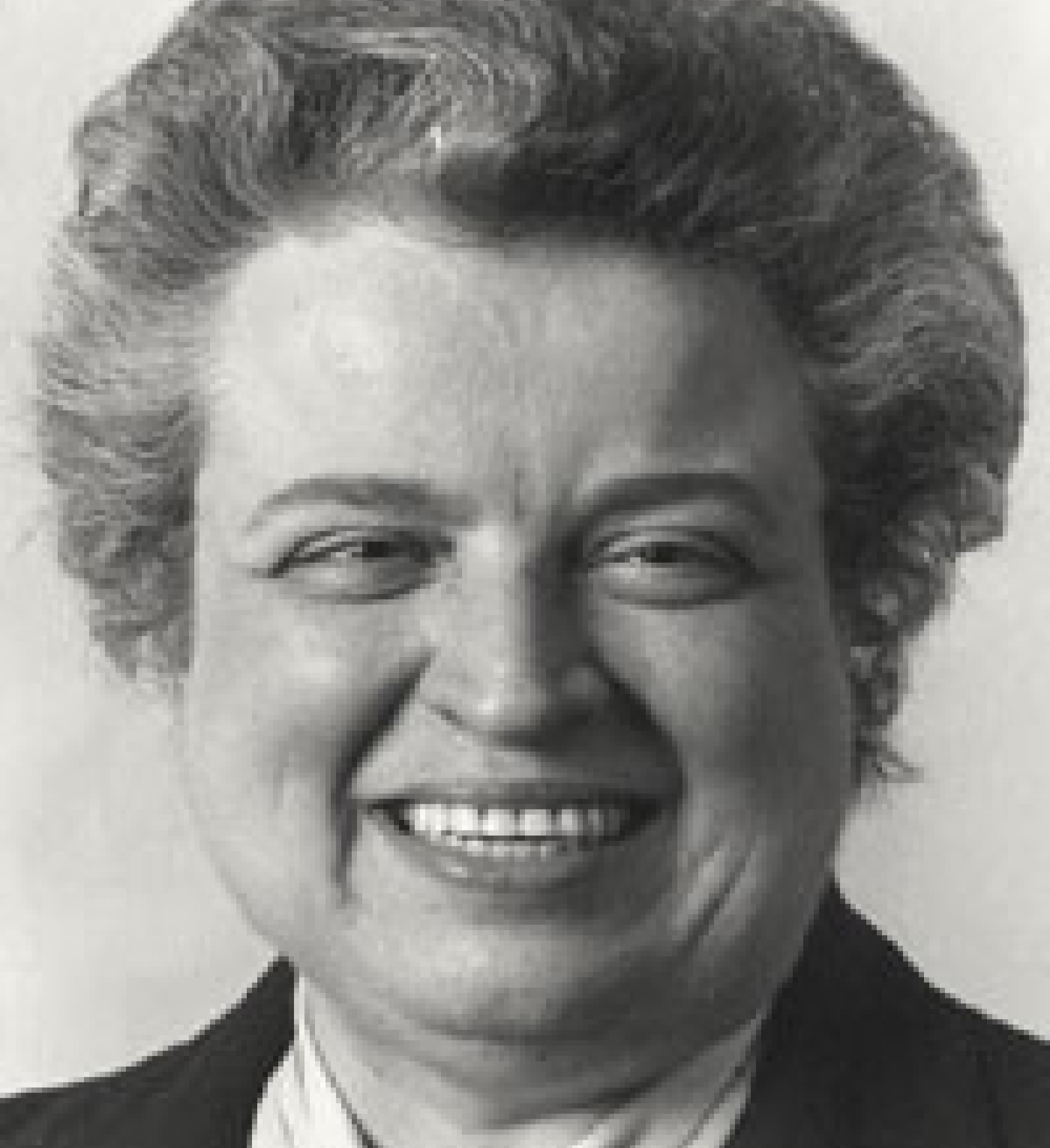
2004
Children’s hospital opens
As part of Westchester Medical Center, an academic health affiliate of New York Medical College, Maria Fareri Children’s Hospital at Westchester Medical Center opens as the advanced care pediatric hospital for New York’s Hudson Valley region and Fairfield County, Connecticut, and major pediatric teaching facility of NYMC.
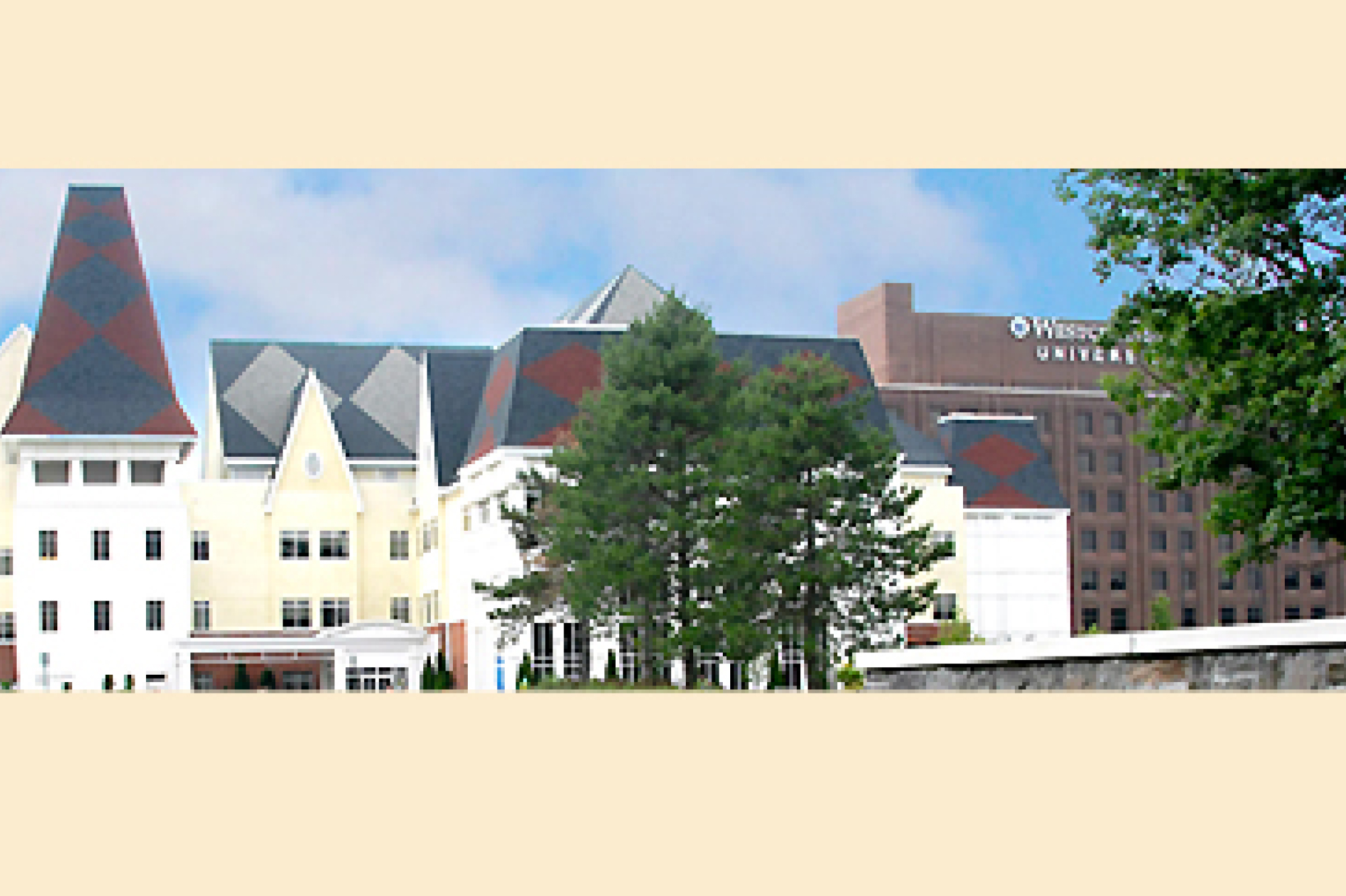
2005
Disaster medicine
The Center for Disaster Medicine opens under the School of Public Health (now SHSP).
2005
First online class
The first online course at NYMC is a Master’s in Public Health course.
2007
A change in the PT field
Following a national standard, the Master’s in Physical Therapy curriculum changes to a Doctor of Physical Therapy (DPT). NYMC’s first class of DPT student begins.
2009
School of Public Health becomes SHSP
The new name for the former School of Public Health becomes the School of Health Sciences and Practice (SHSP).
2009
First online degree
The School of Health Sciences and Practice (SHSP) begins to offer the Master’s in Public Health (M.P.H.) completely online.
2009
CDC taps NYMC lab H1N1 vaccine
After several years of providing the seedstock for the annual flu vaccine, the College microbiology and immunology lab is tapped by the U.S. Centers for Disease Control and Prevention (CDC) to develop a faster growing H1N1 seed vaccine during a resurgence of the swine flu.
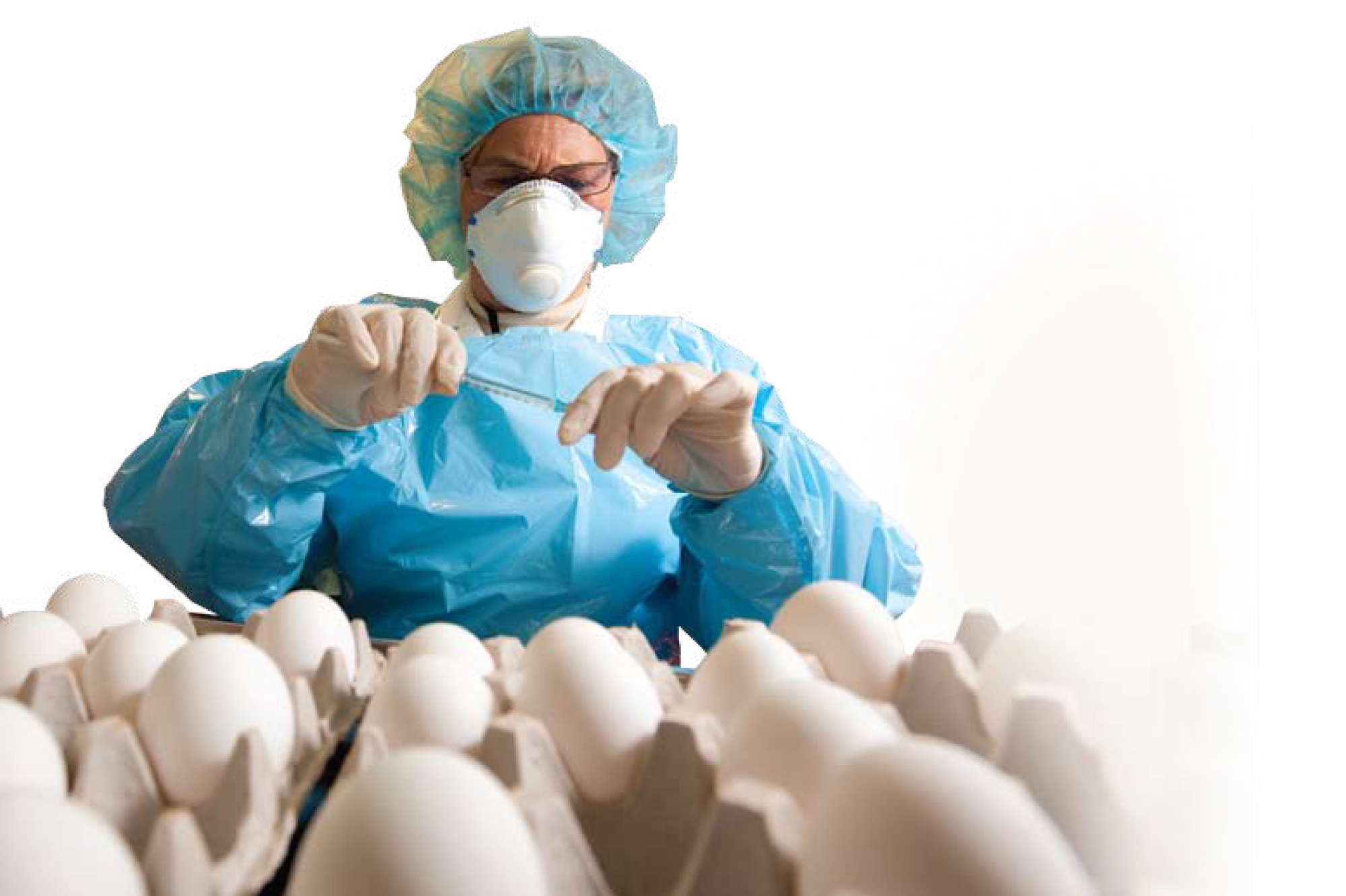
2010
NYMC turns 150!
New York Medical College celebrates its sesquicentennial and graduates the largest class in its 150-year history.
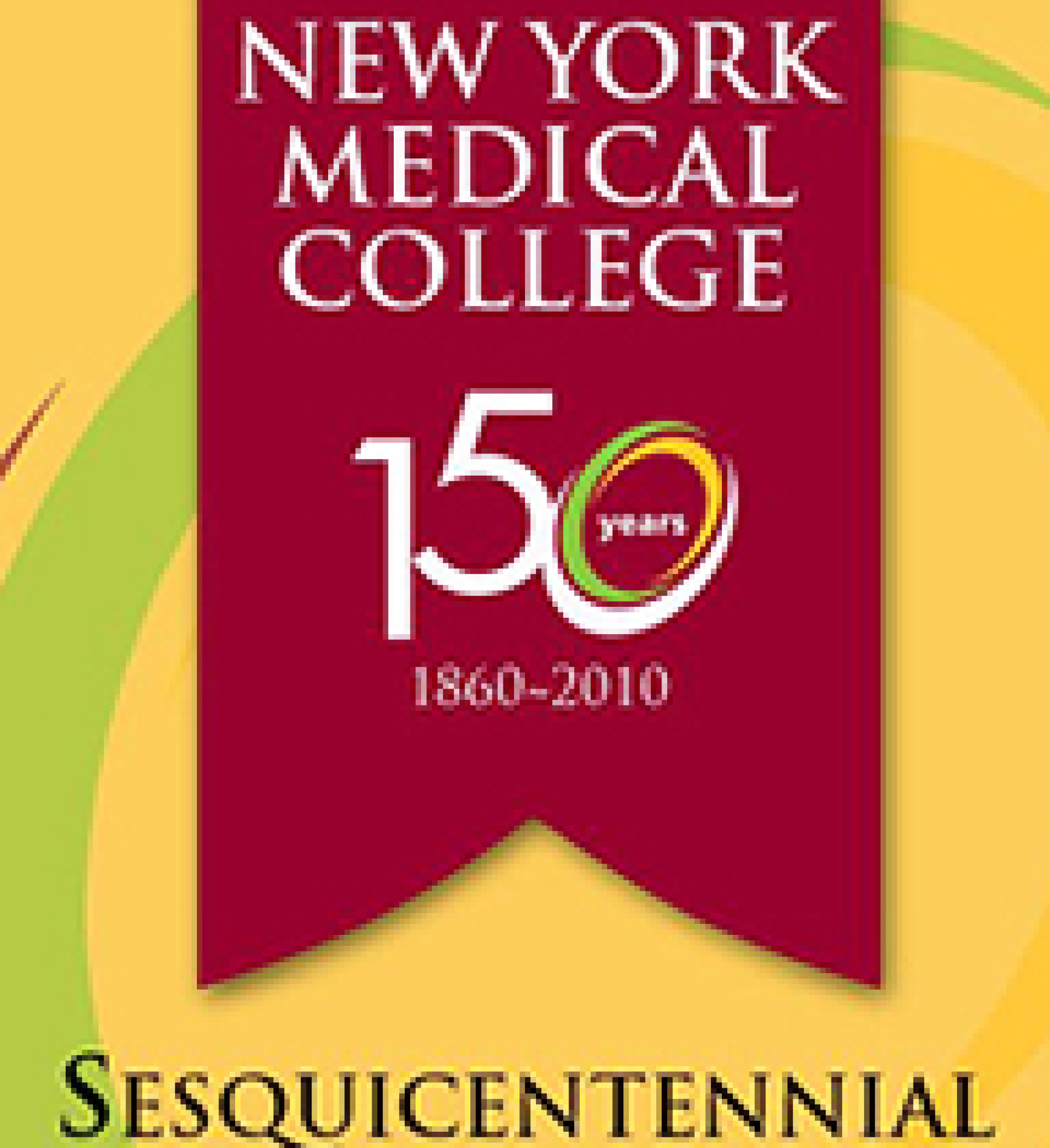
2011
NYMC joins Touro
On May 25, 2011, in a ceremony held at (William Cullen) Bryant Park in New York City, NYMC officially joins the Touro College and University System, replacing the Archdiocese of New York as its sponsor institution.
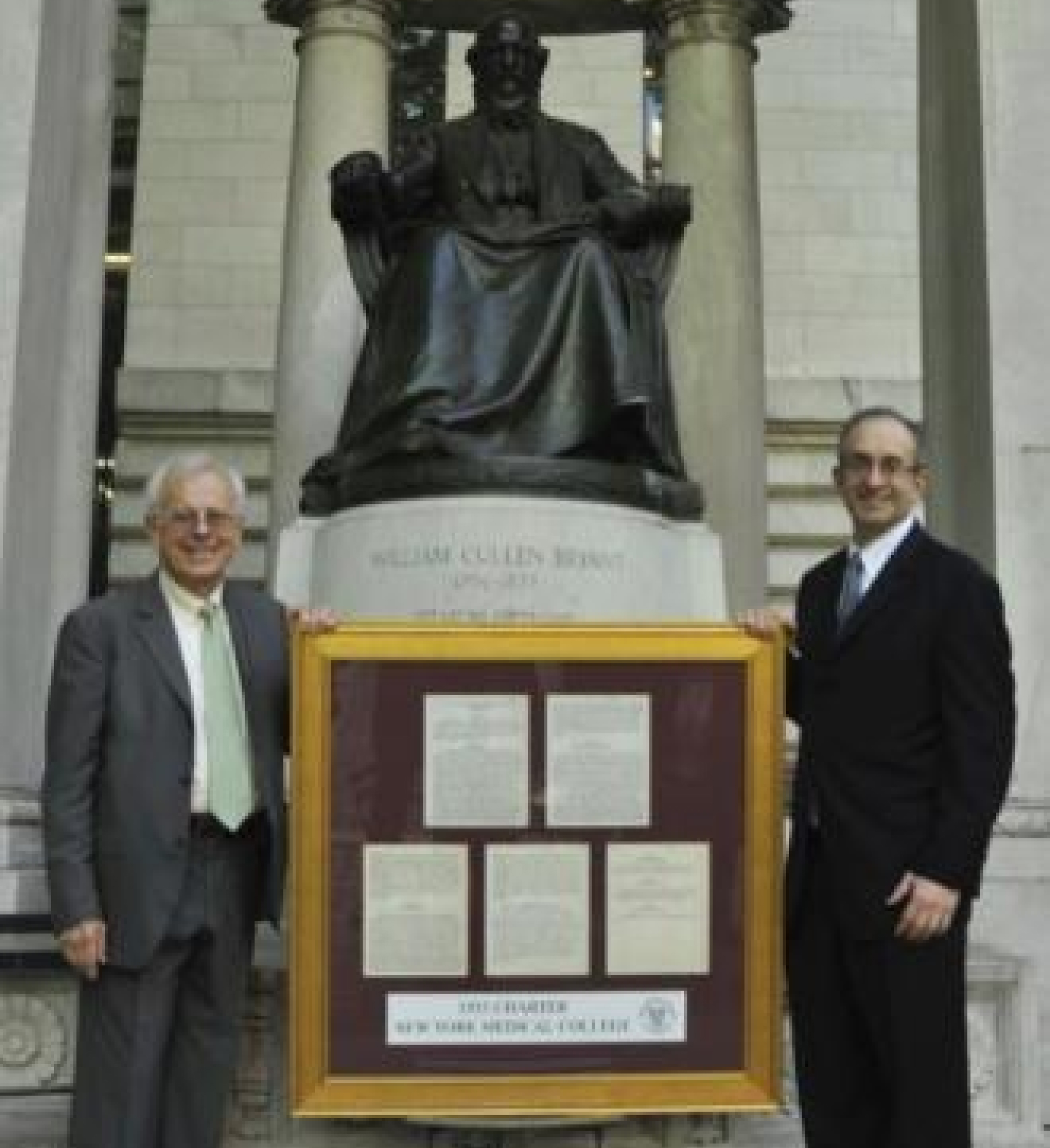
2012
Superstorm Sandy
The NYMC community braces for the effects of Superstorm Sandy. A year later, the Center for Disaster Medicine at New York Medical College School of Health Sciences and Practice, the National Center for Disaster Preparedness (NCDP) at Columbia University, and the New York City Department of Health and Mental Hygiene work together to study the impact of mold and other health hazards associated with Hurricane Sandy.
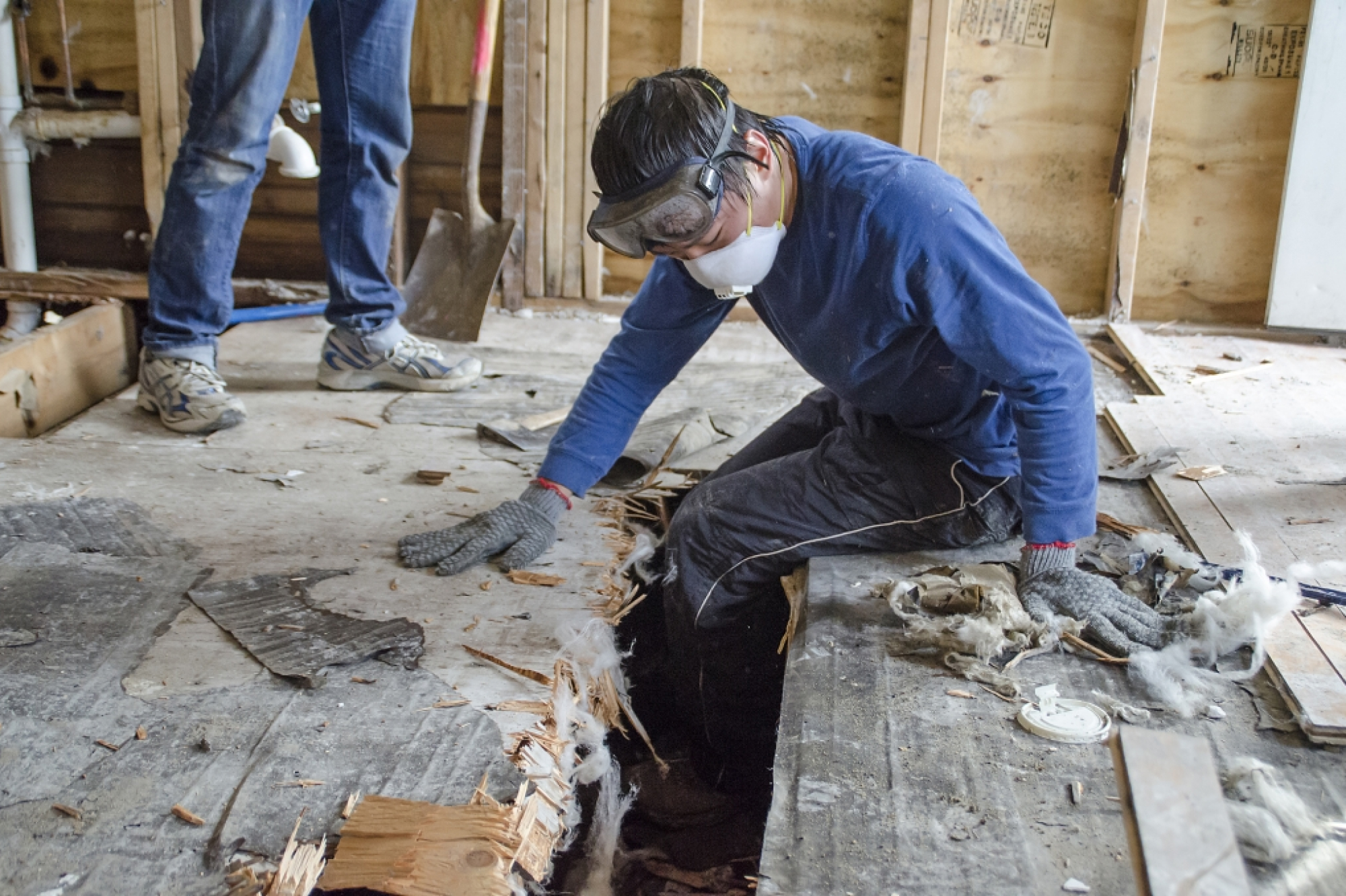
2012
Radiation oncologist, medical historian and educator, becomes chancellor
NYMC taps University of Louisville School of Medicine dean and university vice provost Edward C. Halperin, M.D., M.A., former Duke University associate vice chancellor and Duke Medicine vice dean, as chancellor and chief executive officer of New York Medical College.
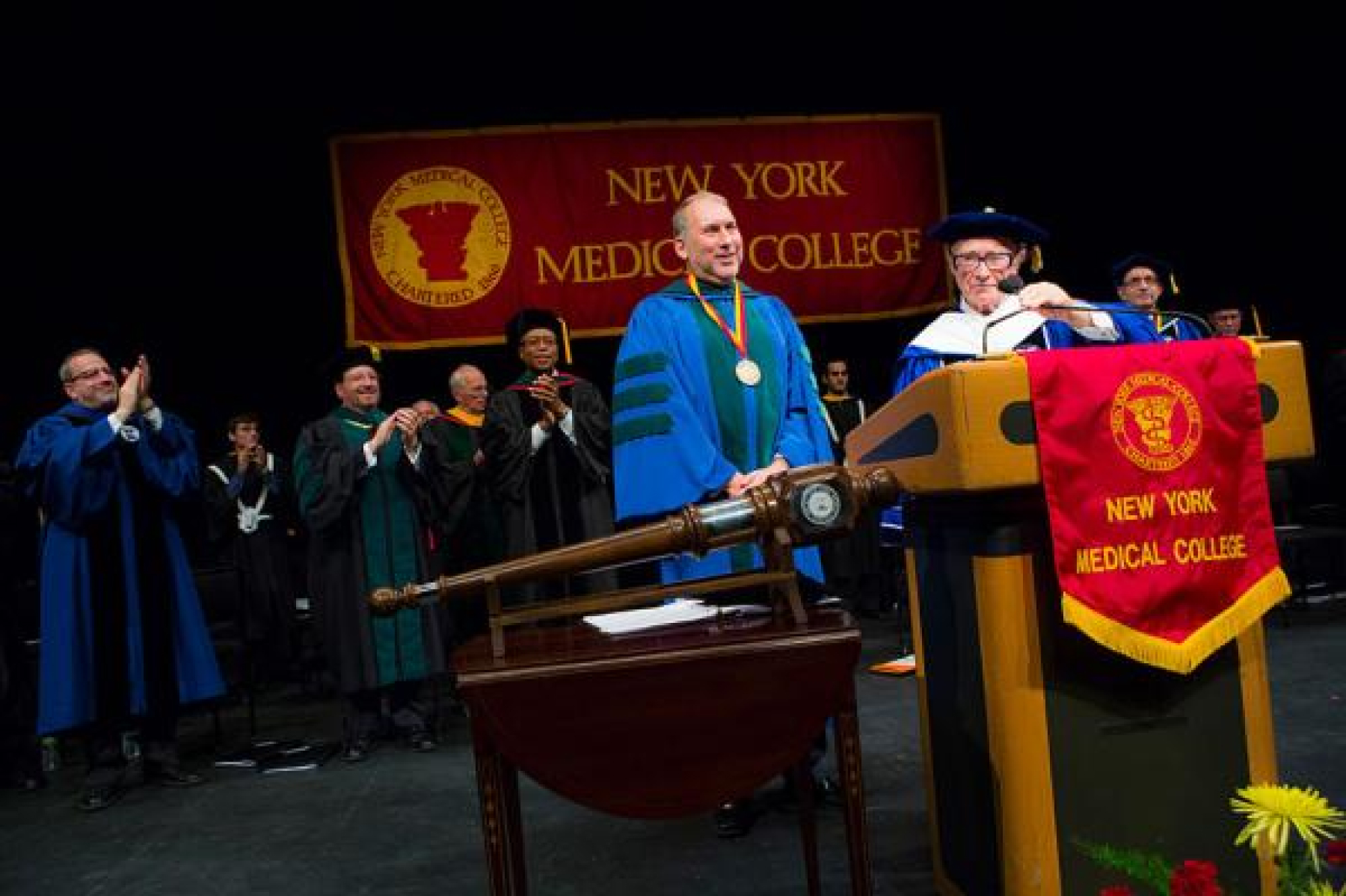
2013
NYMC campus expands
NYMC acquires former IBM headquarters, 19 Skyline Drive, a 250,000 square foot, five-story building complex providing essential space for offices and new programs. In addition, NYMC acquires 7 Dana Road and renovates it into the state-of-the-art Clinical Skills and Disaster Medicine Training Center.
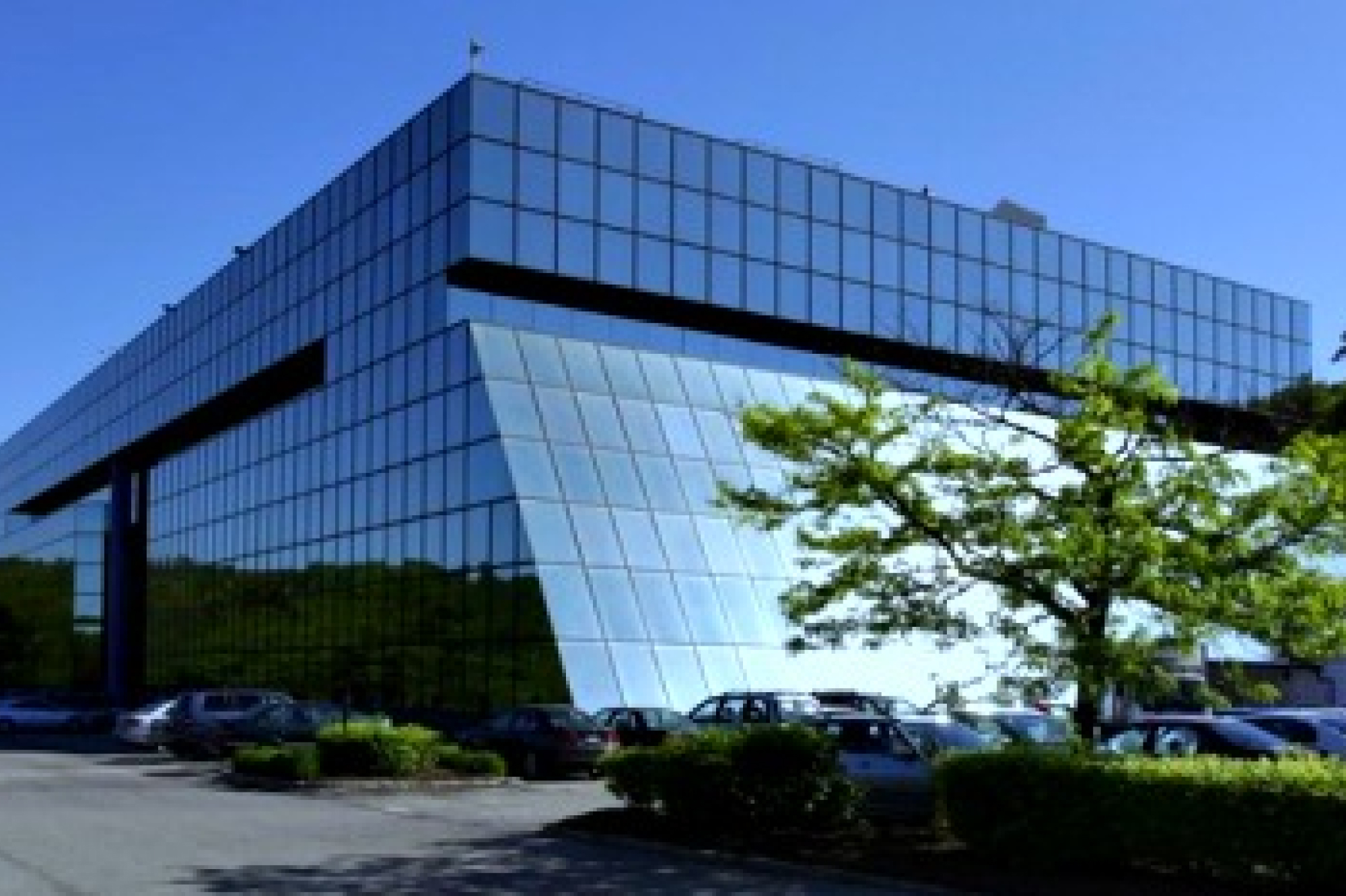
2014
Deadly medicine
The summer of 2014 saw the College host the United States Memorial Holocaust Museum traveling exhibition, “Deadly Medicine: Creating the Master Race.” The exhibition traces the history from the early 20th-century international eugenics movement to the Nazi regime’s “science of race.” It also challenges viewers to reflect on present-day interest in genetic manipulation that promotes the possibility of human perfection. Produced by the United States Holocaust Memorial Museum, the exhibit is made possible by The Lerner Foundation and Eric F. and Lore Ross, with additional support from the Lester Robbins and Sheila Johnson Robbins Traveling and Special Exhibitions Fund.
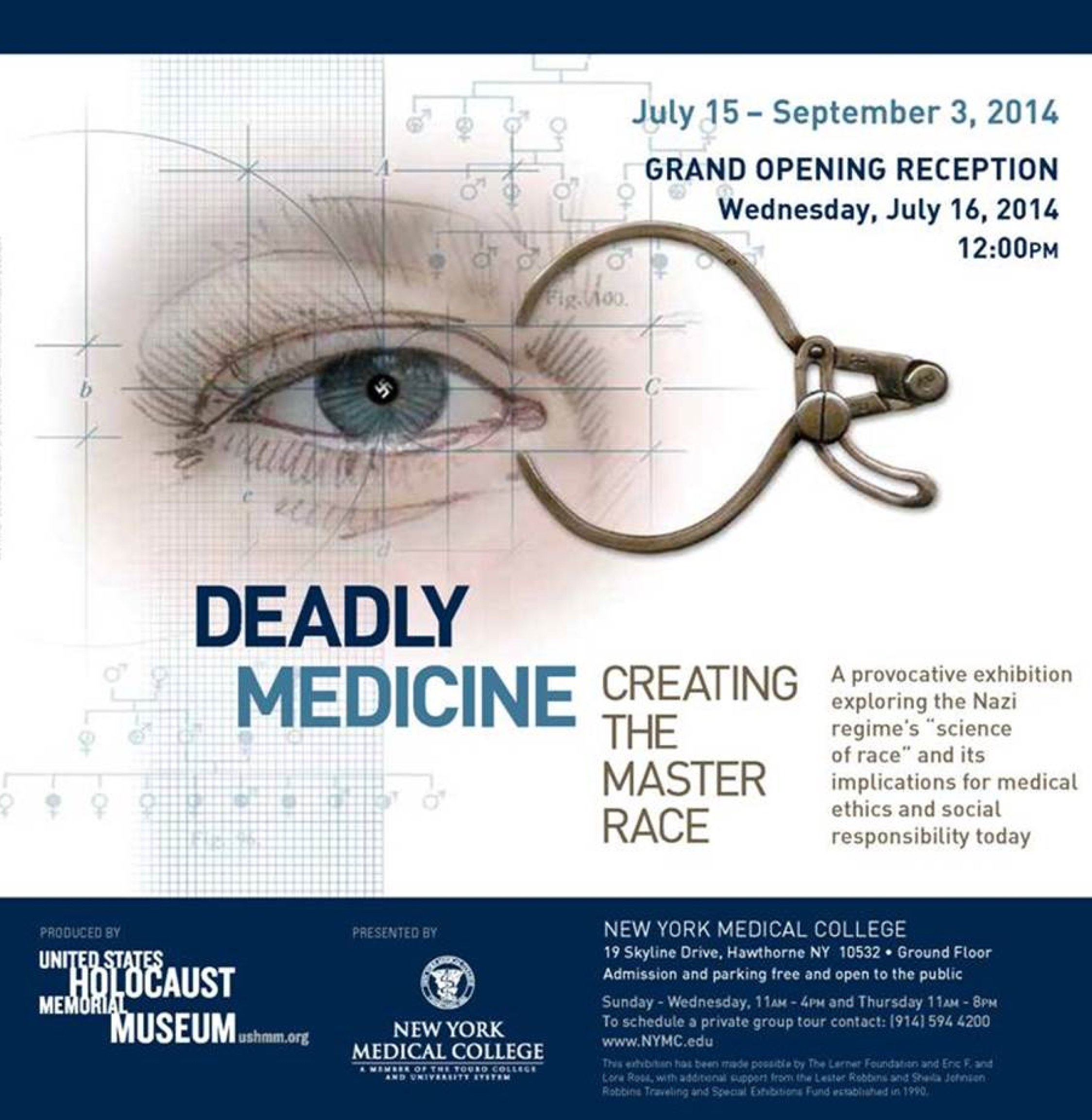
2014
BioInc@NYMC
Launch of New York Medical College’s biotechnology incubator, BioInc@NYMC, housed at the 7 Dana Road facility.
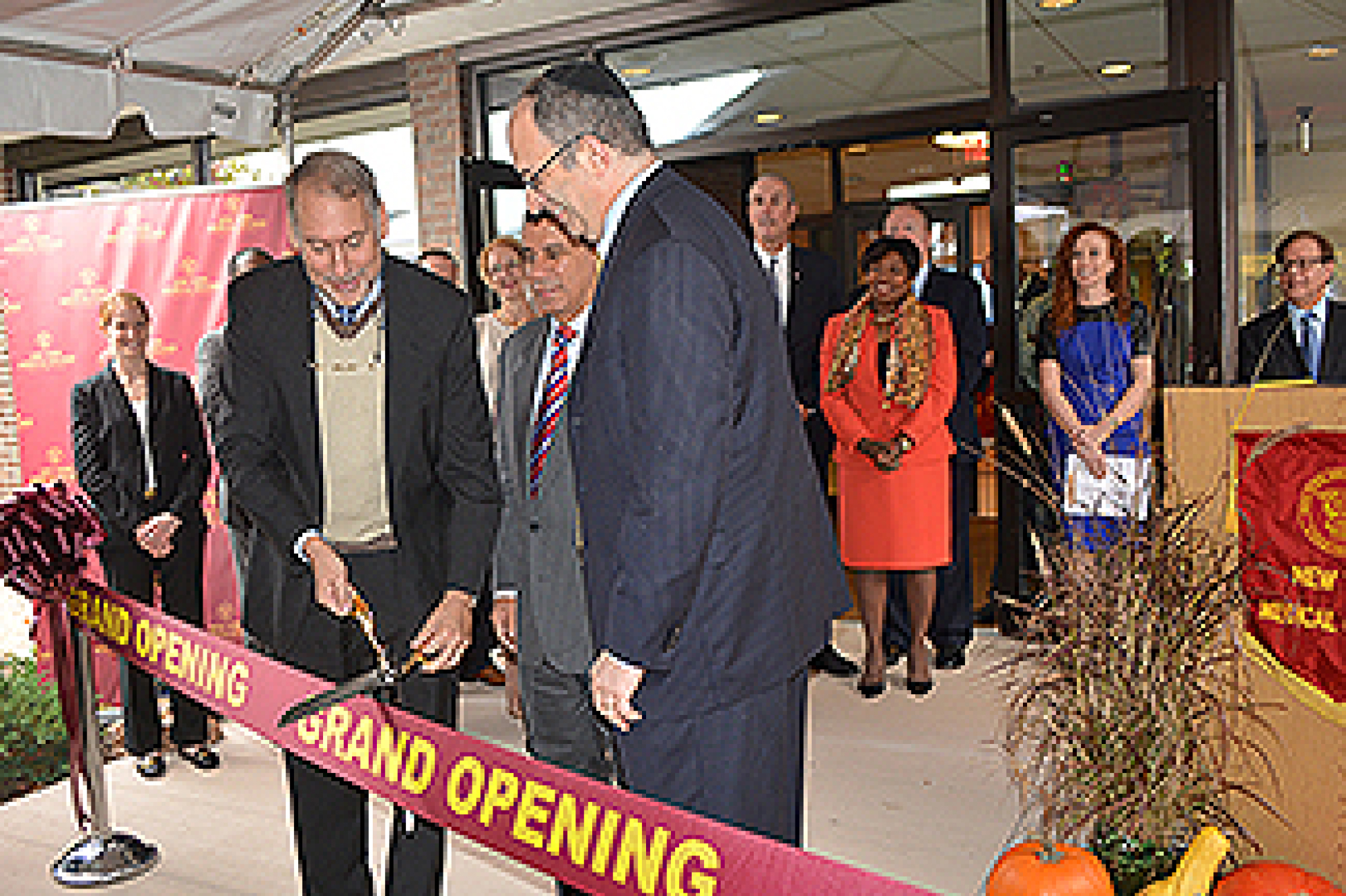
2015
Darwin discovery on campus
A New York Medical College senior vice president finds a handwritten letter, which dates back to 1879, from Charles Darwin in an office closet. Darwin, the world famous naturalist who wrote about the theory of evolution, was writing to Ernst Krause, author of a book about Darwin’s grandfather.
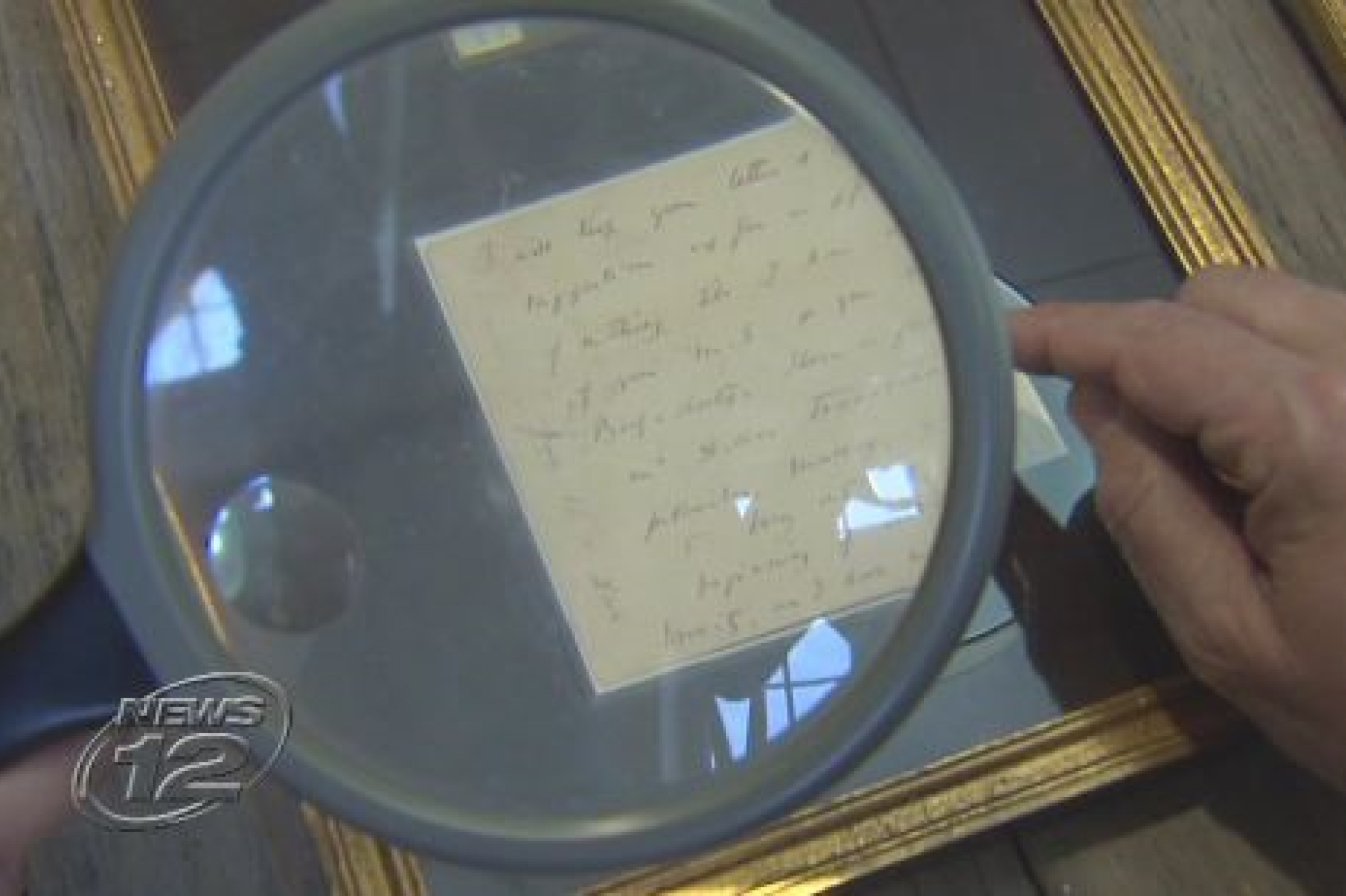
2015
Celebrated NYMC Professor Wins Nobel
Longtime celebrated scientist and former NYMC professor William Campbell, Ph.D. is awarded the 2015 Nobel Prize in Physiology or Medicine (which he shares with Satoshi Mura of Japan) for their work in discovering Ivermectin, which has drastically reduced occurrences of river blindness and lymphatic filariasis (commonly known as elephantiasis). The drug was developed in the late 1980s and annually treats ~25 million people, preventing new cases of river blindness.
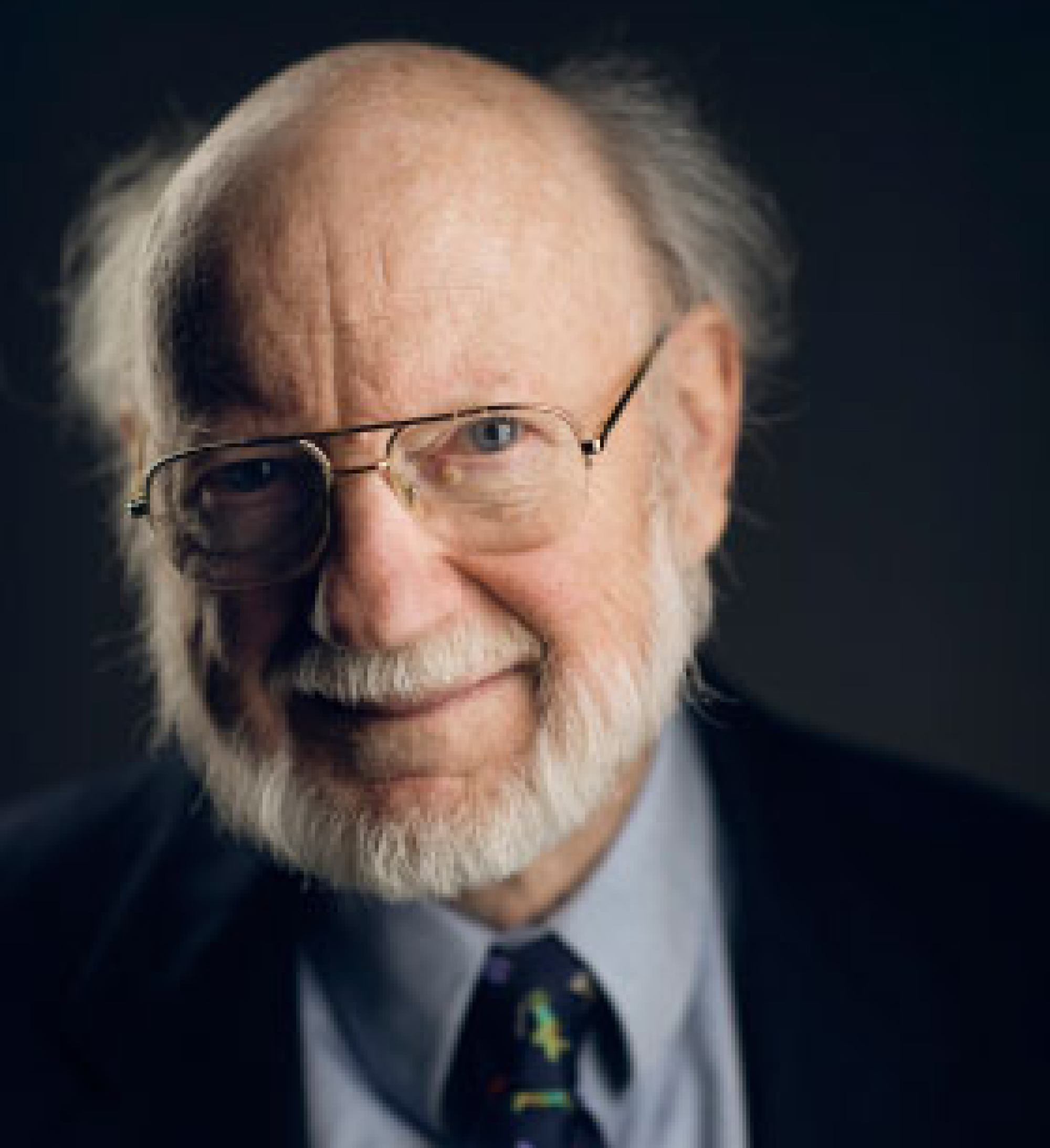
2016
New Fitness Center
NYMC is in the business of health: bringing compassionate care and sound health to patients, communities, the region, and populations across the world. On Wednesday, February 17, the gift of health and wellness was given back to the College, by David E. Asprinio, M.D., chairman of the Department of Orthopedic Surgery and professor of clinical orthopedic surgery, and the NYMC Board of Advisors, including Dr. Katzenstein and Dr. Kathleen Finzel. Their generous donations supported the building of the Dr. Edward F. and Mrs. Anna M. Asprinio Fitness Center, named for Dr. Asprinio’s parents.
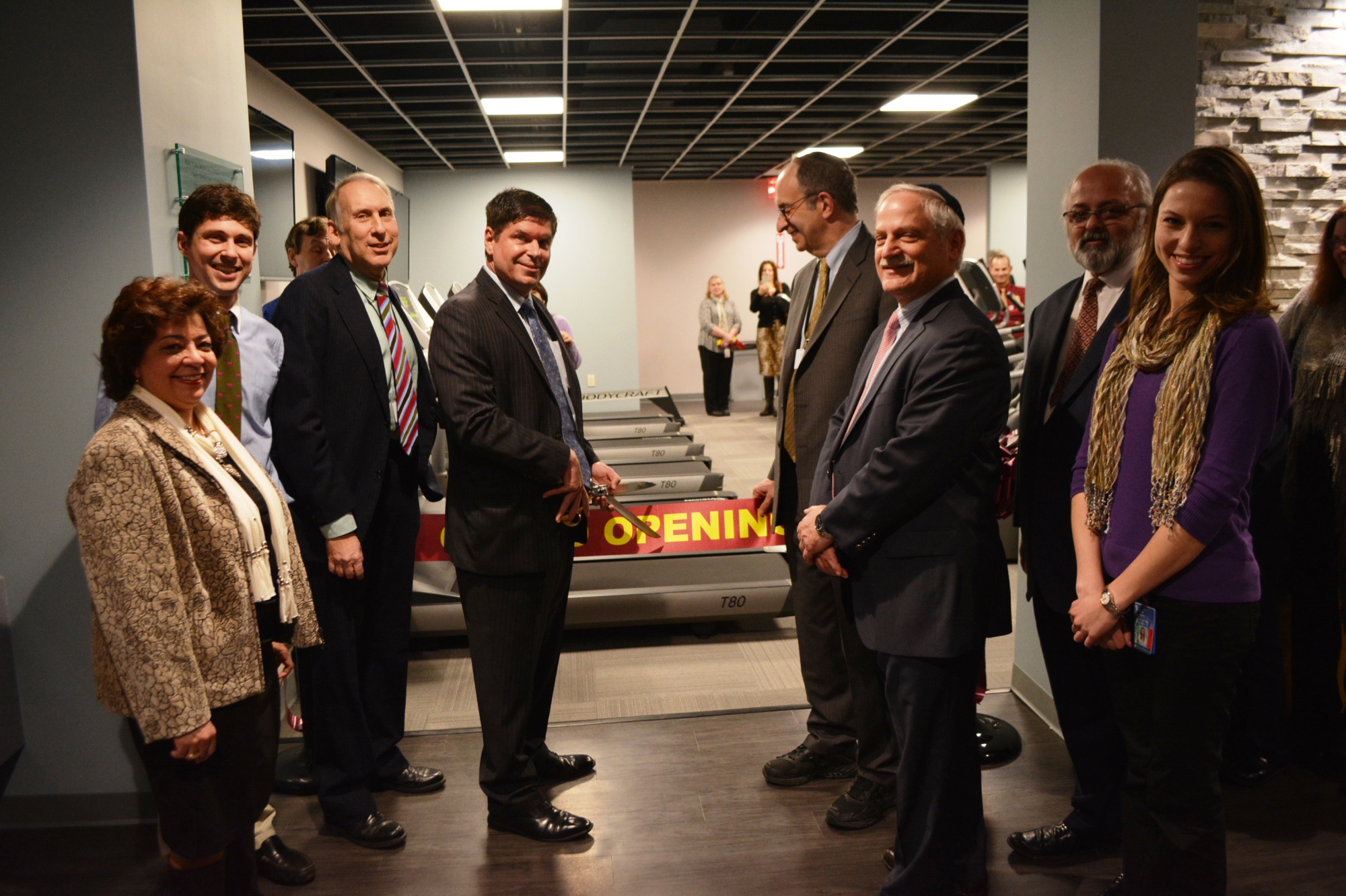
2016
First New Dental School in NY in Nearly 50 Years
Final state approval was received to establish the Touro College of Dental Medicine (TCDM) at New York Medical College at 19 Skyline Drive. The TCDM includes a four-year pre-doctoral program for students and a continuing education program for practicing dentists. The TCDM houses a 132-chair community dental clinic focused on providing affordable and quality treatment to patients in local underserved communities.
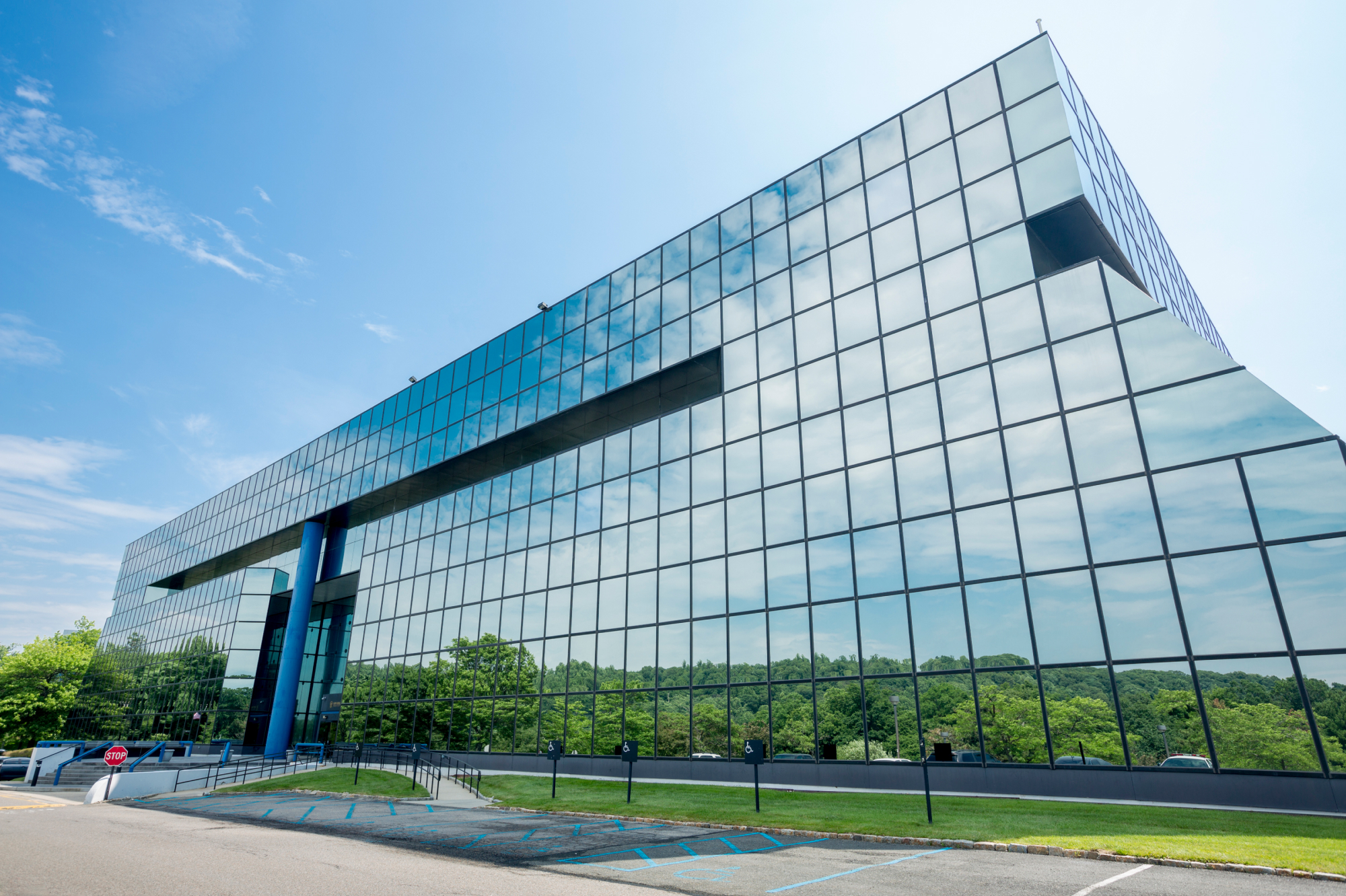
2016
All Roads Lead to... Progress
The pedestrian-friendly quarter-mile driveway opens, providing safe travel between 19 Skyline Drive, which houses NYMC offices and facilities as well as the new Touro College of Dental Medicine, to the main NYMC campus.
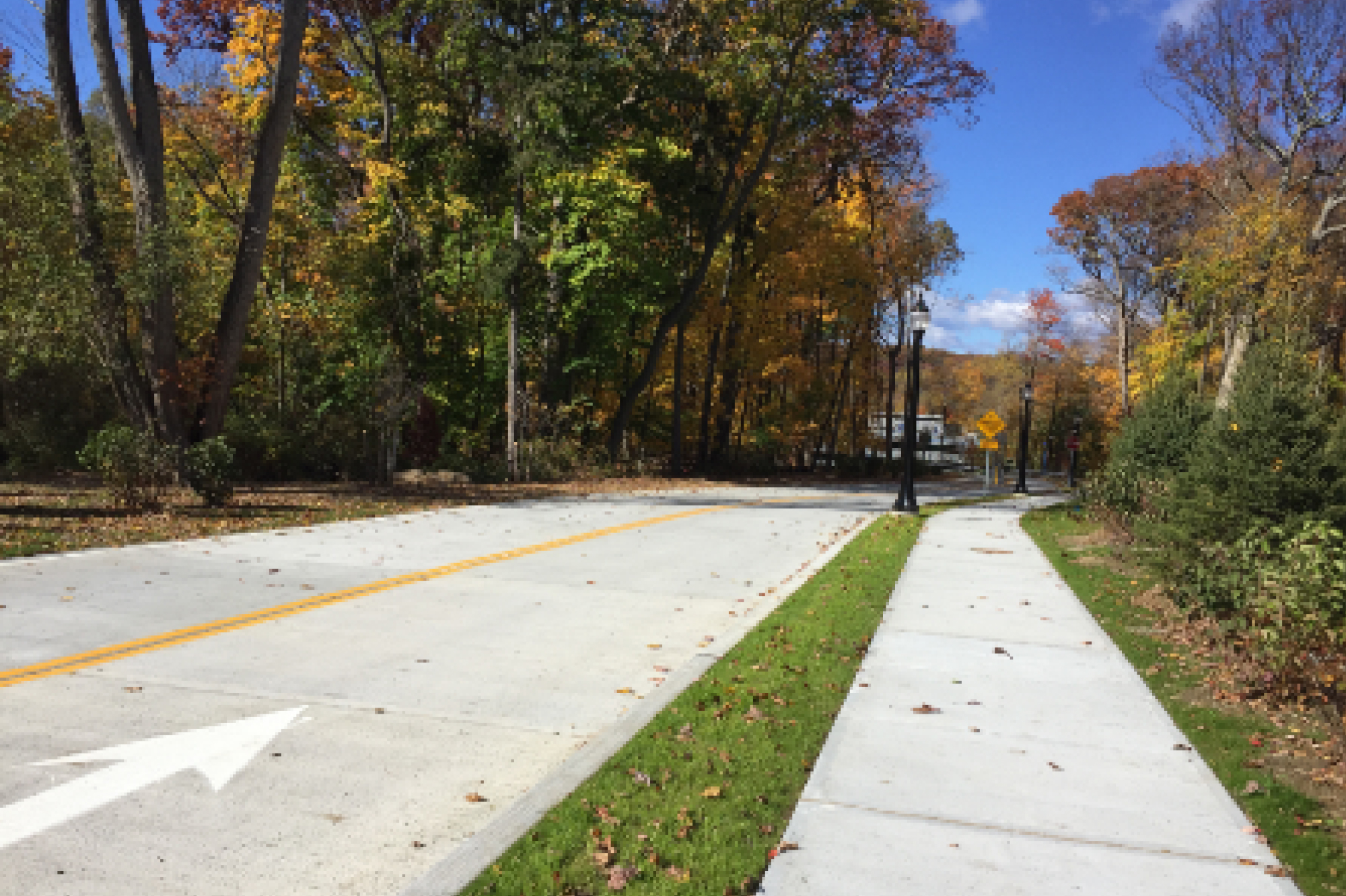
2017
Nursing education continues
In keeping with NYMC’s proud tradition in nursing education, the Touro’s School of Health Sciences launches a new registered nurse (R.N.) to Bachelor of Science (B.S.) in Nursing Program on the New York Medical College campus.
2018
Dental Clinic Opens
The Touro College of Dental Medicine at New York Medical College opens Touro Dental Health, a 32,000-square-foot facility where dental students will be trained and patients from the lower Hudson Valley, Westchester County, and the Metropolitan New York City area, receive comprehensive and affordable care.
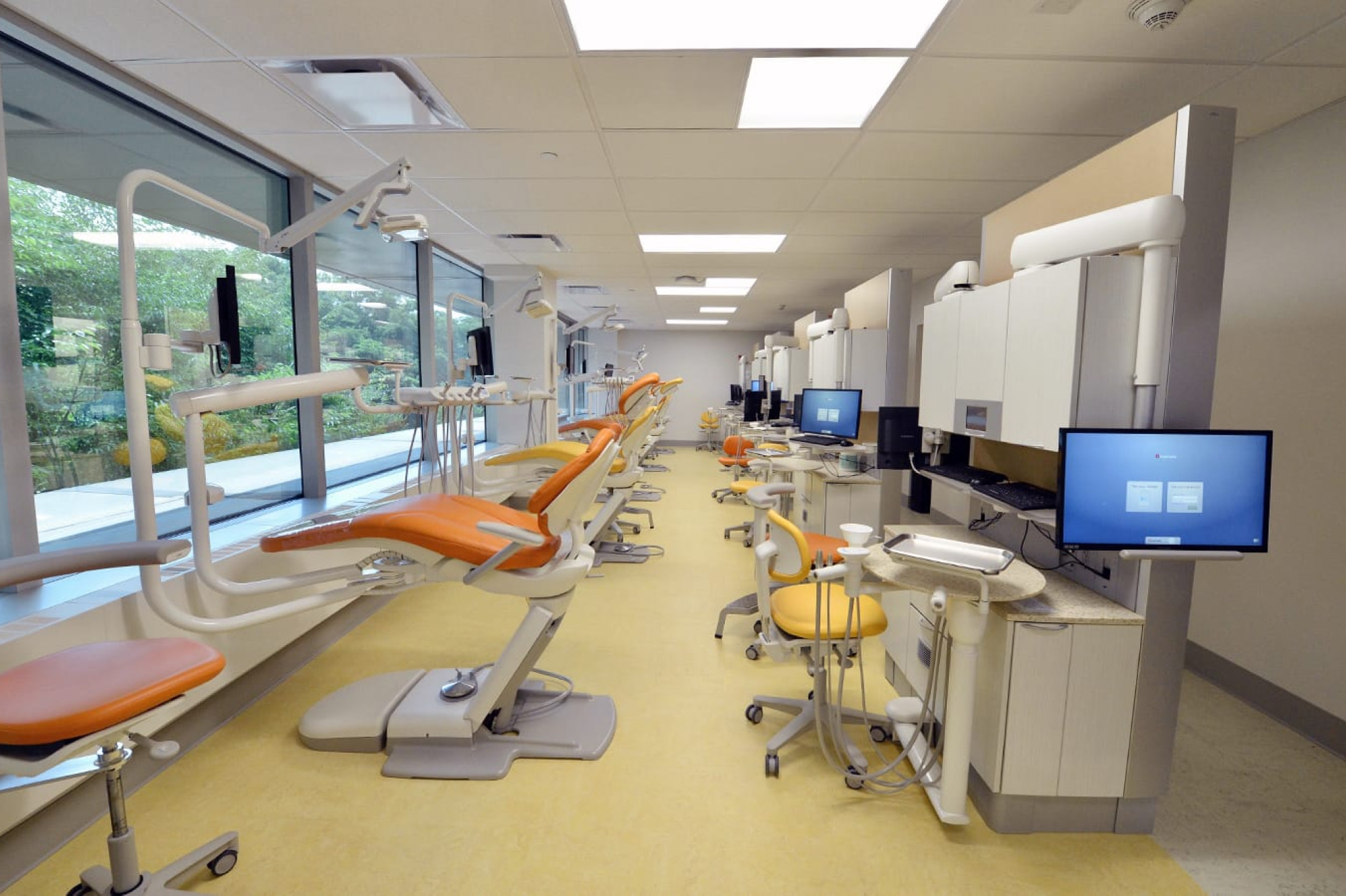
2019
Hales Lobby Gets Renovated
The freshly painted and carpeted space has been reconfigured to accommodate seating for 80 with a combination of couches, ottomans, tables, and chairs including high-tops and seating booths. In addition, the space was renovated to include 24 new electrical outlets and 20 USB outlets. The NYMC community can also utilize two new standalone charging stations with the capacity to charge eight phones each—one in the Hales Lobby and the other in the Health Sciences Library.
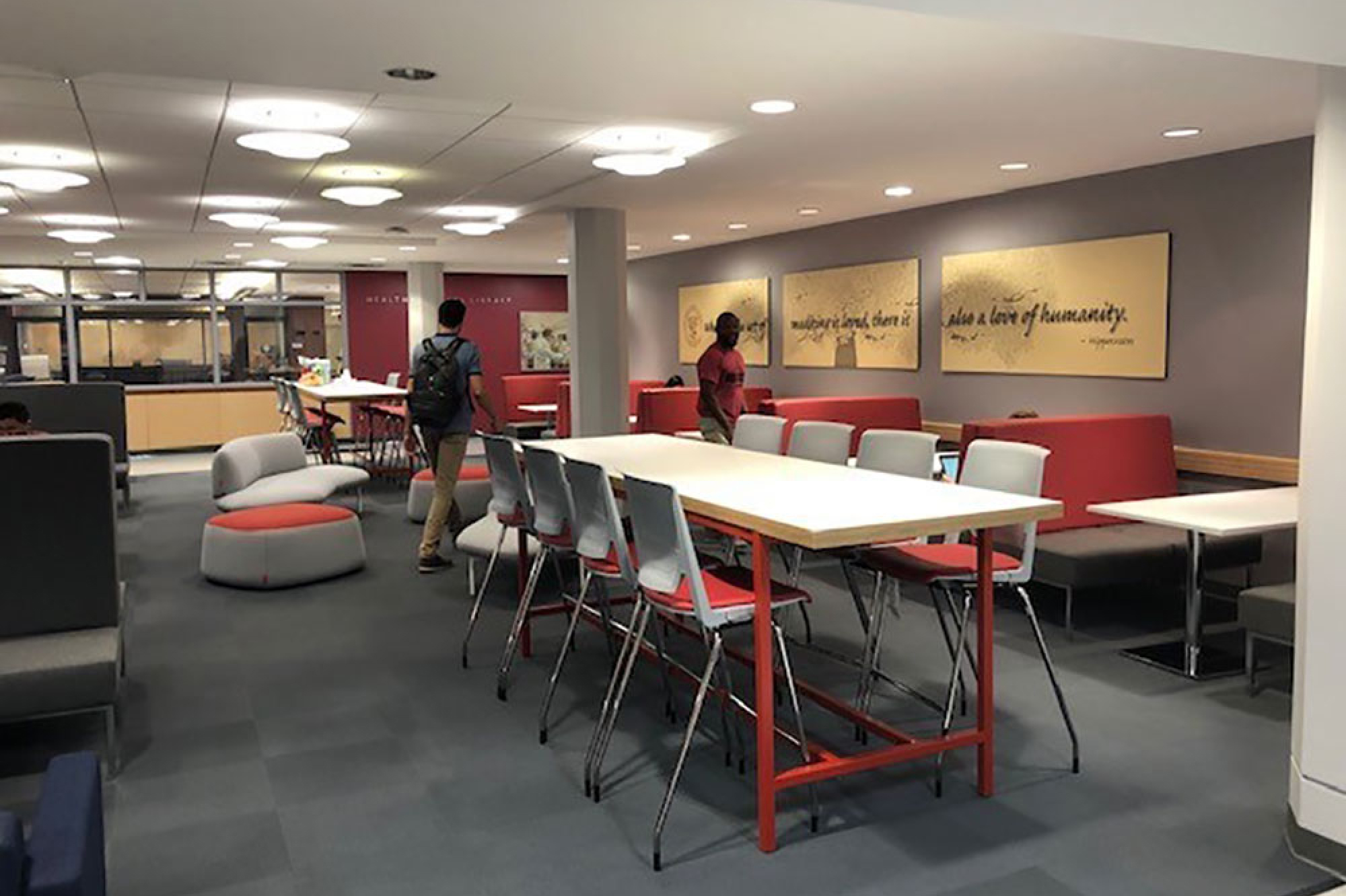
2019
New York Medical College Opens Family Health Center
Located in the same building as the Touro College of Dental Medicine (TCDM) at NYMC, the new health care center provides same day or walk-in appointments on Monday through Friday. The Family Health Center creates enriching education opportunities for the dental and medical students, improving patient outcomes and promoting the new model of dental health which recognizes the important link between dental and primary health.
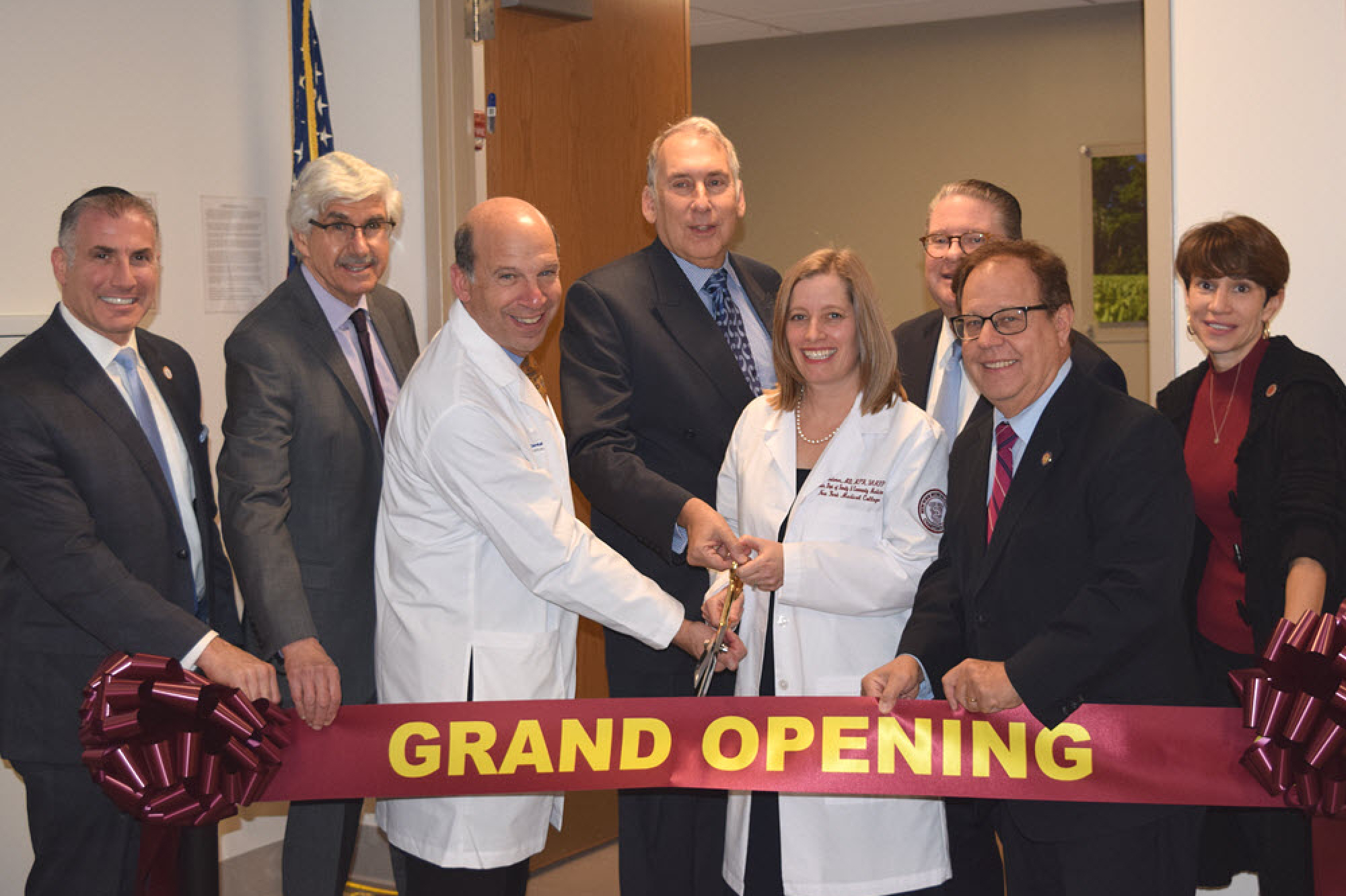
2019
Bioinc@NYMC Celebrates Grand Opening of Expanded Space and Five-Year Anniversary
The expanded space allows the New York State-designated Innovation Hot Spot to incubate up to 20 additional companies at the forefront of medical innovation and provide tenants additional resources to support their growth. BioInc@NYMC previously occupied a 10,000-square-foot wing; the expansion added an additional 9,500 square feet to the incubator. BioInc’s additional space allows for new offices, conference rooms, shared-space desks, and collaboration/event space for seminars.
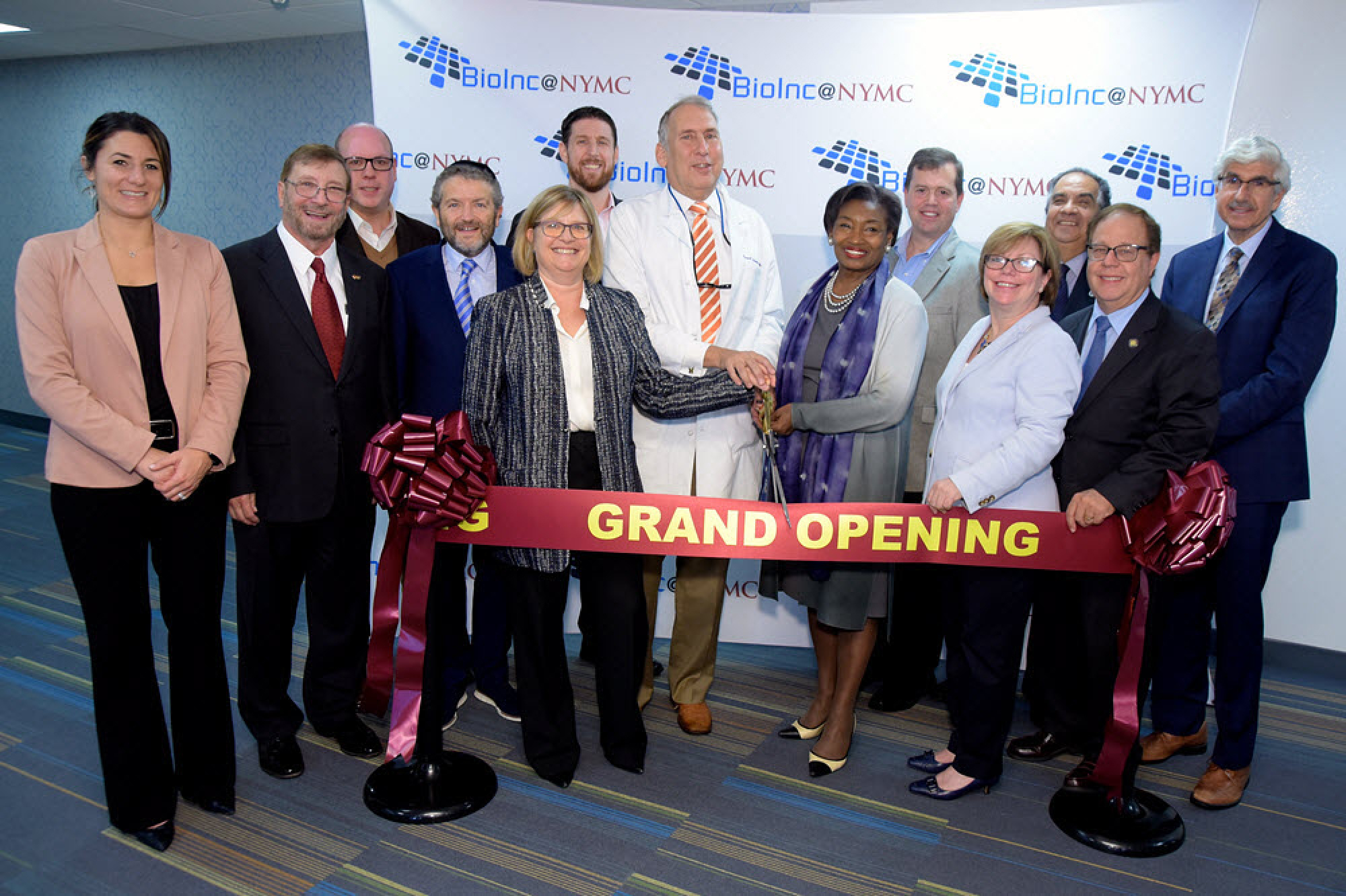
2019
Health Science Library Opens A New Reading Room
The newly spacious area, formerly occupied by journal stacks, is now a designated quiet study space, filled with students enjoying the high ceilings, natural light, ergonomic seating, adjustable height workstations, spacious desks and seating booths with electrical and USB outlets throughout. The classrooms in the HSL as well as the Mark A. Novitch, M.D. ‘58, Computer Lab, were also appointed with new furniture.
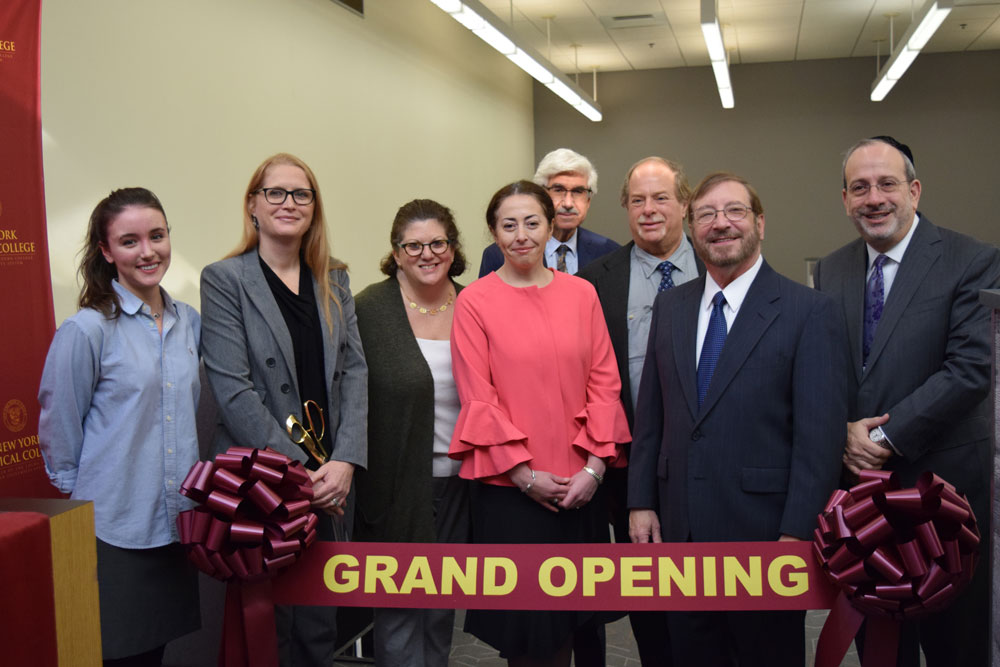
2020
NYMC and TCUS Host Coronavirus Event
A couple months prior to COVID-19 arriving in the U.S., medical leadership from New York Medical College (NYMC) and the Touro College & University System hosted an event, “Coronavirus: What We Know, What We Don’t Know, What You Need to Know,” to educate clinical health care professionals, health care administrators, public health professionals, elected officials, and the media about the novel coronavirus. This would be the first of many.
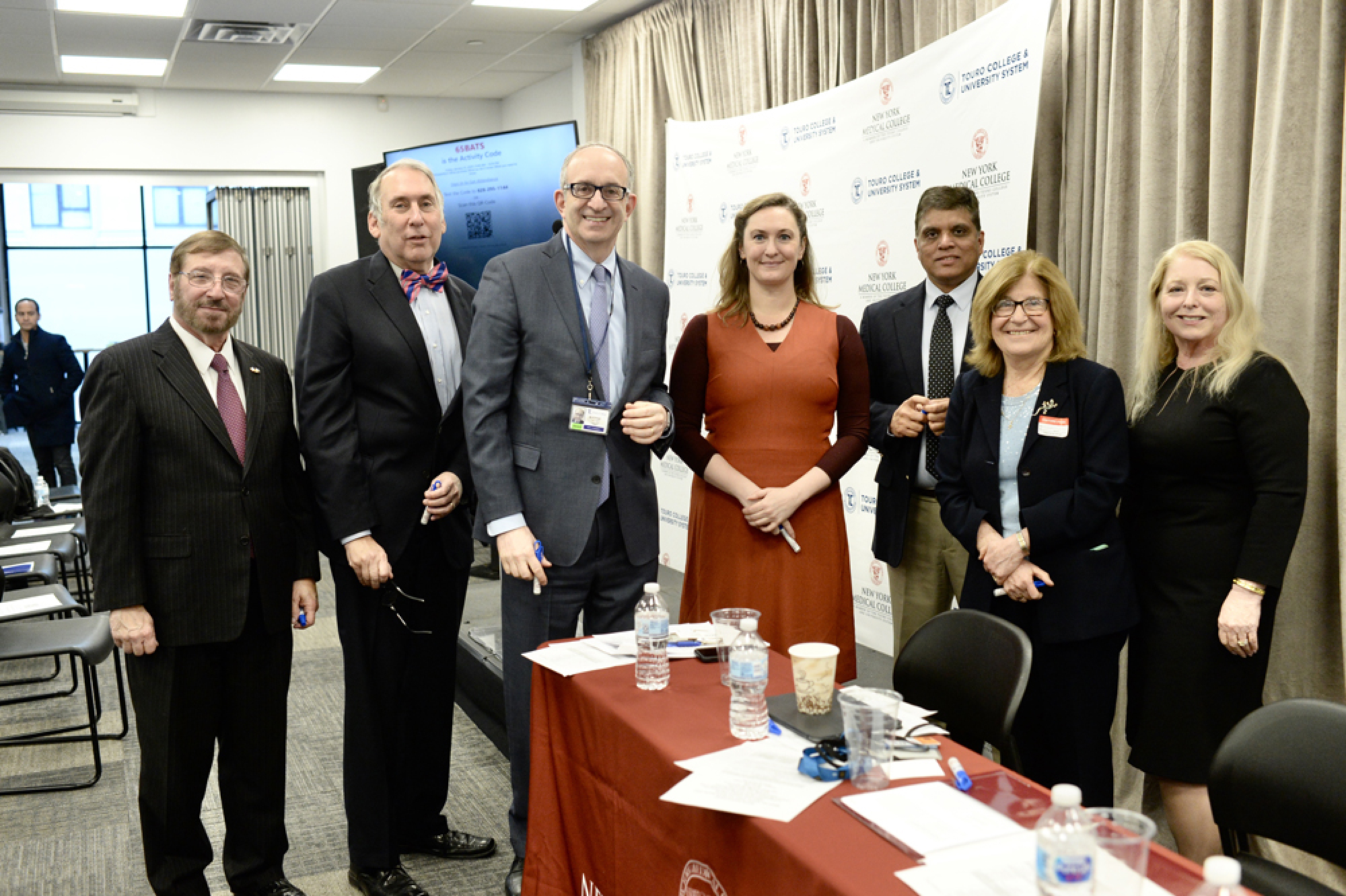
2020
Early Graduates Enter the Fight Against COVID-19
On April 8, a month ahead of schedule, more than 100 students from the School of Medicine (SOM) Class of 2020 graduated early, beginning their medical careers early to provide much needed medical support to the over-taxed hospitals facing the COVID-19 pandemic.
2020
NYMC - MIT Team Develop Alternate Form of Ventilation
The inexpensive alternative for ventilation, which automates the standard manual process of squeezing by hand an emergency resuscitator bag or Ambu bag, obtained FDA Emergency Use Authorization.
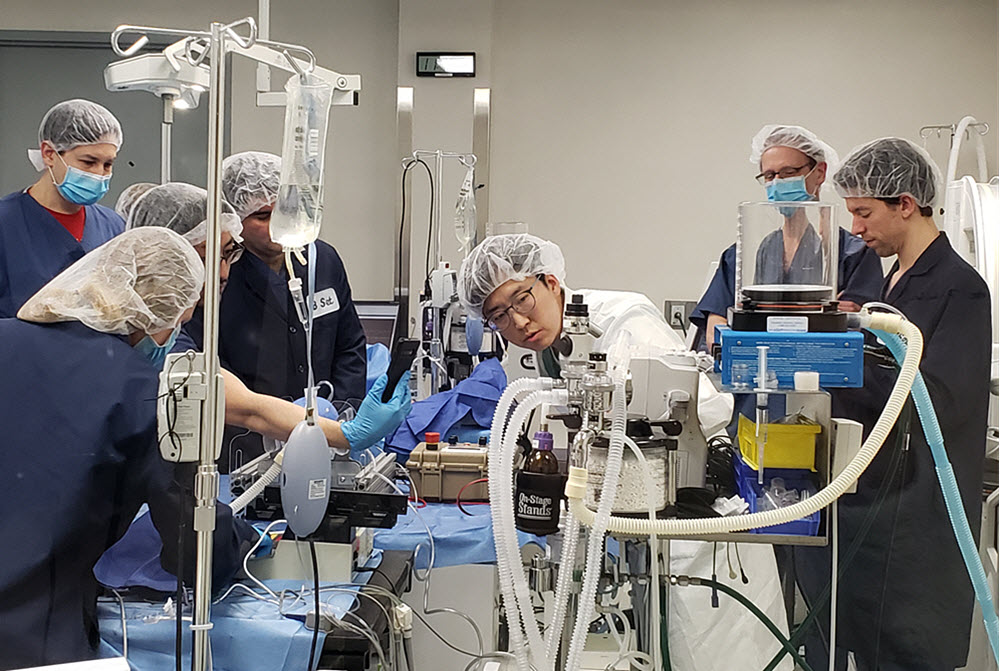
2020
NYMC Becomes Backdrop for COVID-19 State Press Briefings
On two occasions, the Center for Disaster Medicine at New York Medical College is the backdrop for New York State Governor Andrew M. Cuomo’s daily press briefing on the COVID-19 pandemic (May 11, 2020, and June 9, 2020).
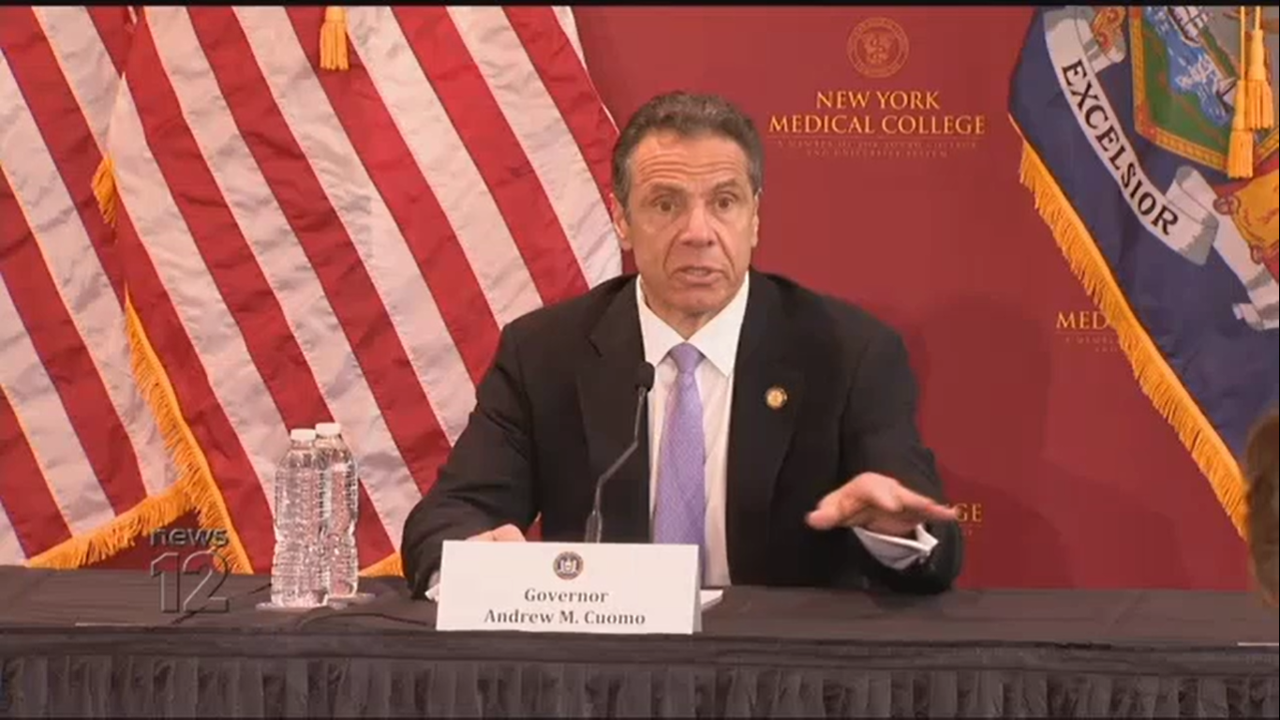
2020
New York Medical College Announces Breakthrough Patent
New York Medical College (NYMC) and Touro College and University System (TCUS) announce patent #10,709,883, issued by the United States Patent and Trademark Office for a revolutionary new bandage using Nano technology that releases antibiotics, antiseptics, and other pathogen killing ingredients from a series of nano cells on the bandage while almost instantaneously drawing out dead material and secretions from the wound, leaving the wound cleaner and drier.
2020
New Holographic Patent Combined With 5G Wi-Fi Announced
NYMC granted a new patent, #10,863,274, in holographic Wi-Fi transmission to be used in several areas of medical imaging, education and telemedicine, as well as commercial applications in industrial markets and the entertainment industry.
2021
NYMC published Pandemic Perspectives
As the novel coronavirus hit New York in early March of 2020, NYMC’s faculty physicians, scientists and health care professionals experts, shared their commentary on topics ranging from public health, vaccines, bioethics and religious values, politics and COVID-19’s impact on businesses and the economy. Pandemic Perspectives is a compilation of best-in-class editorials written by experts at NYMC who, amidst one of the most chaotic times in recent history, mastered the art of editorial writing to provide the public with accurate information and insight.
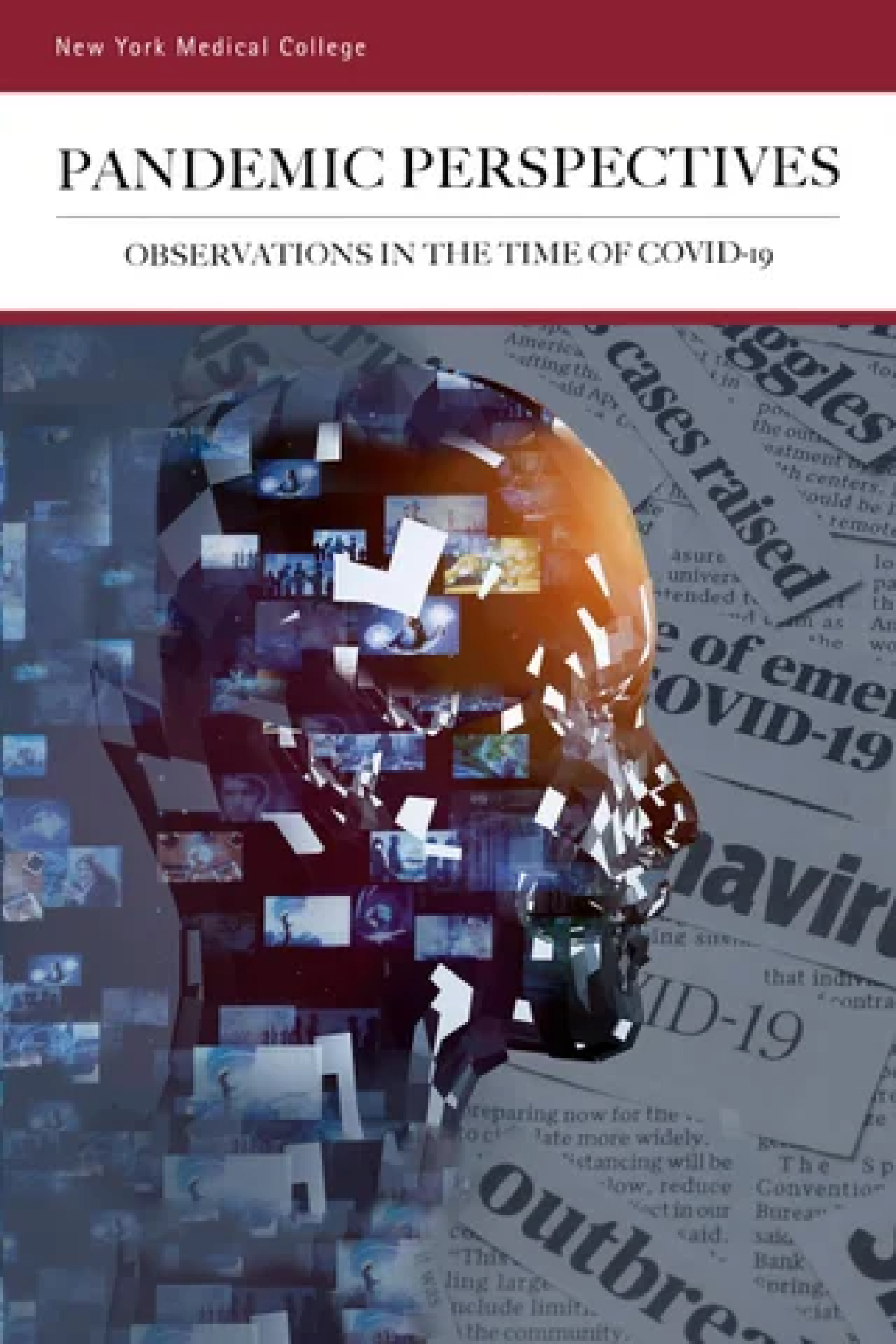
2022
Health Sciences Library Named
On May 23, 2022, the Health Sciences Library was officially renamed the Phillip Capozzi, M.D., Library, after a generous gift from Philip D. Capozzi, M.D. ’96.
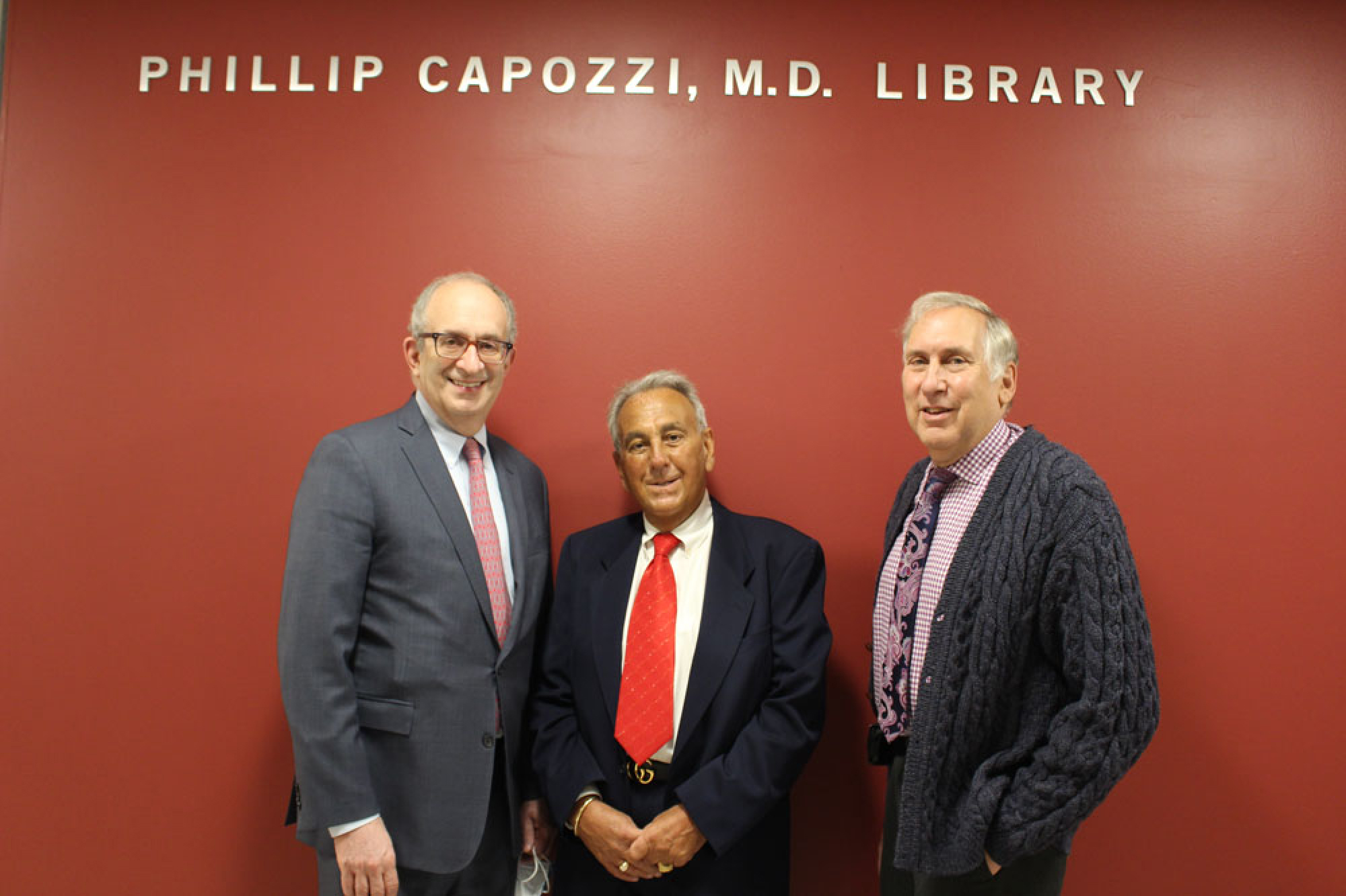
2022
Lovelace Affiliates with Touro/NYMC
On August 8, 2022, Lovelace Research Institute in Albuquerque, New Mexico, joins Touro University and New York Medical College (NYMC). Founded in 1947, Lovelace is one of the oldest not-for-profit biomedical research institutes in the U.S. noted for excellence in respiratory disease and neuroscience research, toxicology, drug development experience, as well as chemical, biological, and nuclear research.
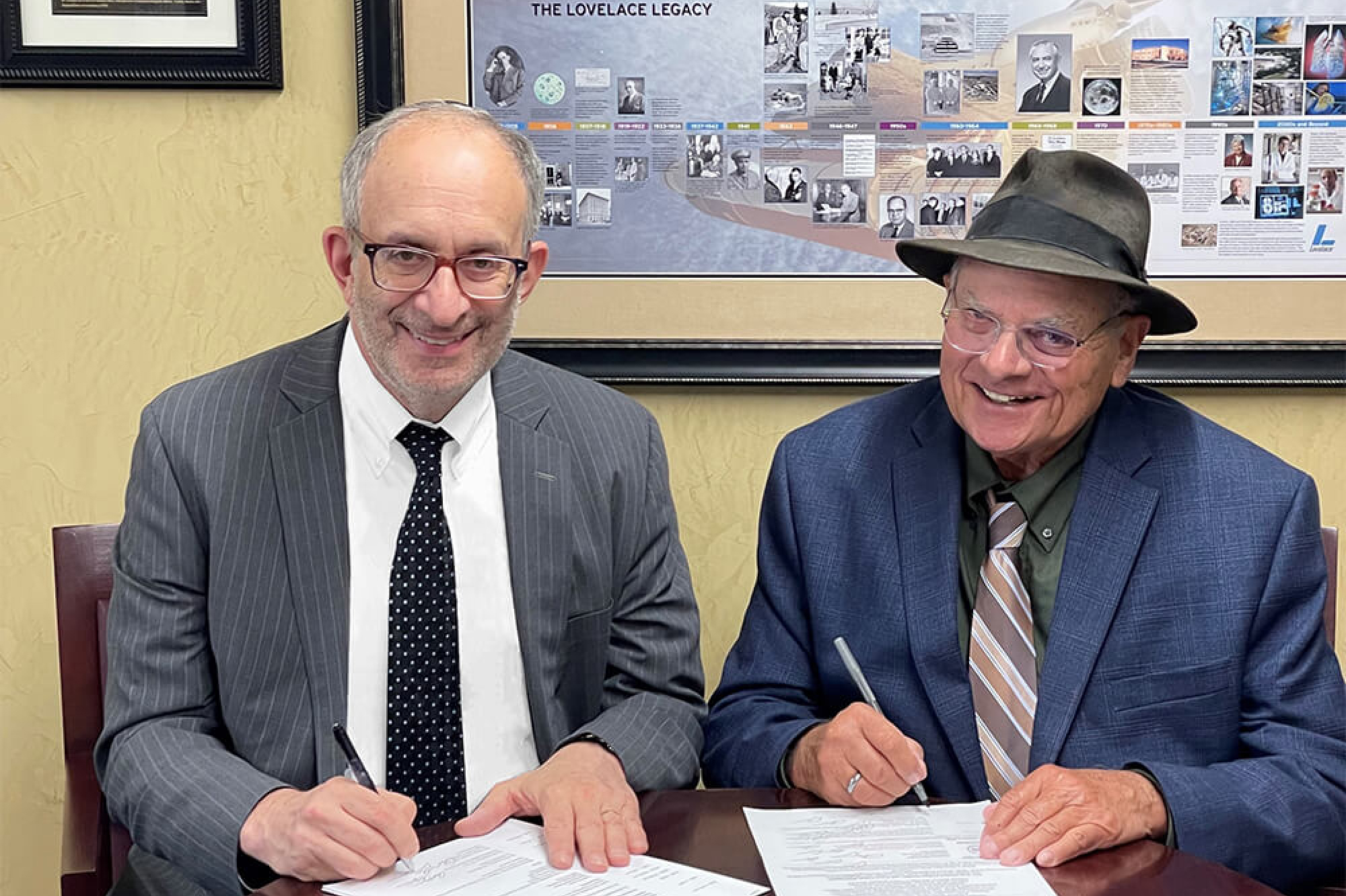
2022
Touro Granted University Status
Touro College in New York State has been granted university status by the New York State Board of Regents. This comes as Touro celebrates its 50th anniversary and begins rolling out a new brand for all institutions in the Touro University System starting in December of that year.
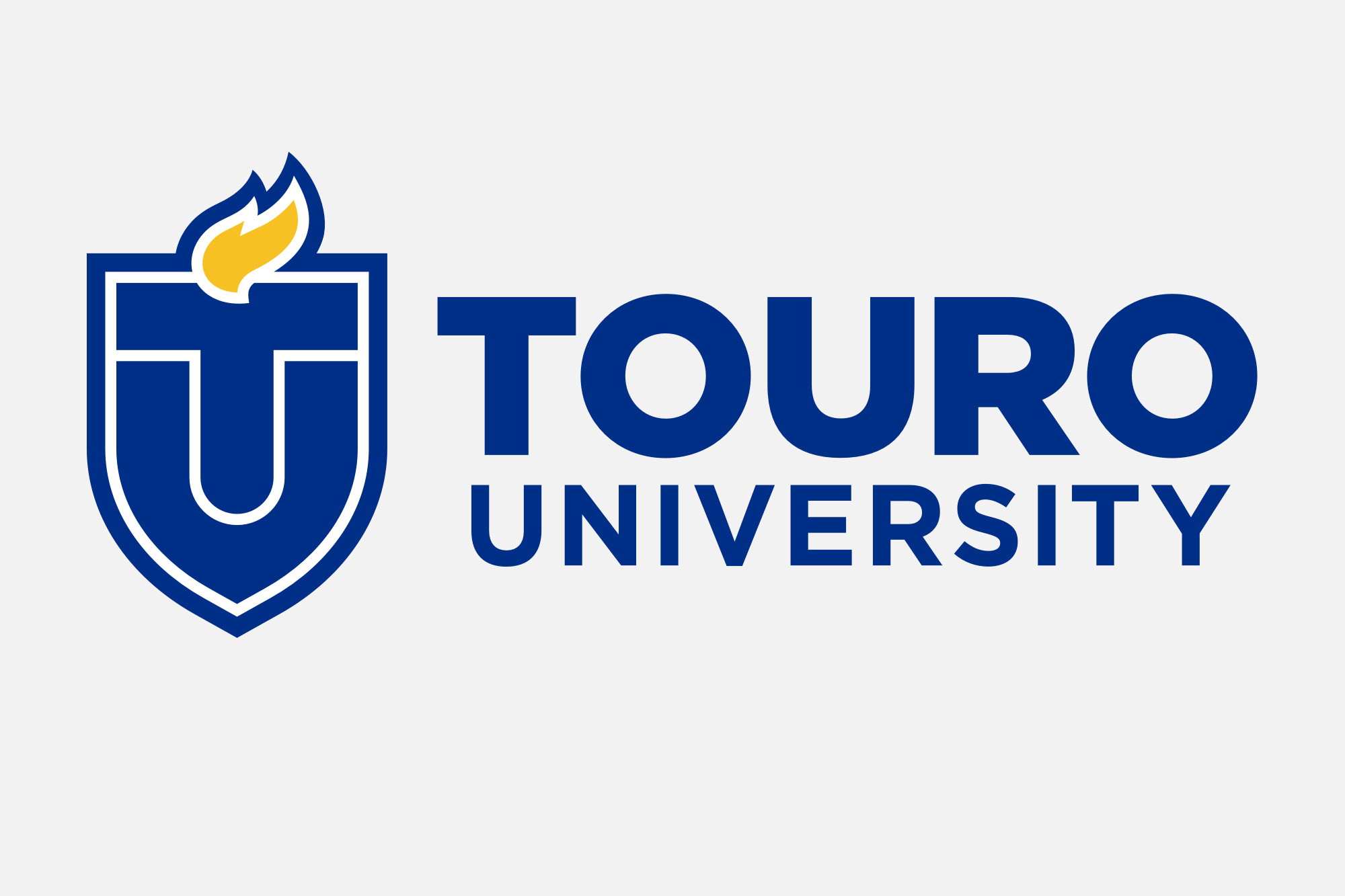
2022
GSBMS Name Change
At the start of the 2022-2023 academic year, the Graduate School of Basic Medical Sciences became the Graduate School of Biomedical Sciences in a name change approved by the College’s Board of Trustees.
2023
Women in STEM
The Women’s Institute for Science Entrepreneurship (WISE) at New York Medical College (NYMC) was created to support women innovators in cultivating new scientific concepts and launching new businesses to make an impact in their communities and the world. It was established with an $825,000 award sponsored by U.S. Senator from NY Kirsten Gillibrand and appropriated by the U.S. Department of Commerce, and the National Institute of Standards and Technology’s Scientific and Technical Research Services.
2023
Laboratory Renovations in the Basic Sciences Building Are Completed
Renovations transform the lab into a more innovative and collaborative space. Upgrades include tables designed to withstand vibrations, a shared enclave of protective fume hoods, enhanced lighting, and modular furniture to design custom layouts, specifically tailored to each lab’s investigations, as well as an open floor plan to help facilitate collaboration among researchers.
2025
MEC Plaza renamed following scholarship endowment
In the spring of 2025, the Medical Education Center Plaza was officially named The Norman E. Alexander Family M Foundation Medical Education Center Plaza following the foundation’s $3 million endowment to fund scholarships for medical students pursuing internal medicine. The gift, in honor of the late Norman E. Alexander, a distinguished businessman, philanthropist and former president of the NYMC Board of Trustees, was dedicated by Mark Alexander, M.D. '77, an NYMC alumnus and president of the foundation.

2025
Expansion of CDM
The NYMC campus got an upgrade with the expansion of the Center for Disaster Medicine, which included a state-of-the-art simulation center and two new classrooms, doubling the training capacity and allowing multiple programs to run simultaneously—an investment in the future of disaster preparedness.
